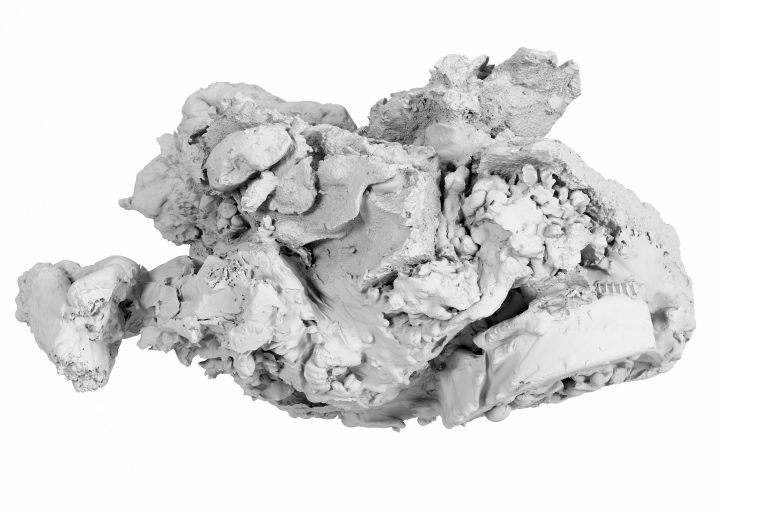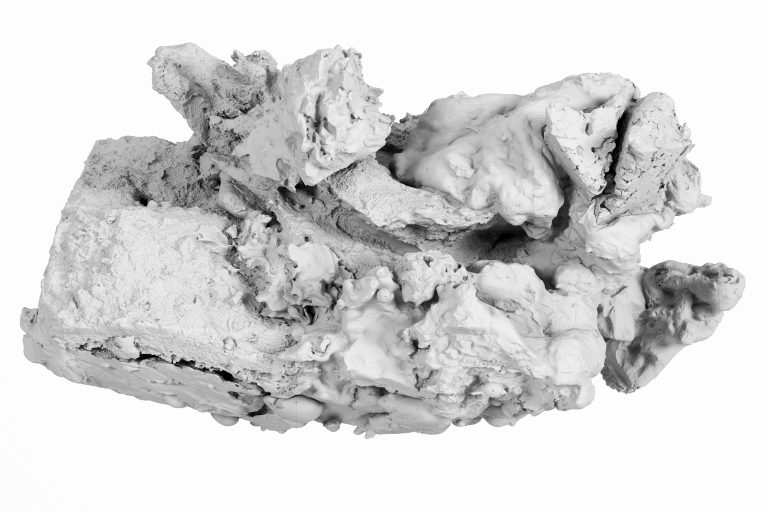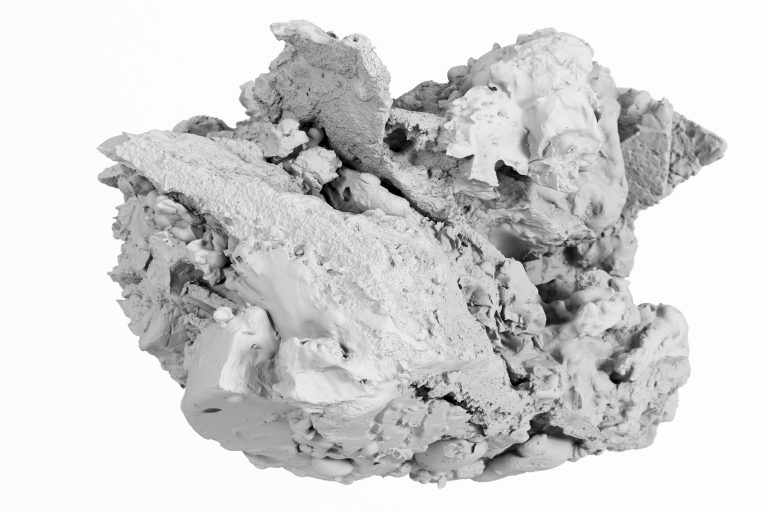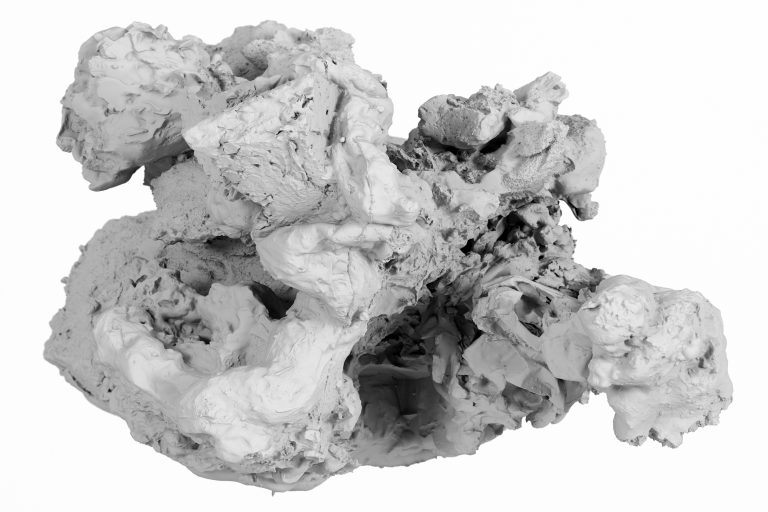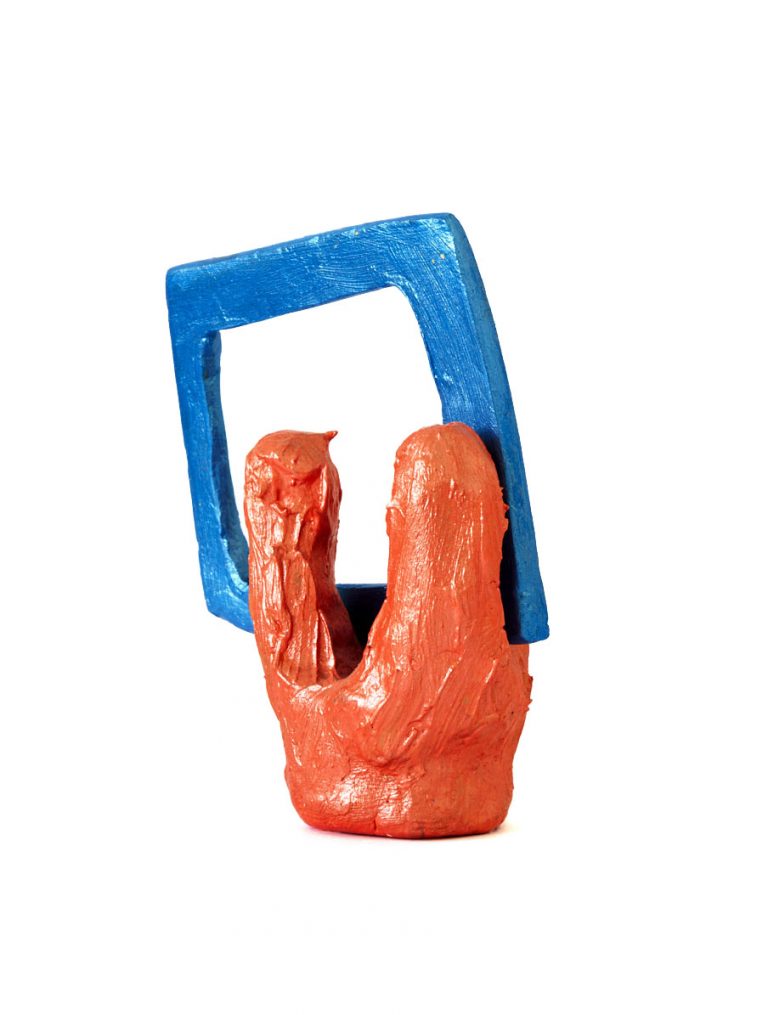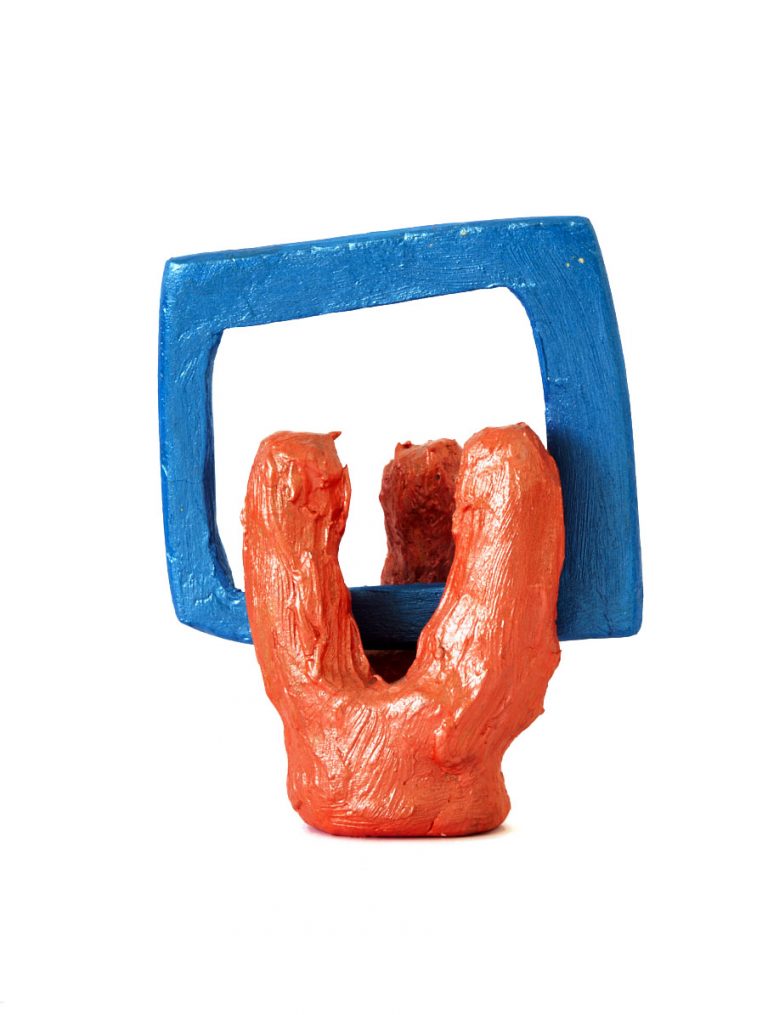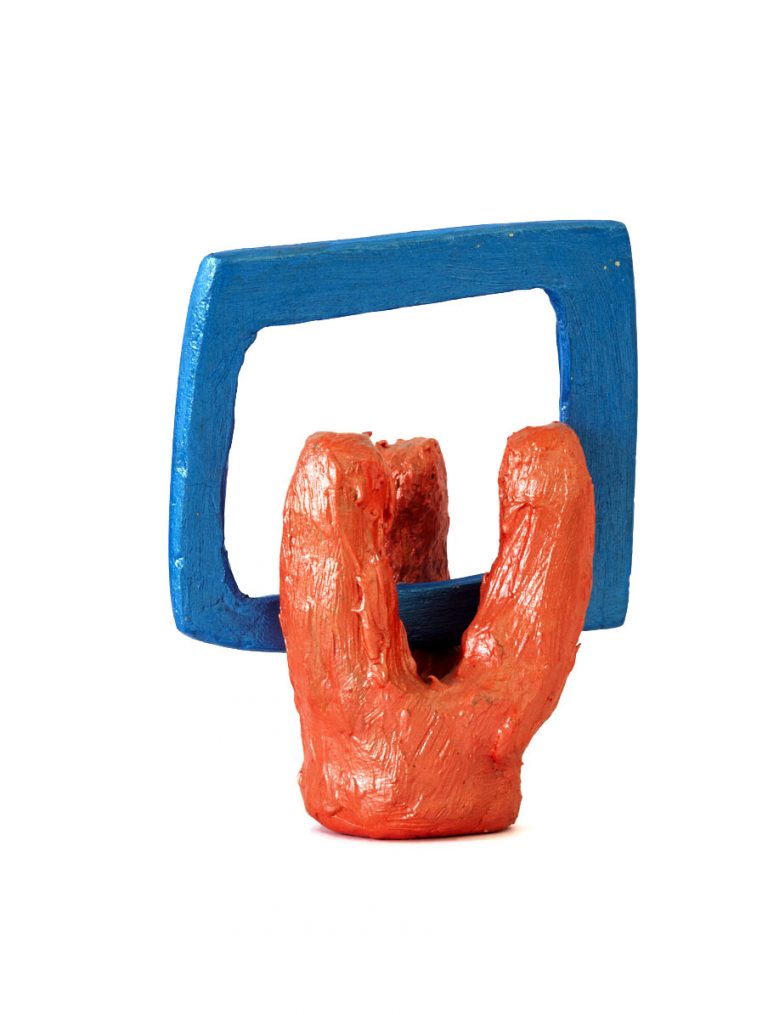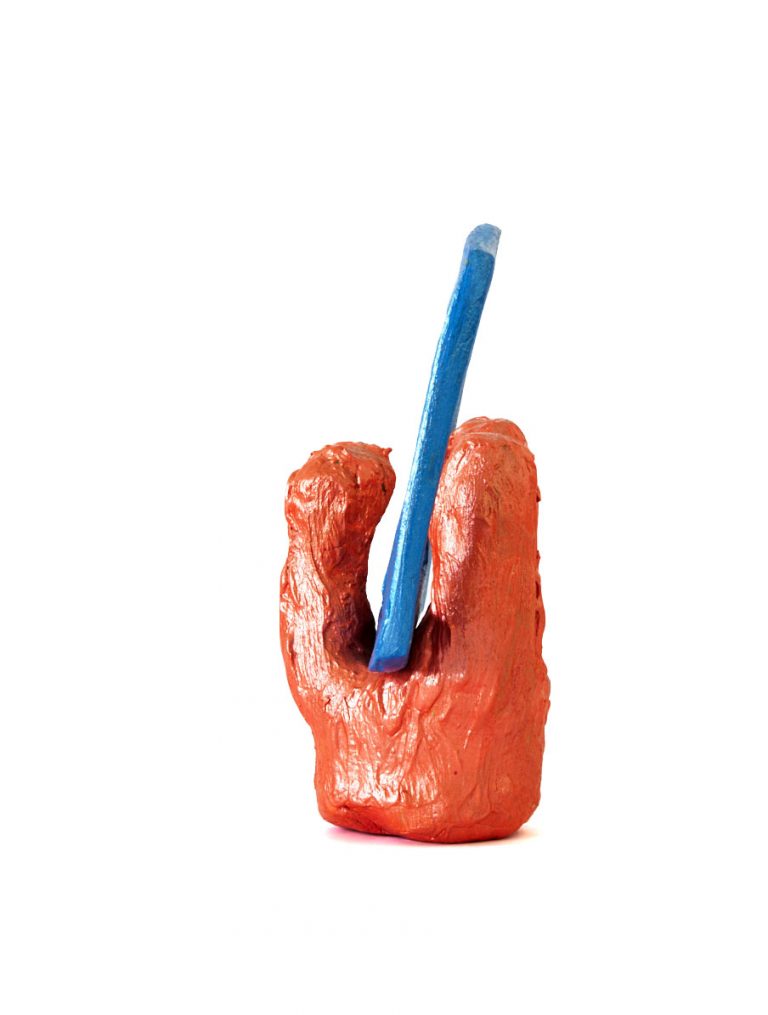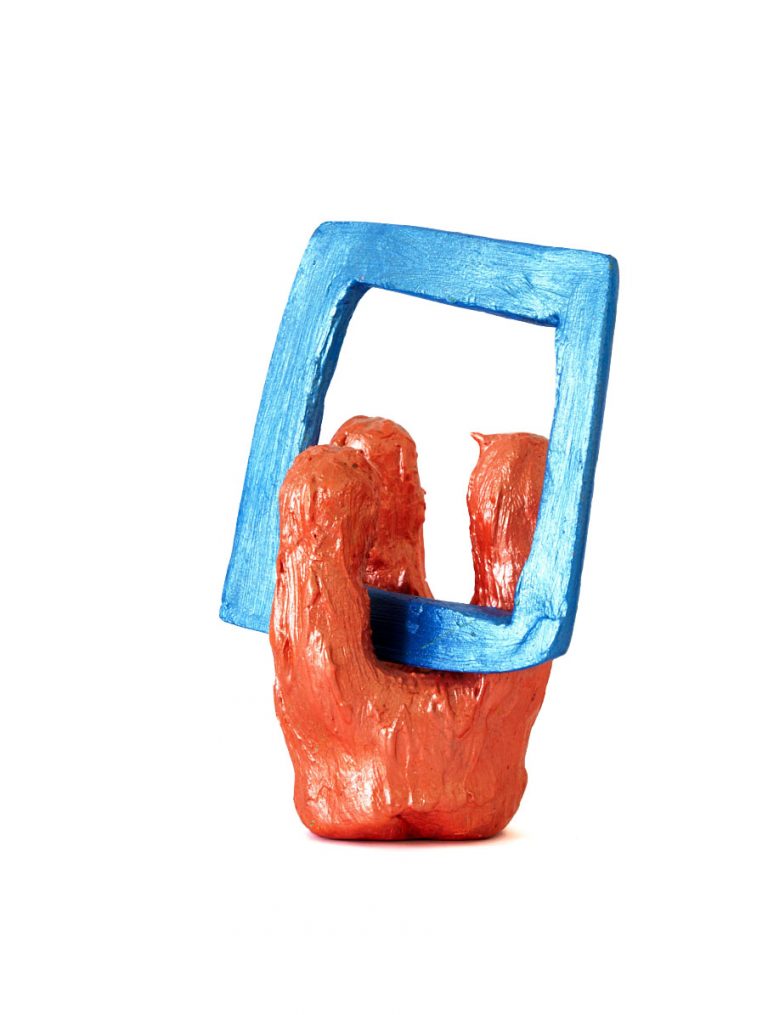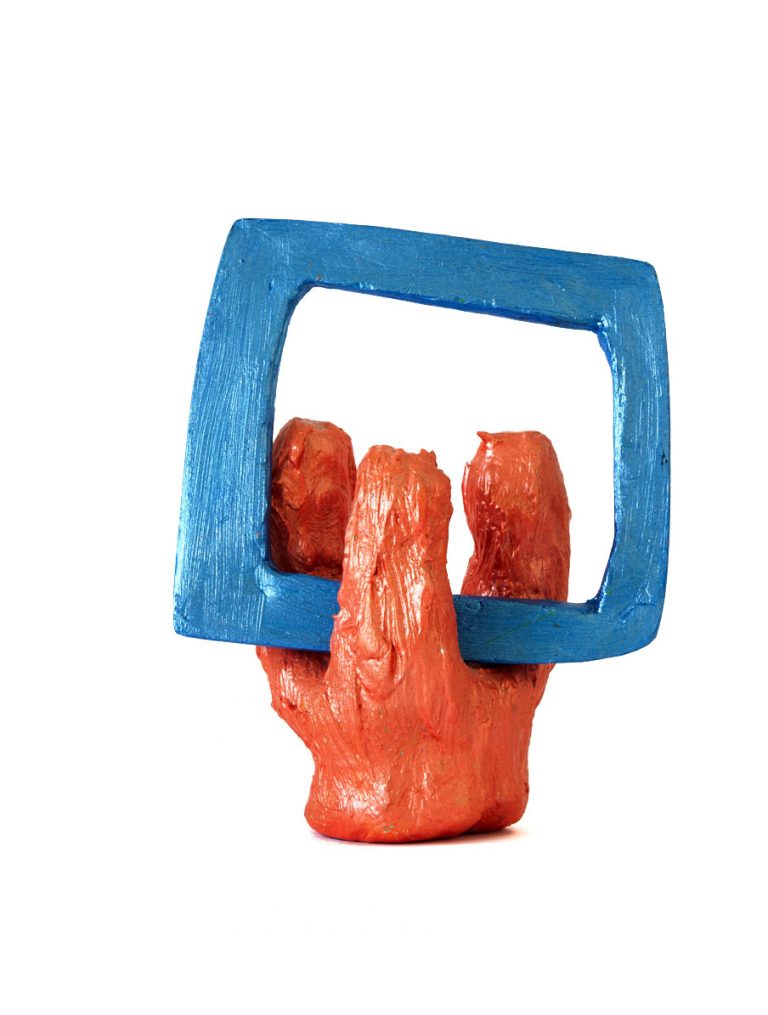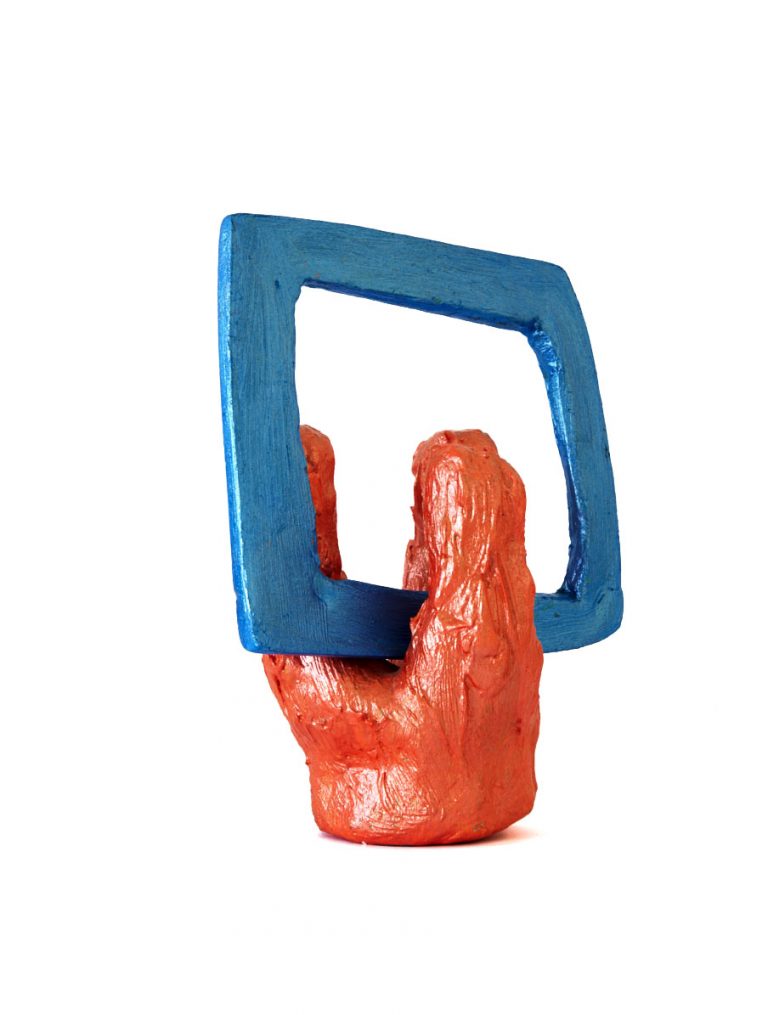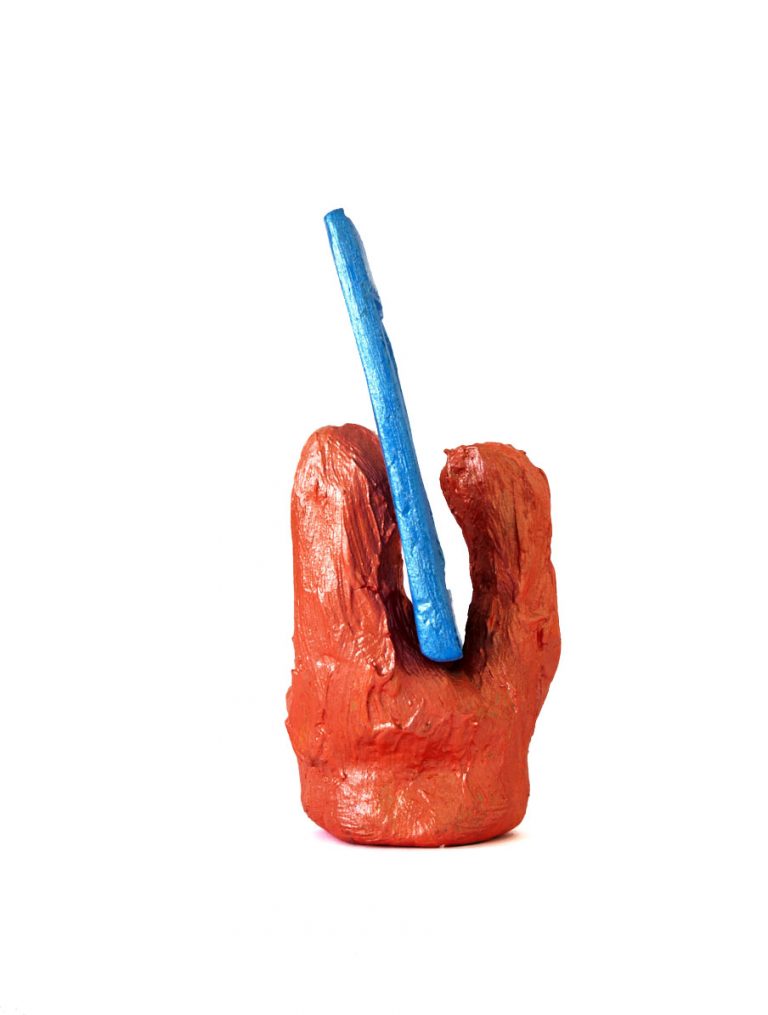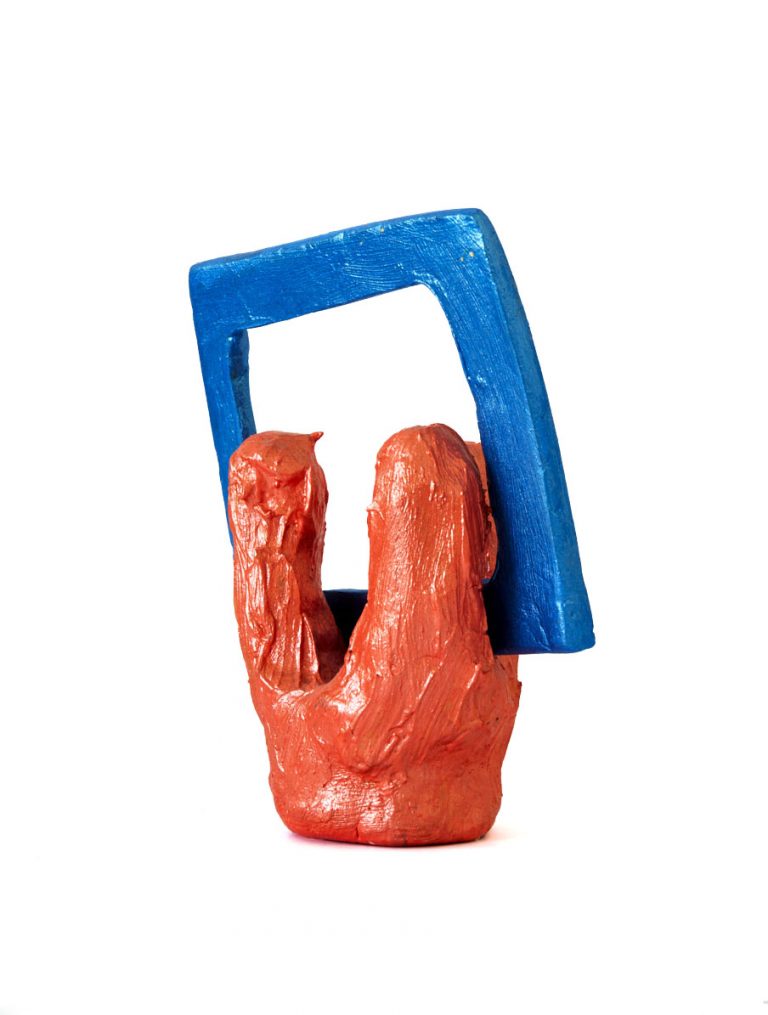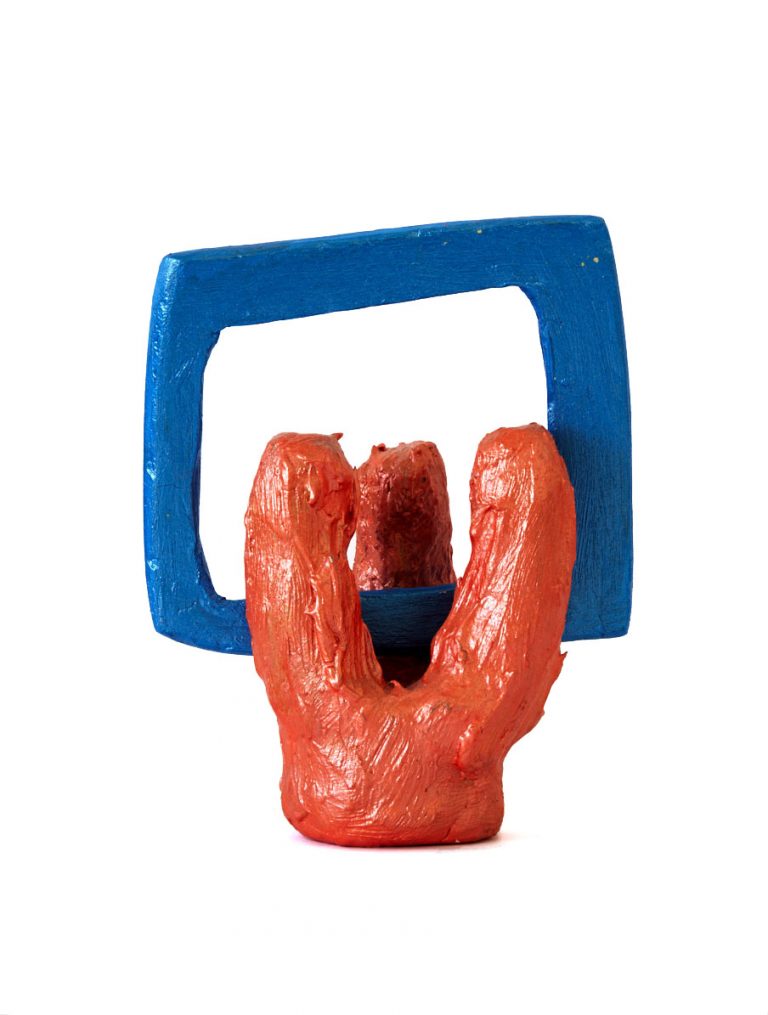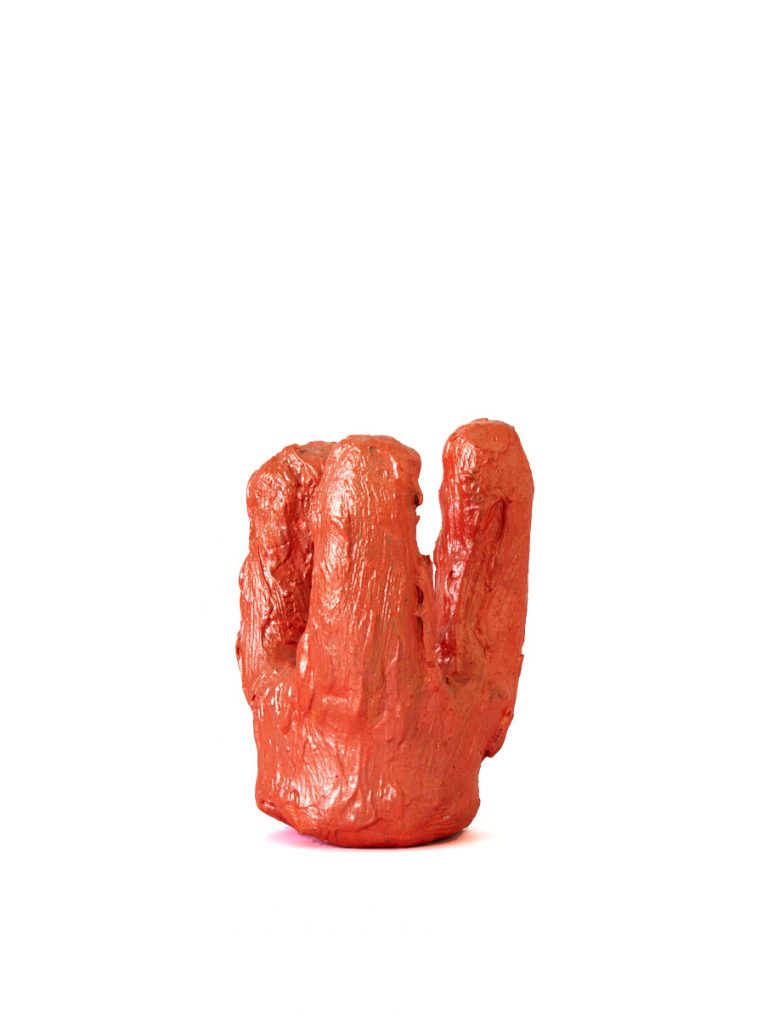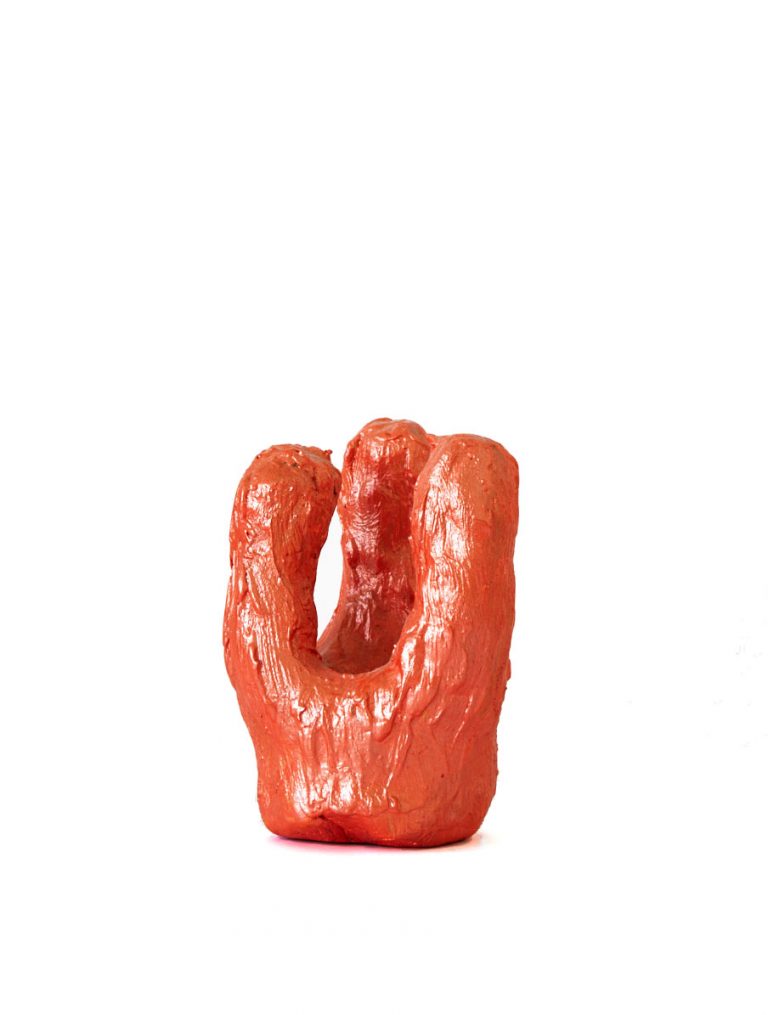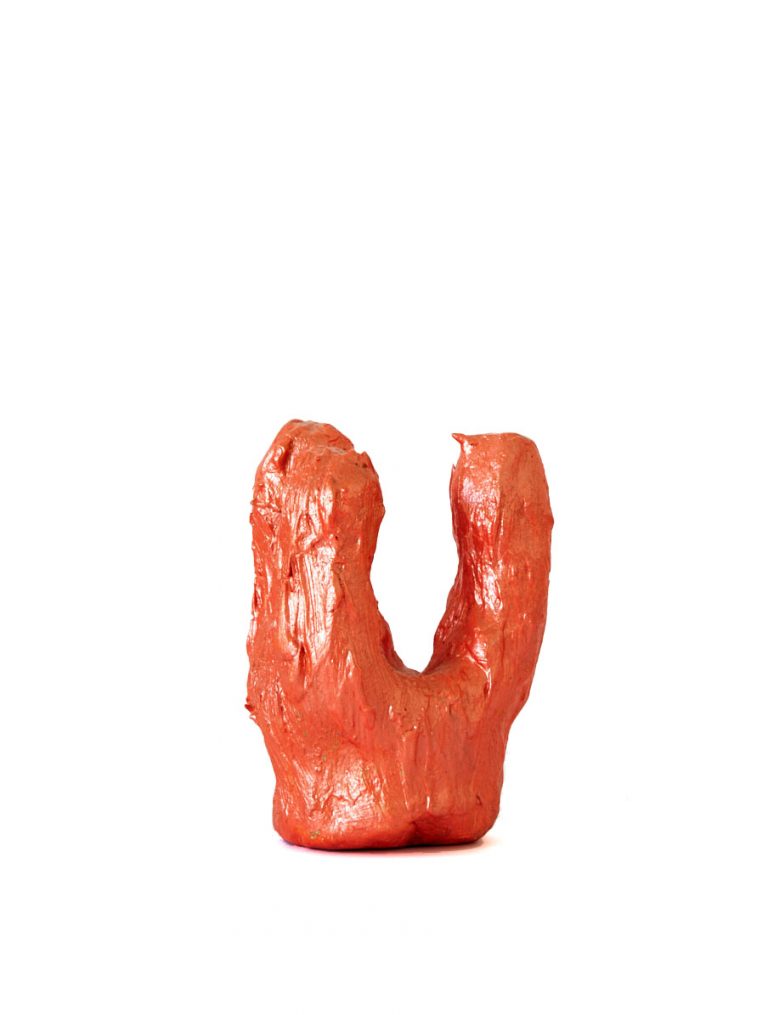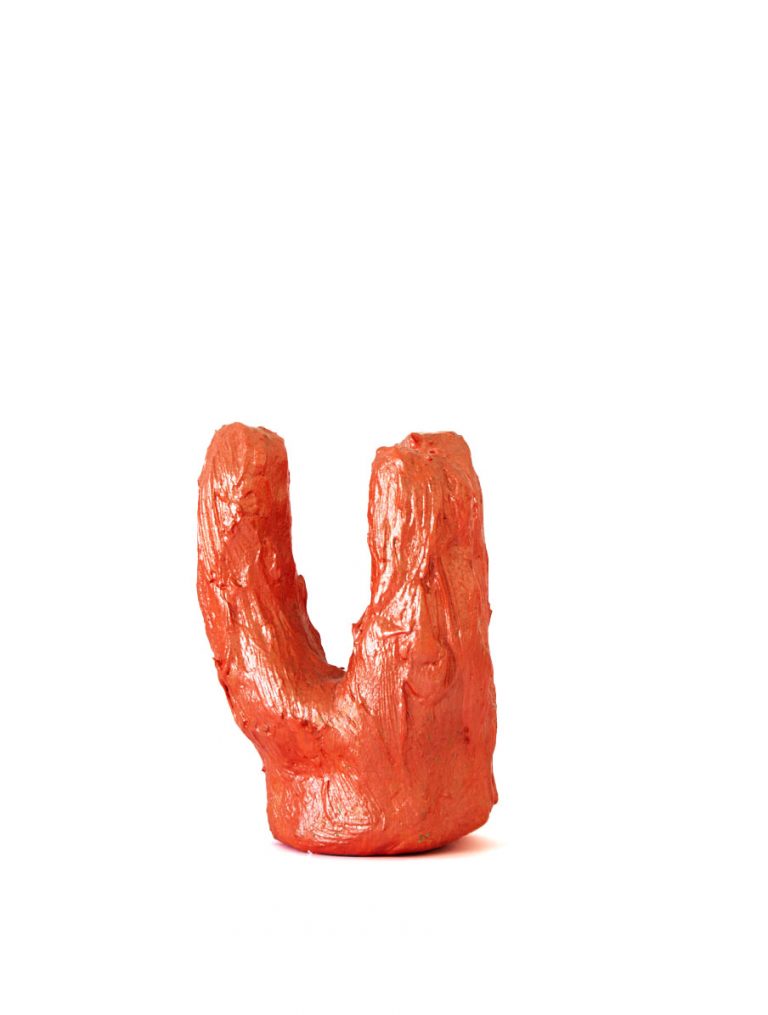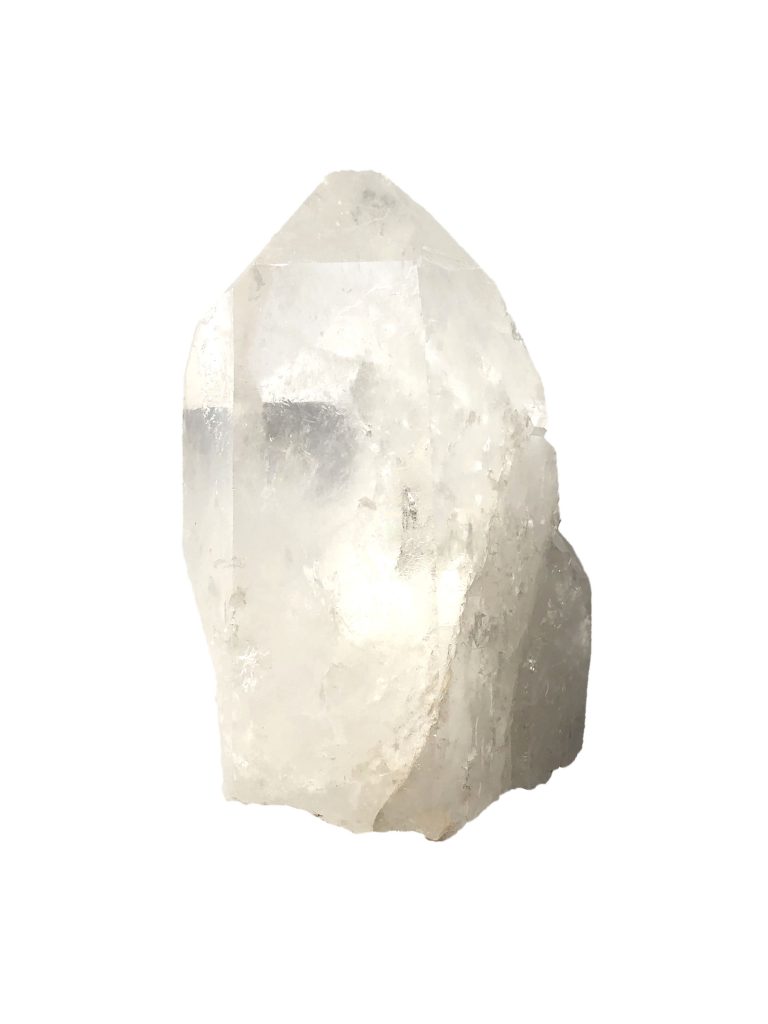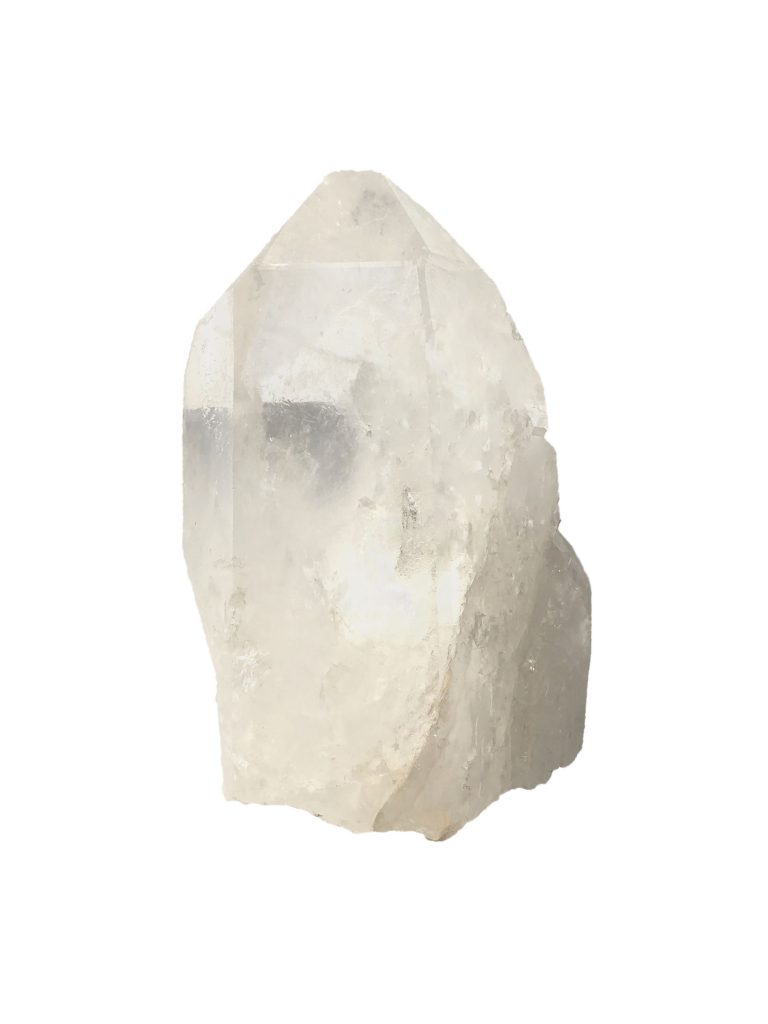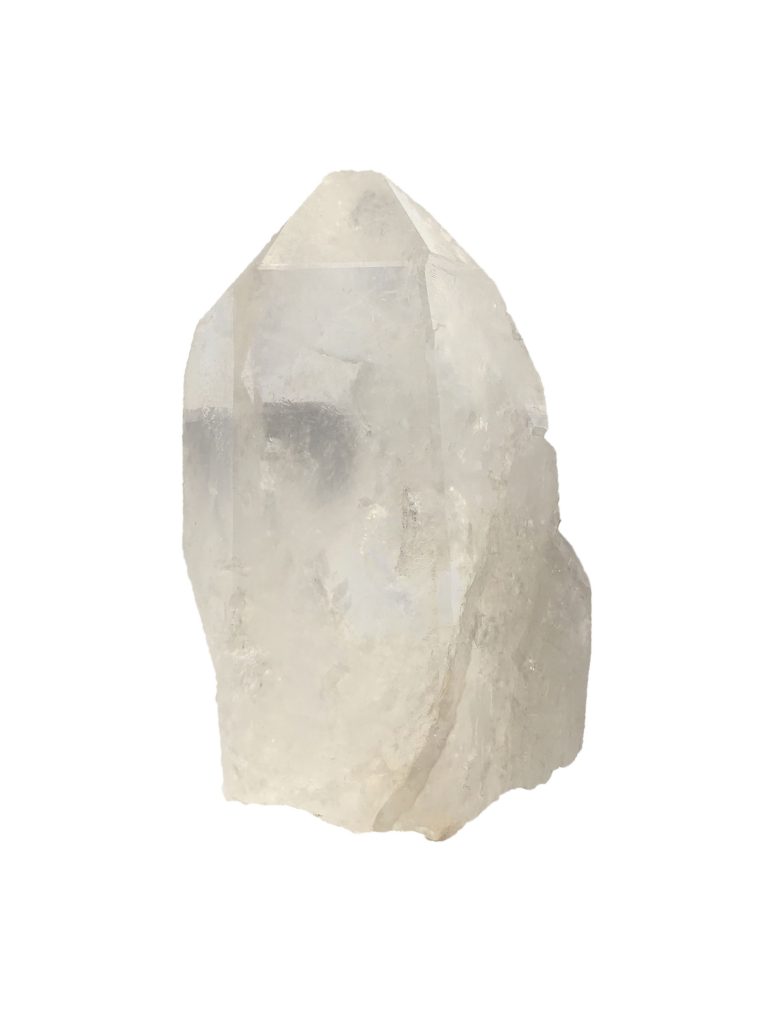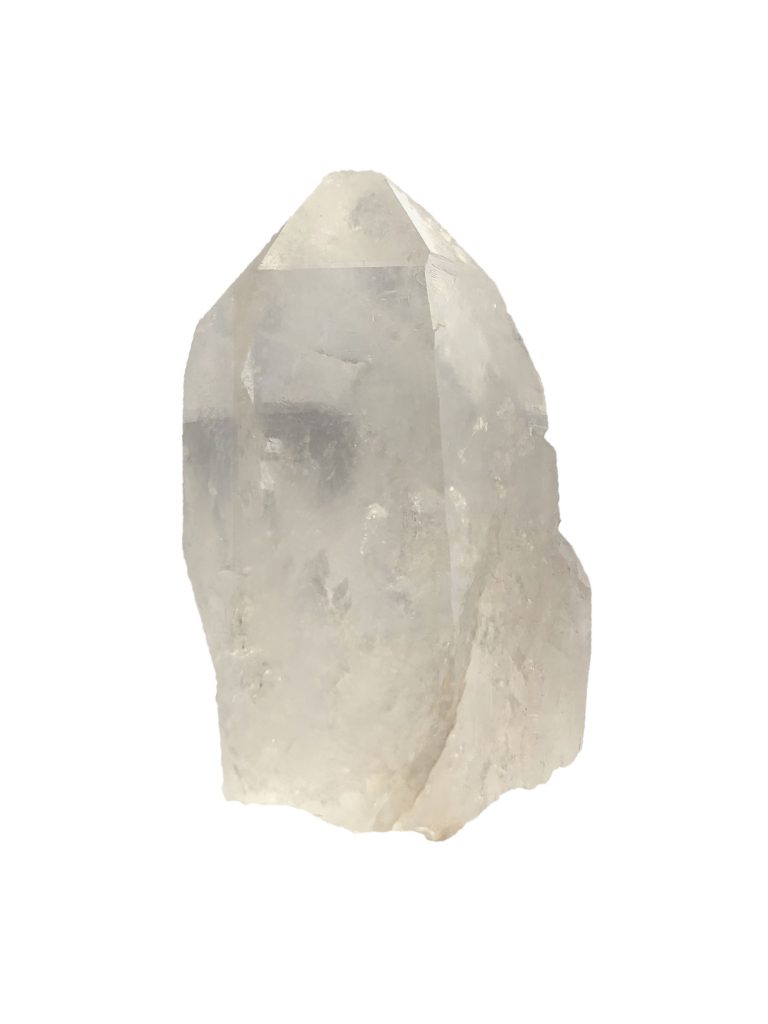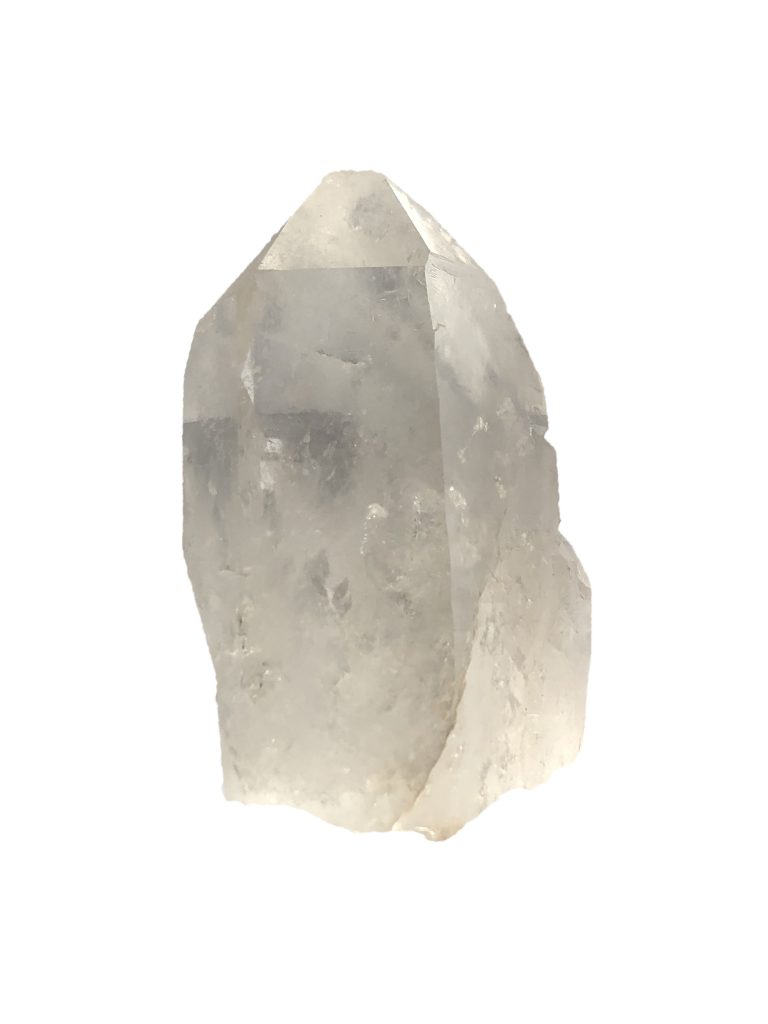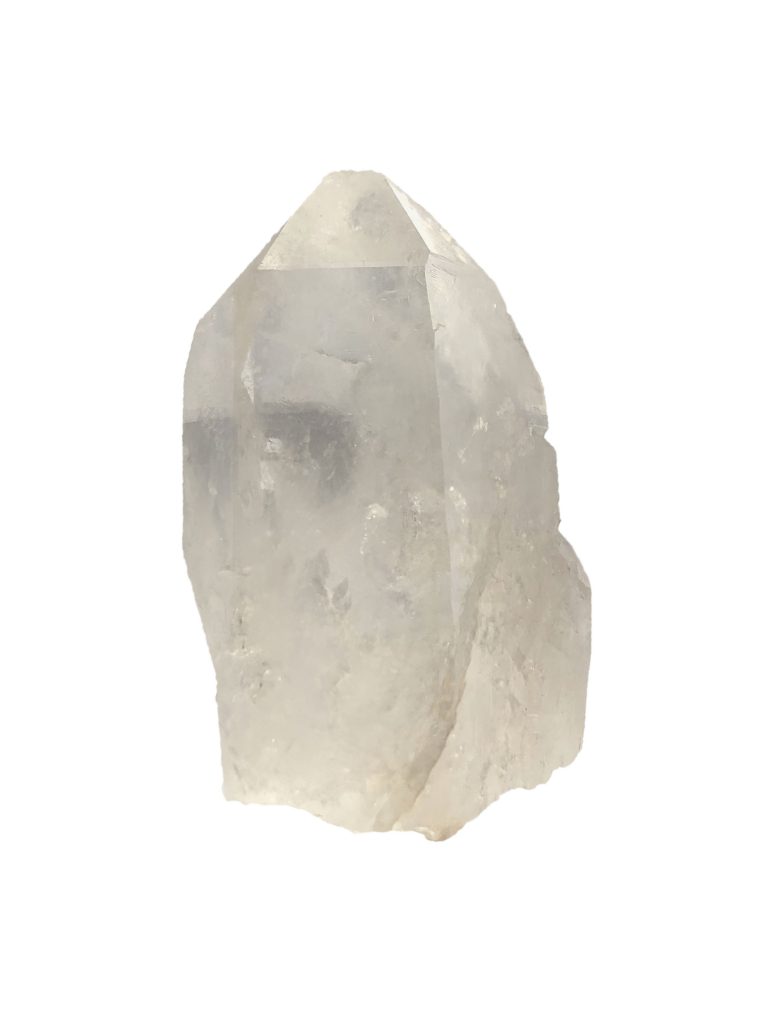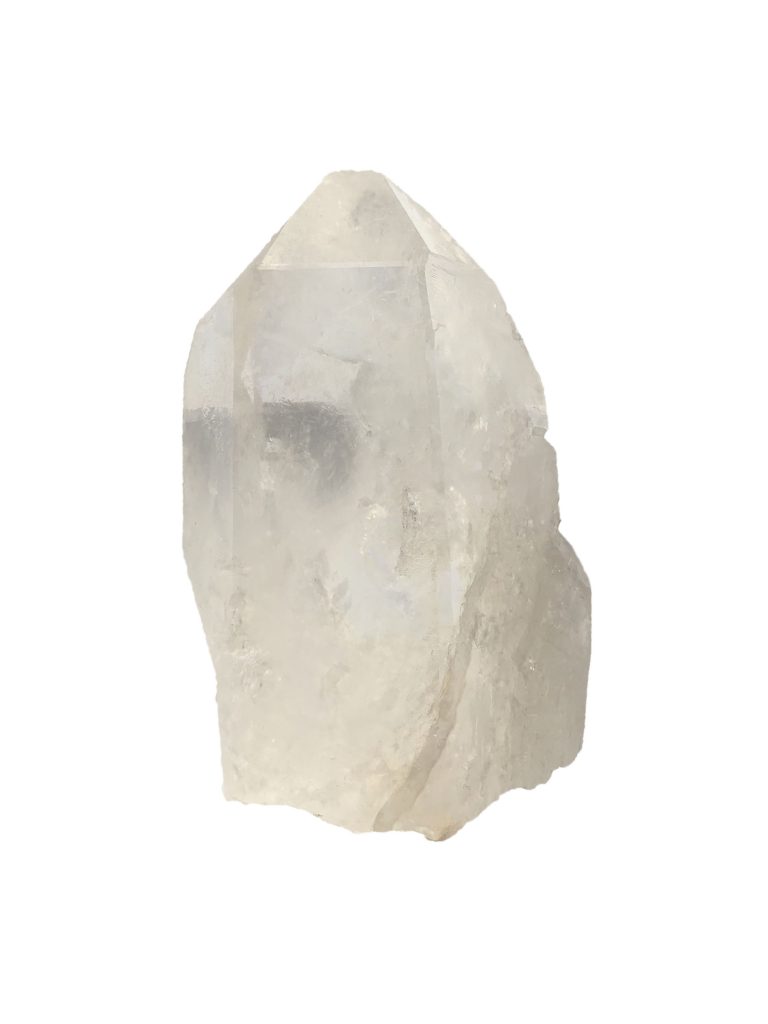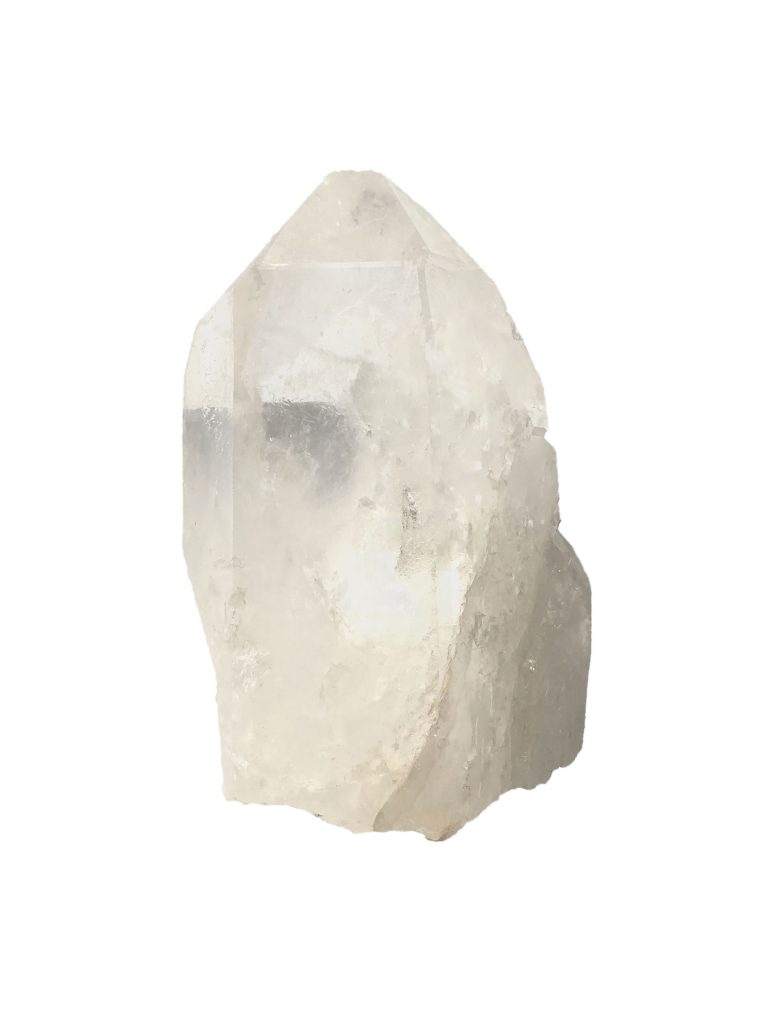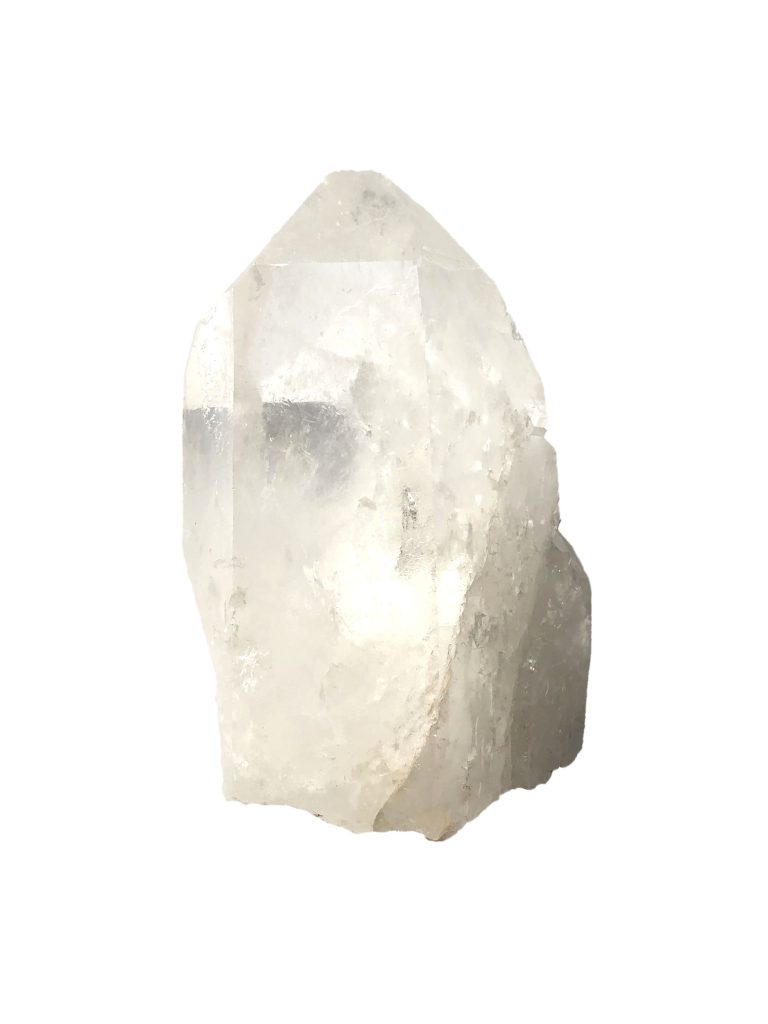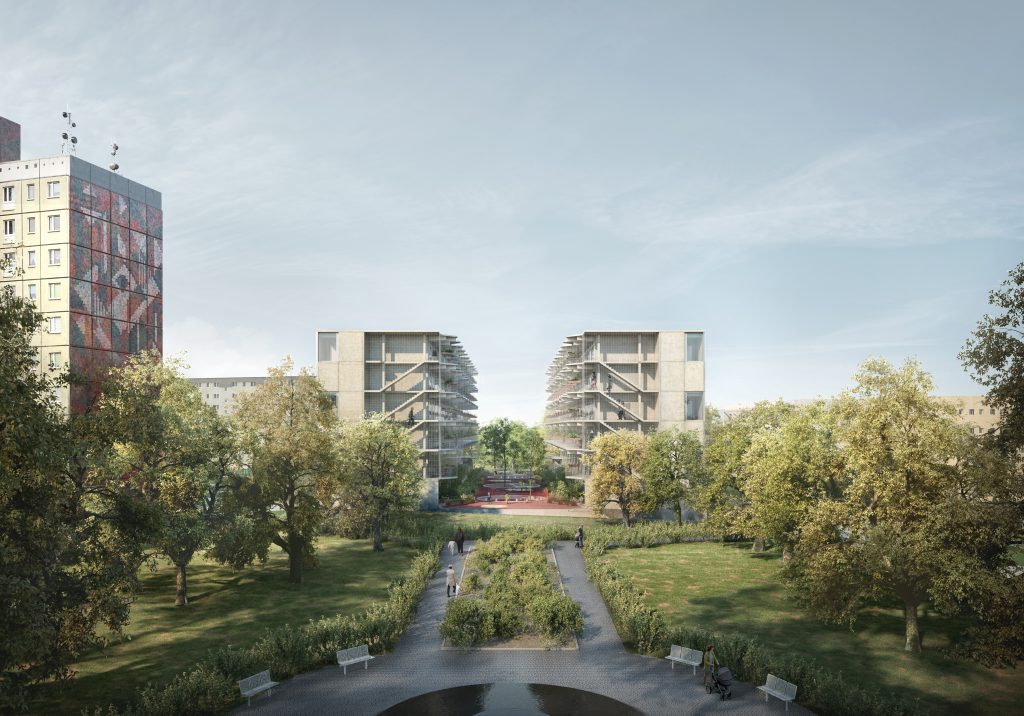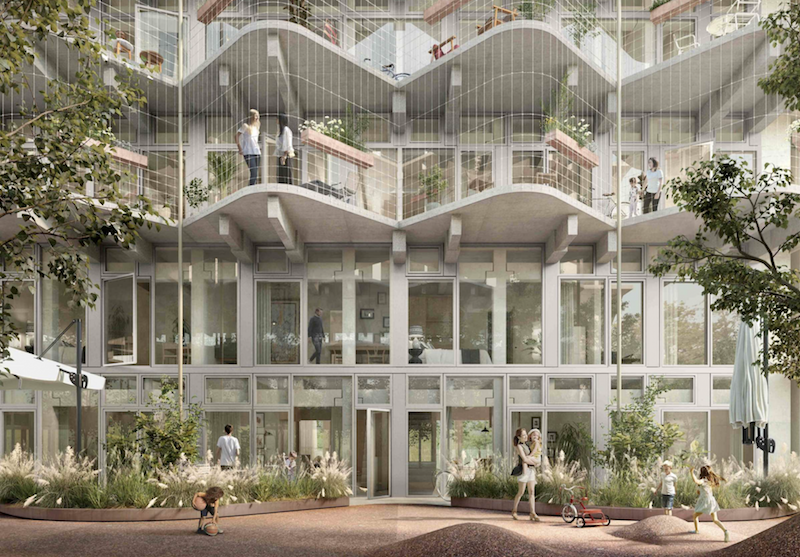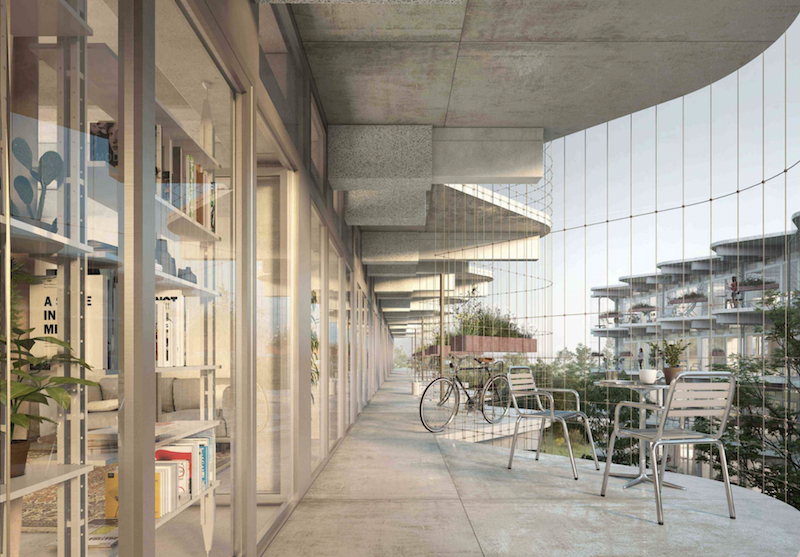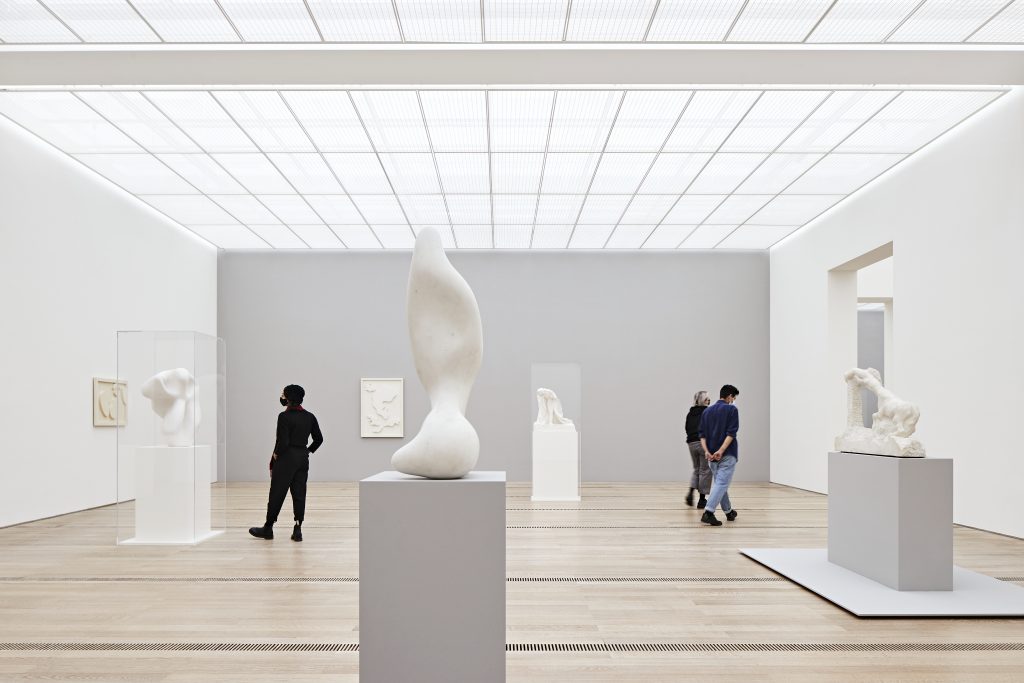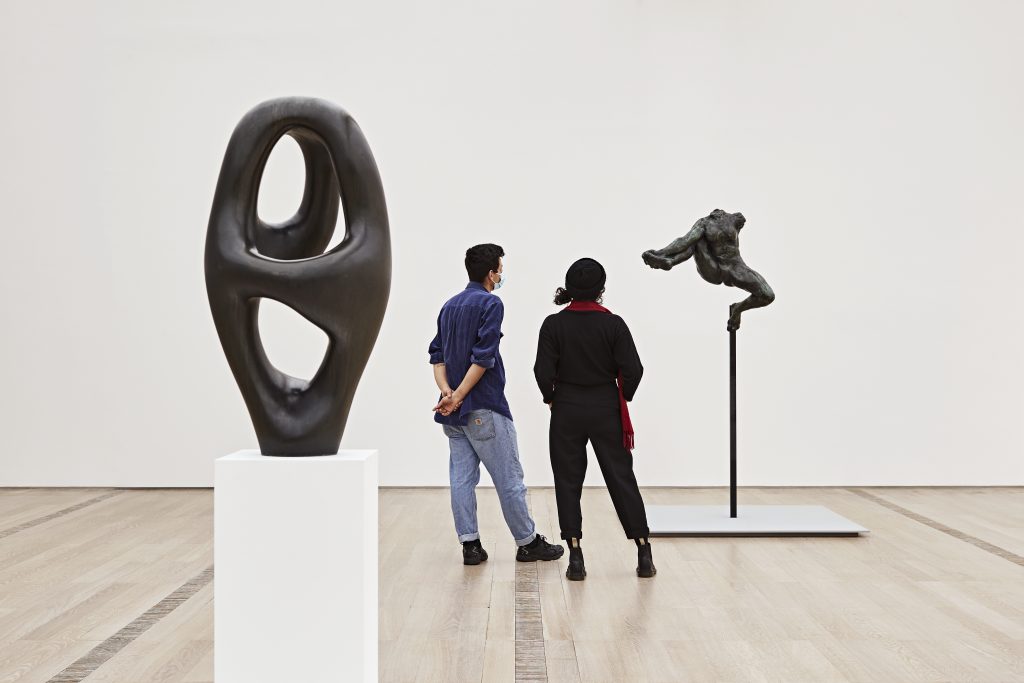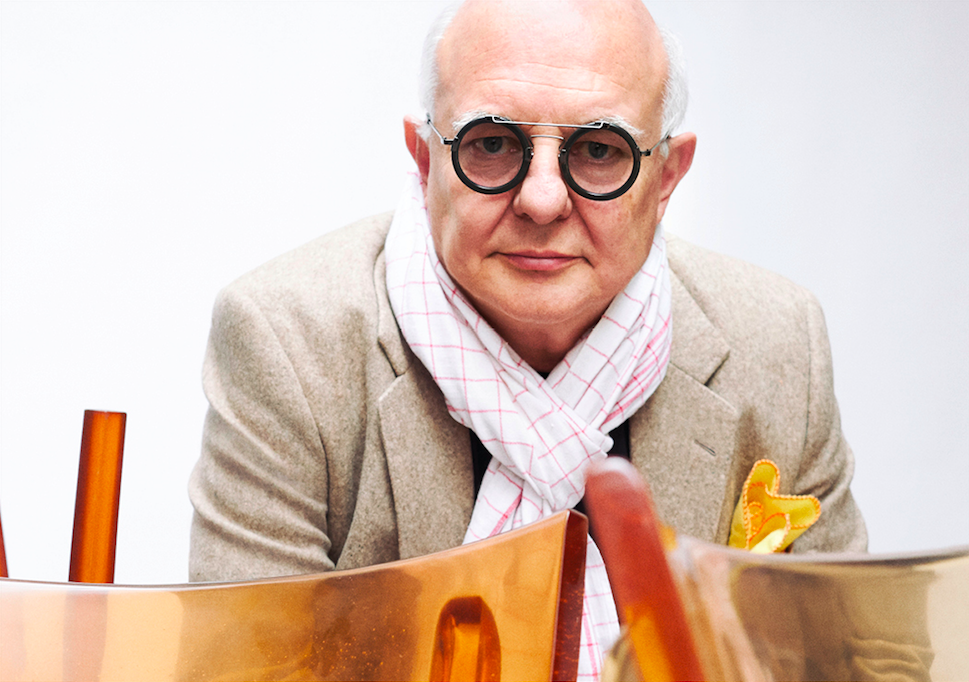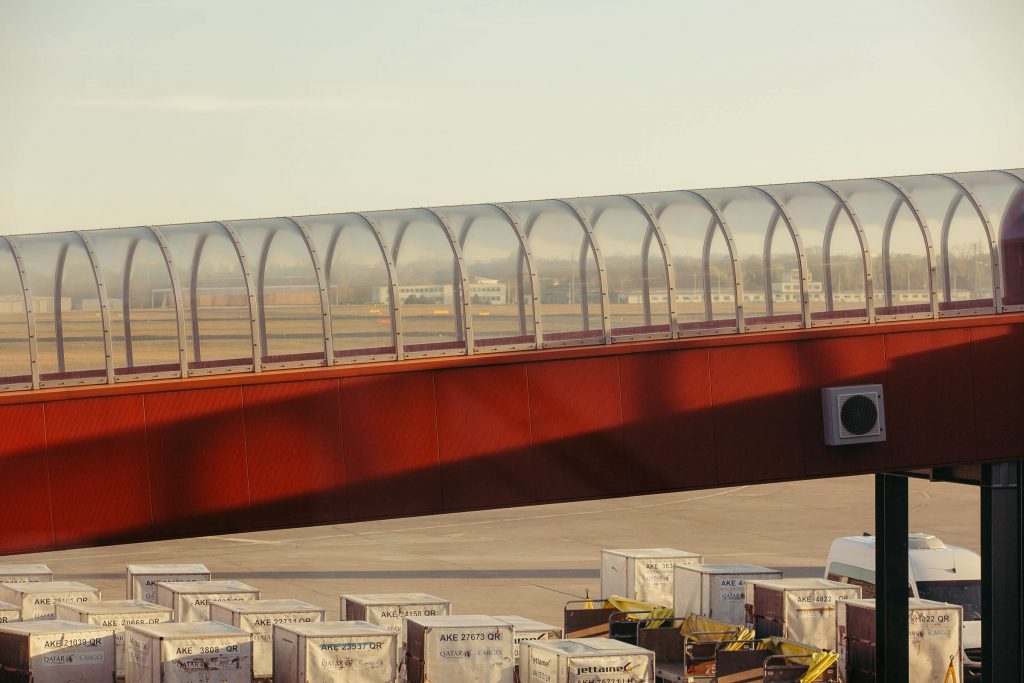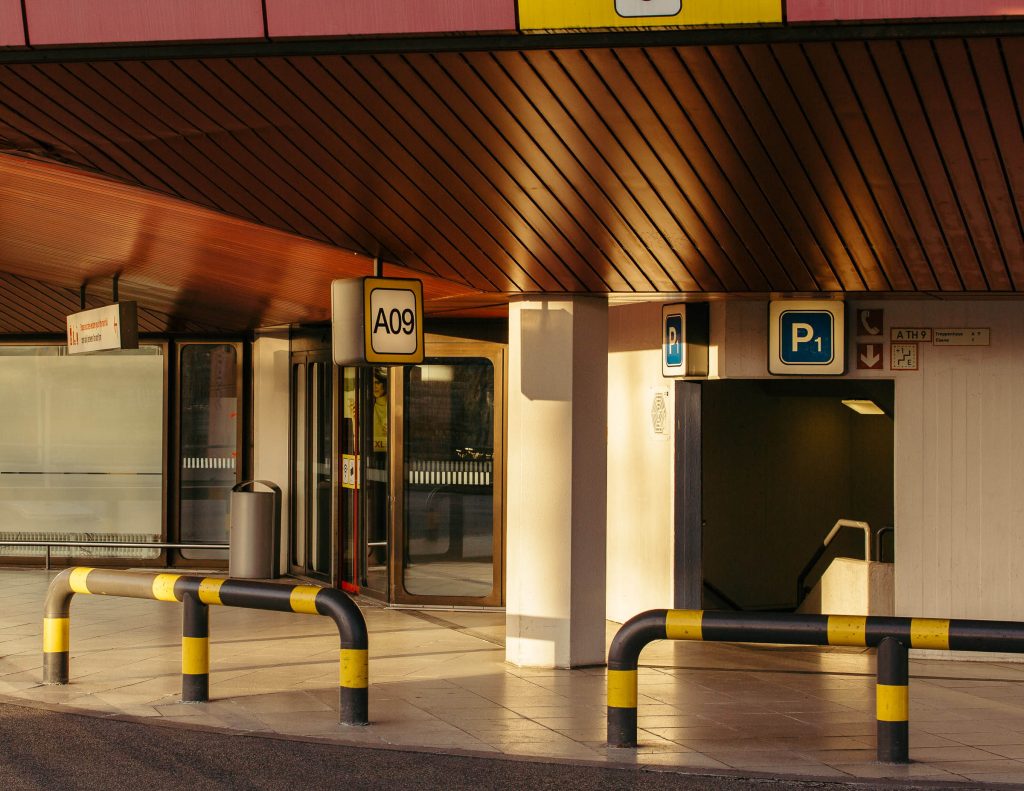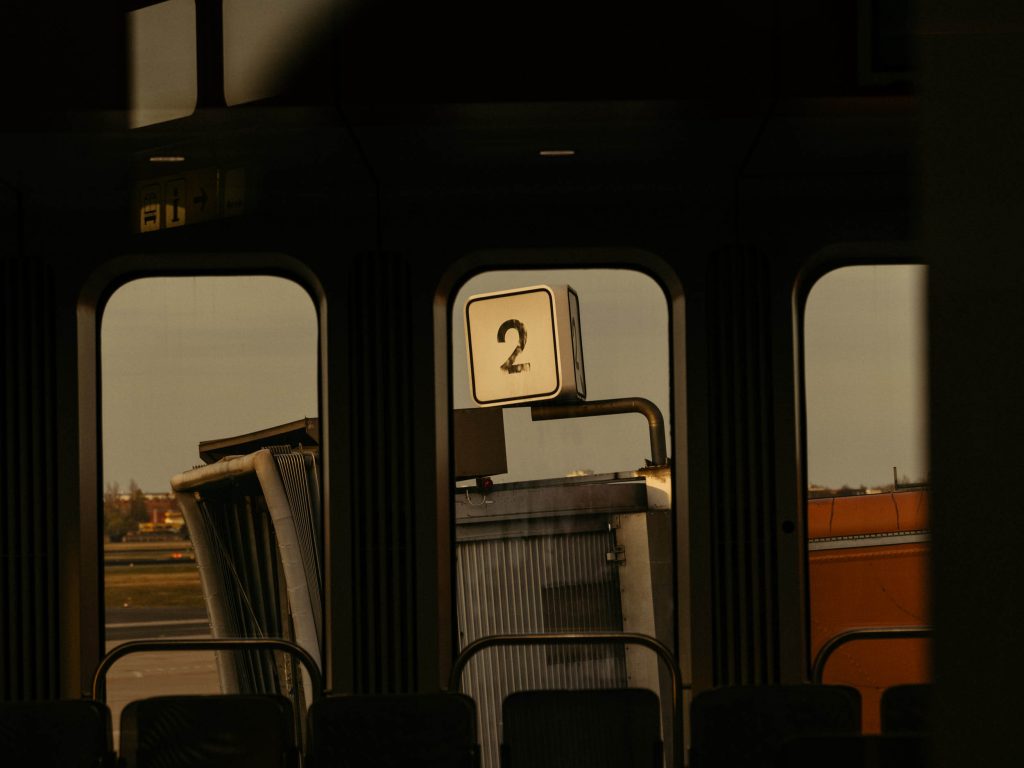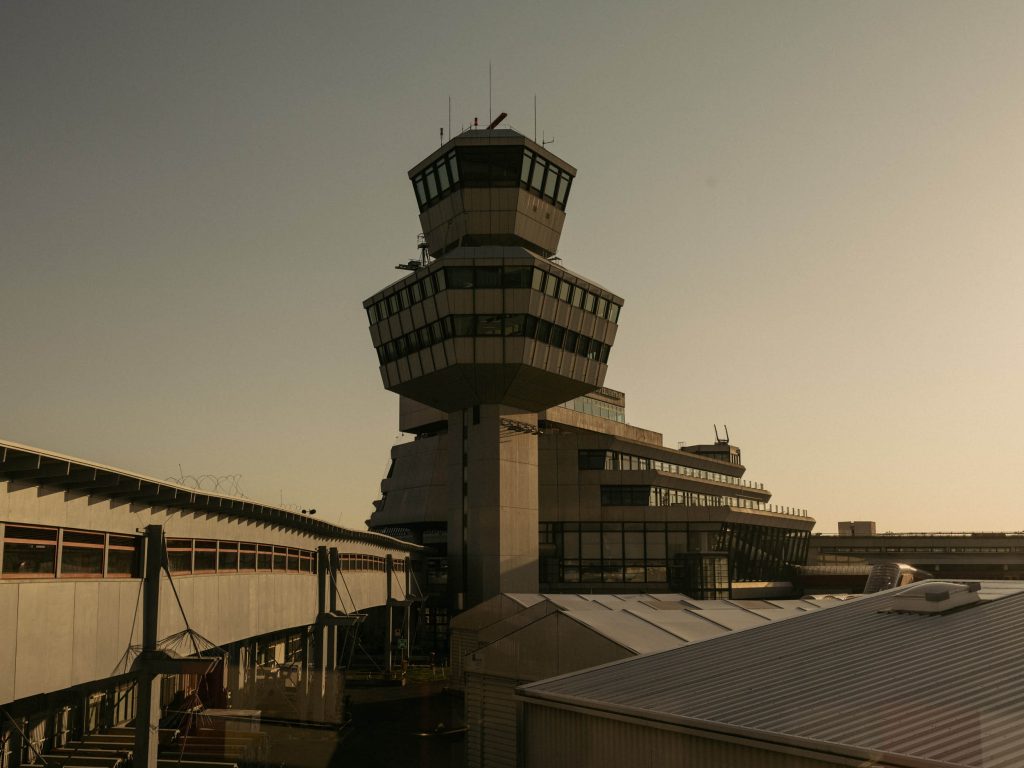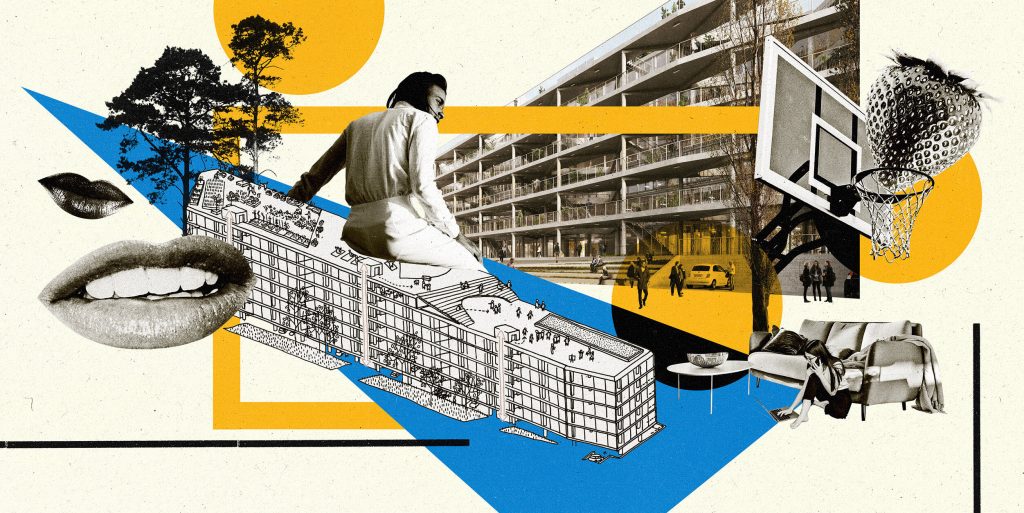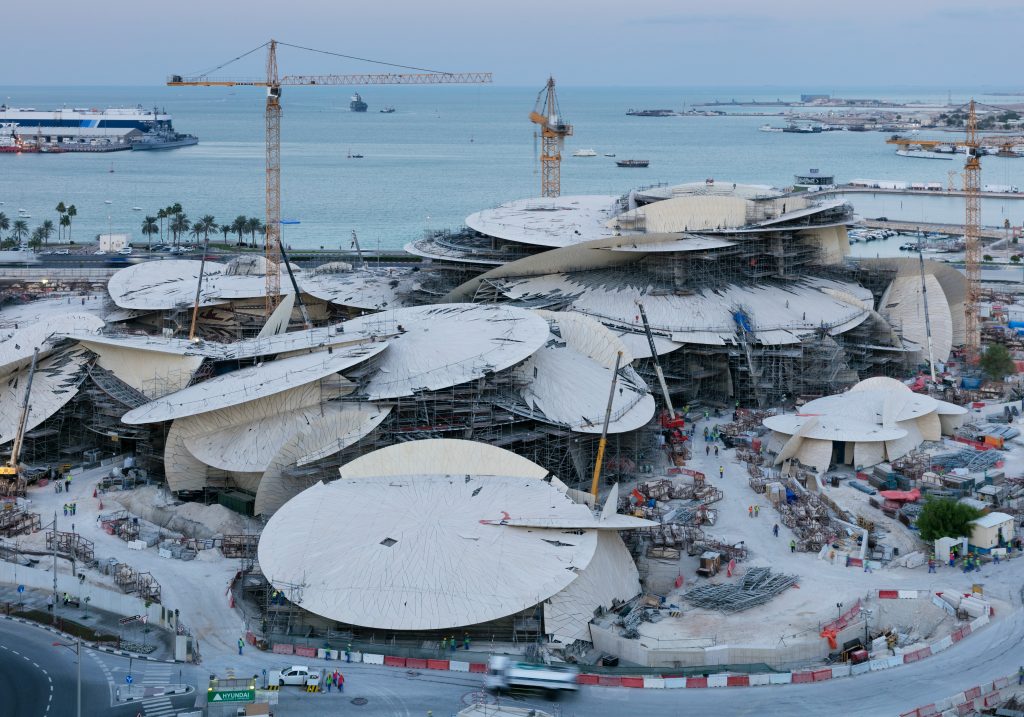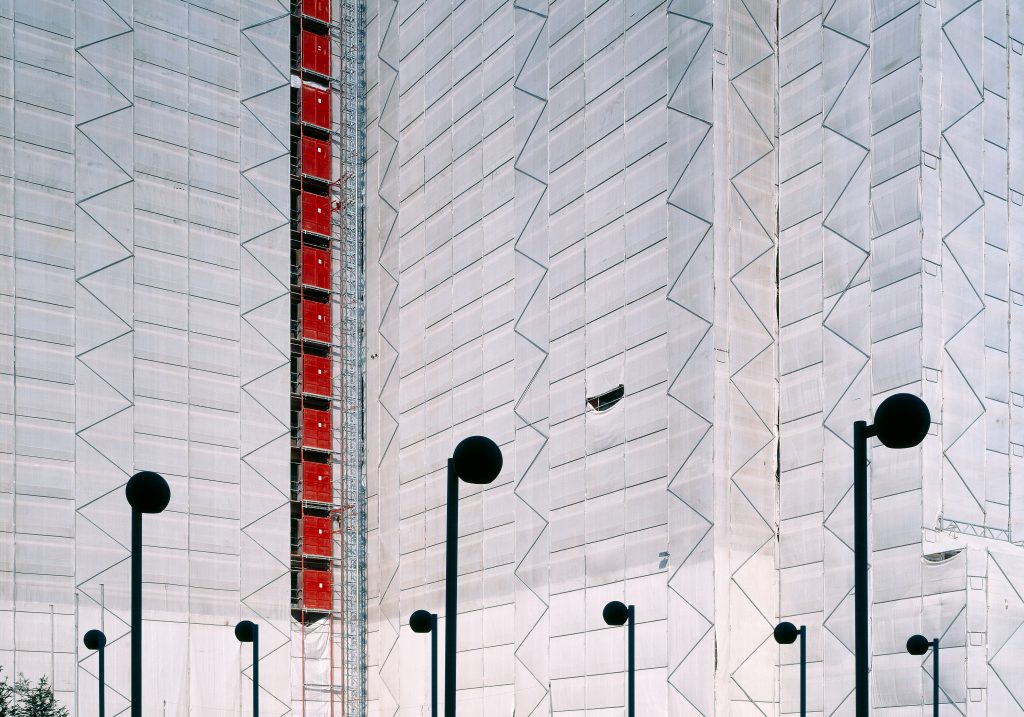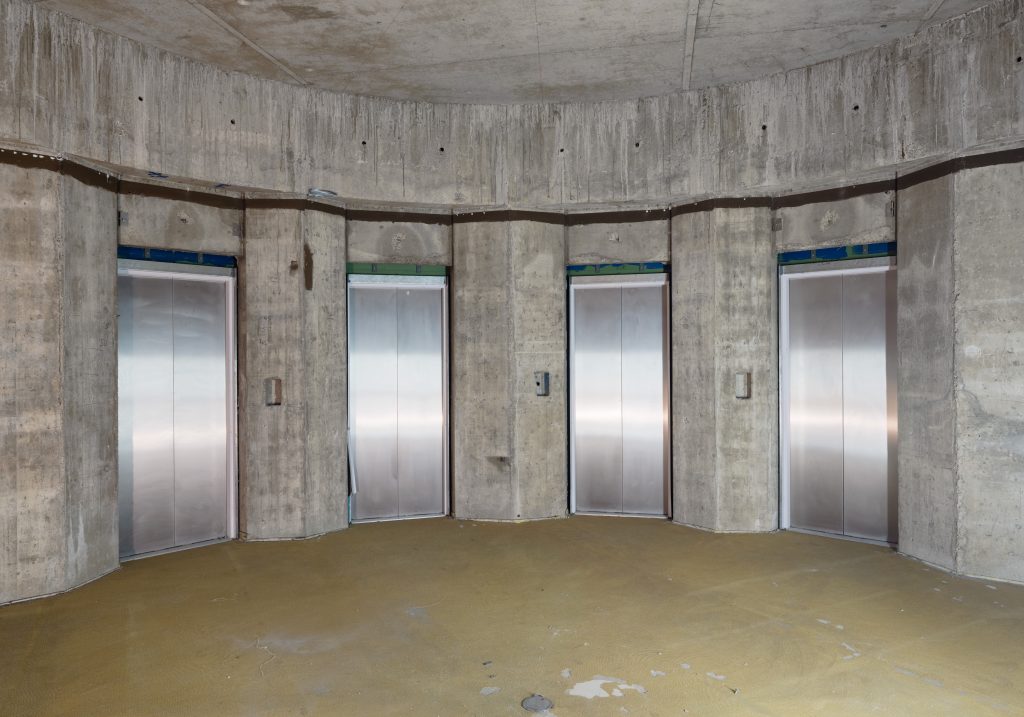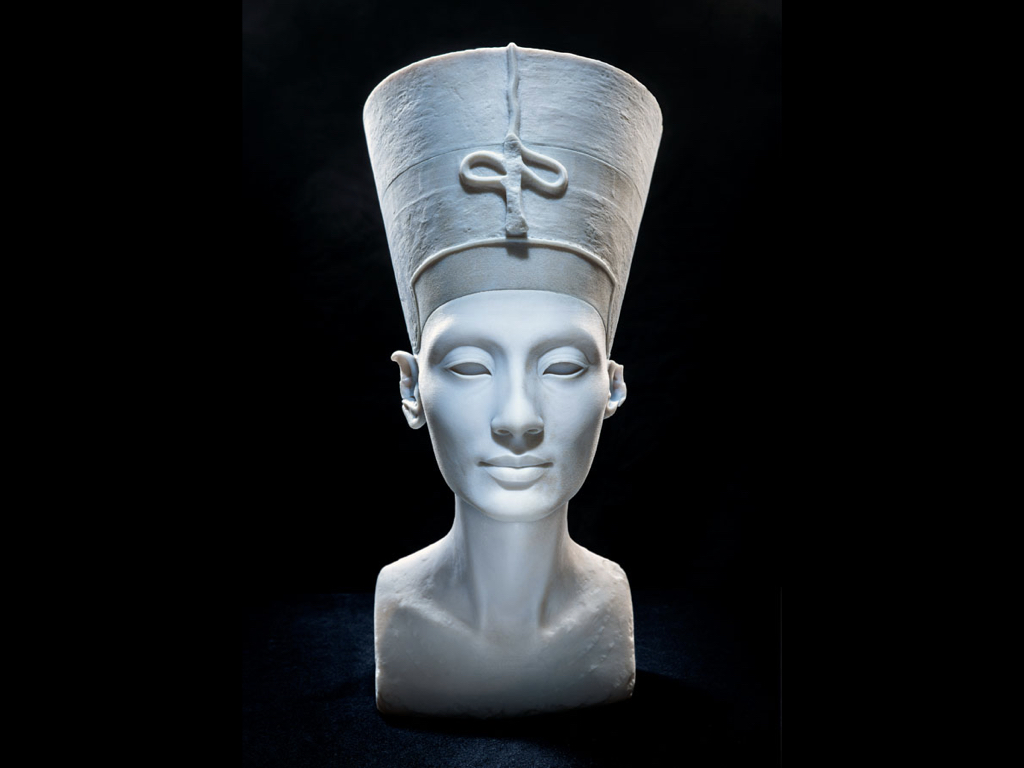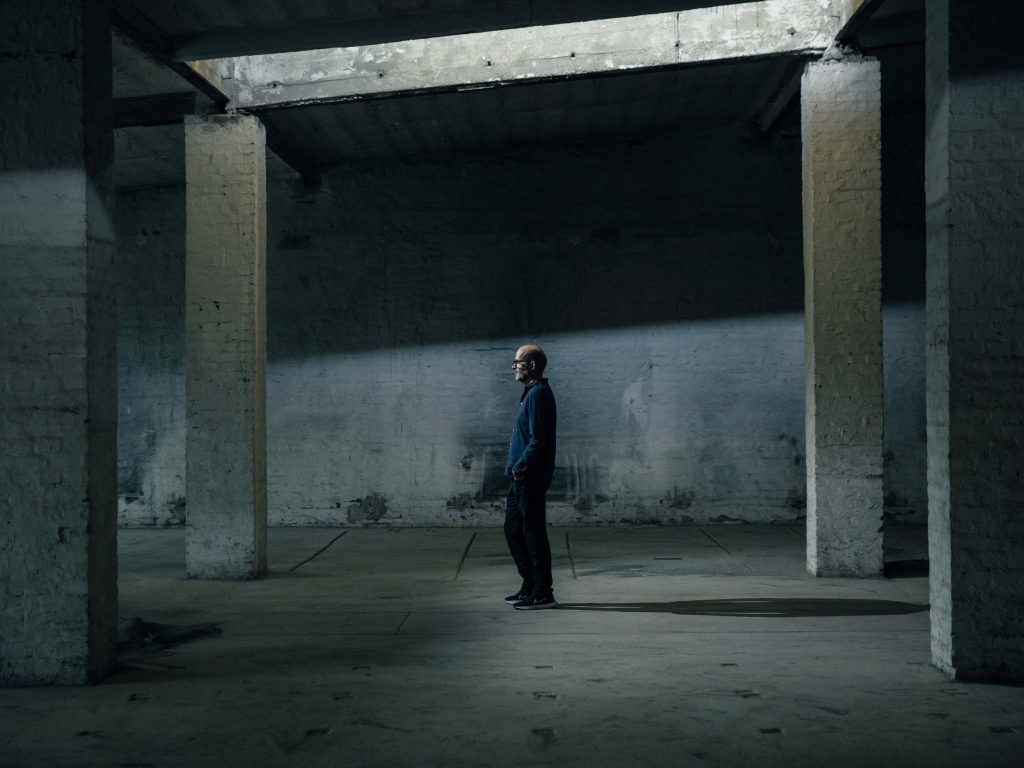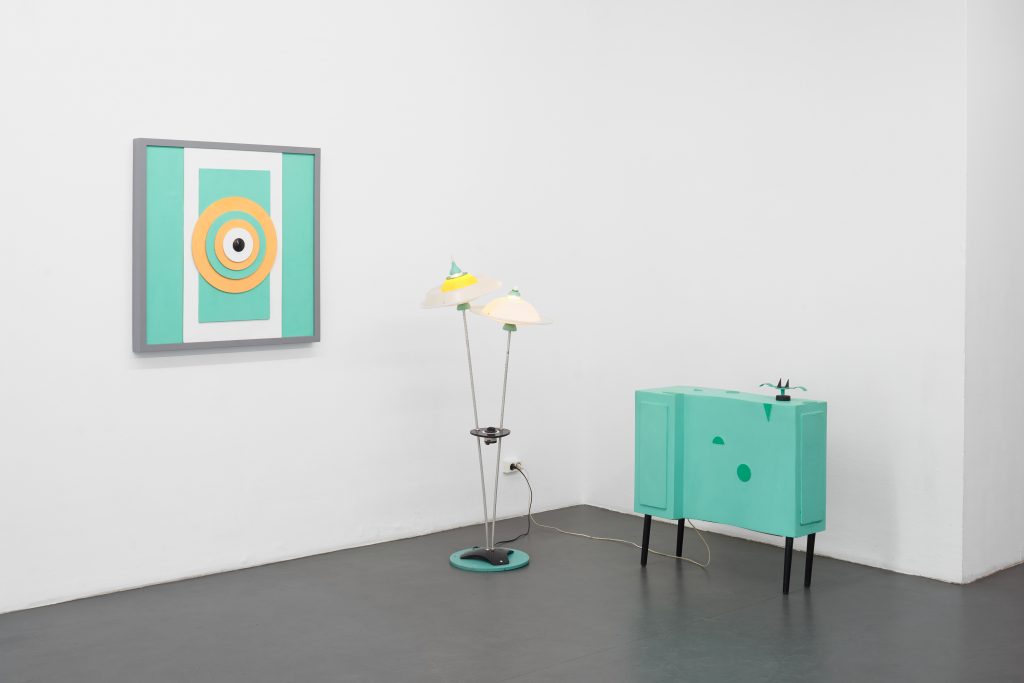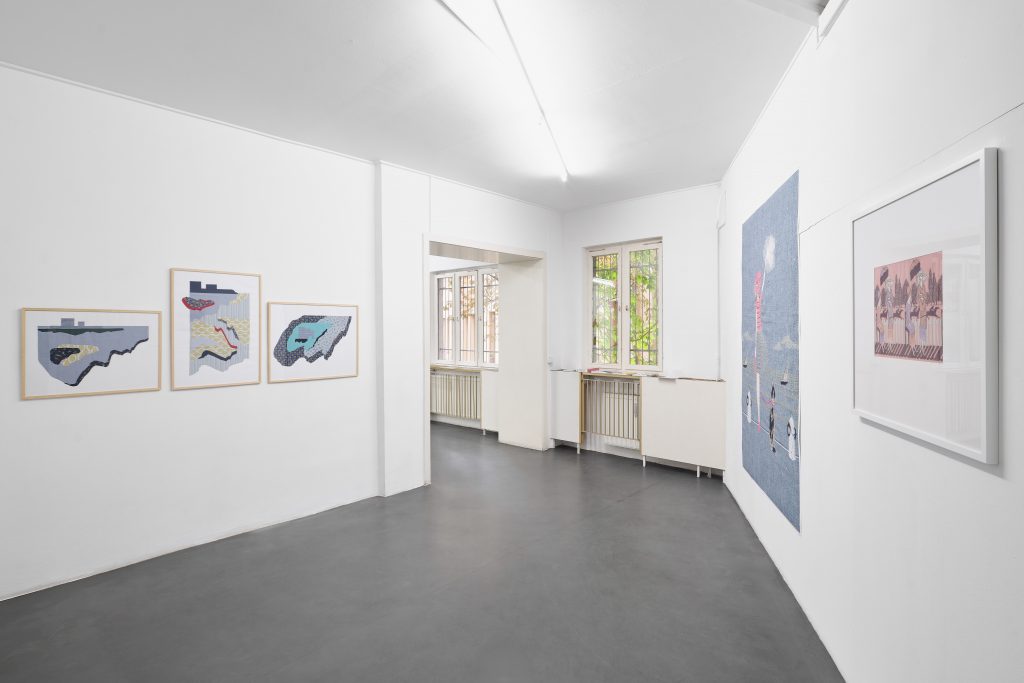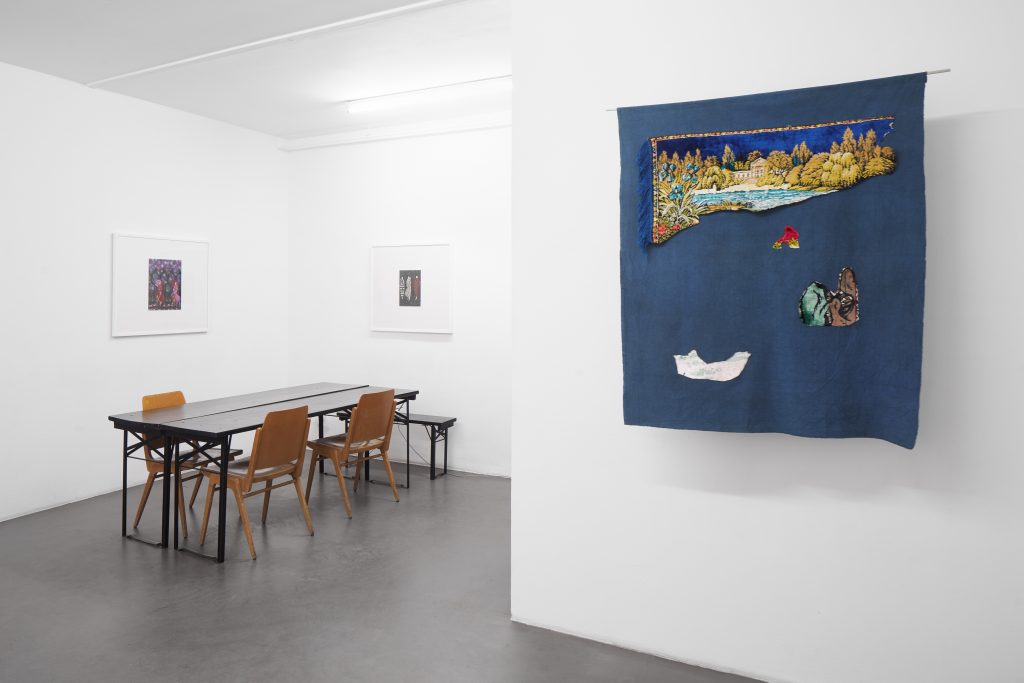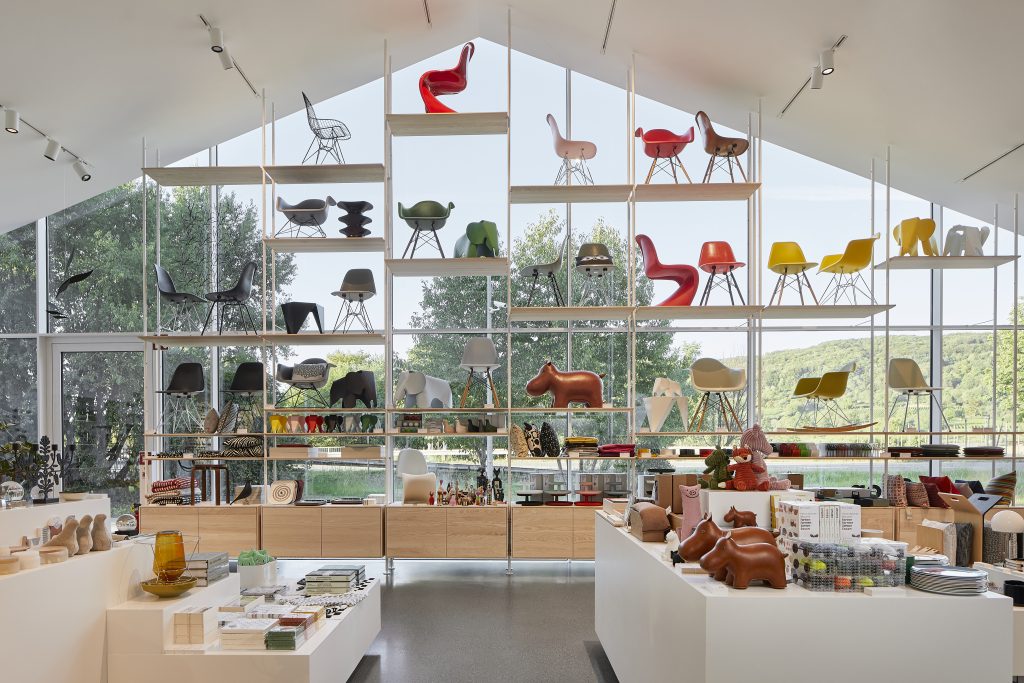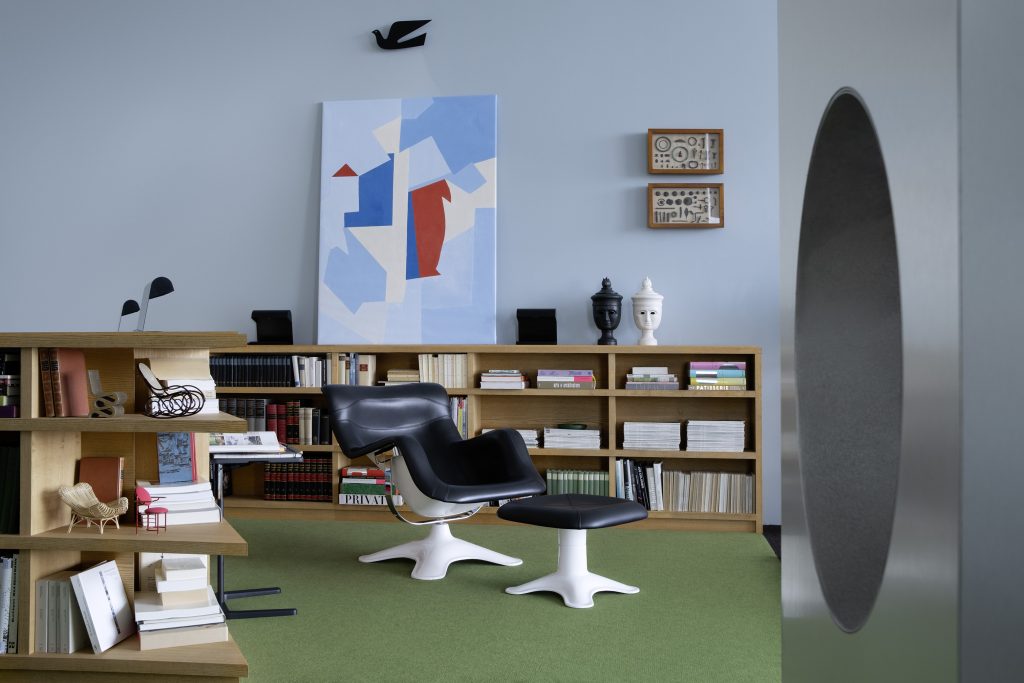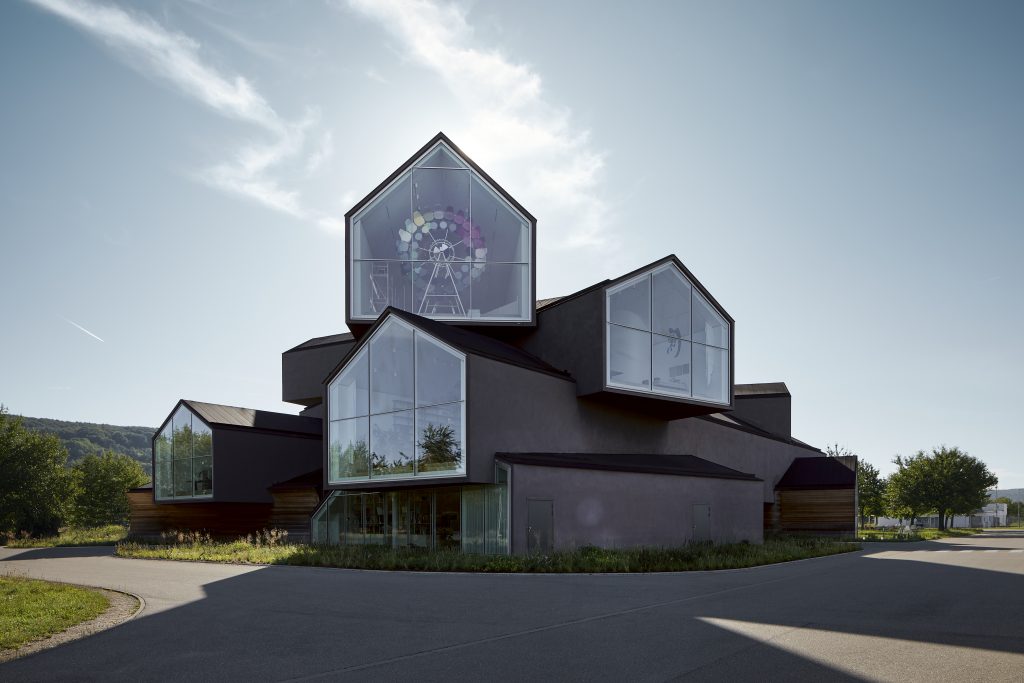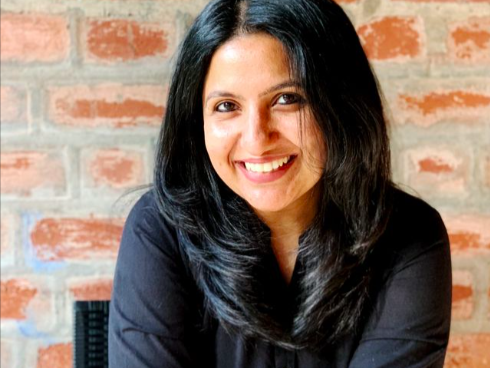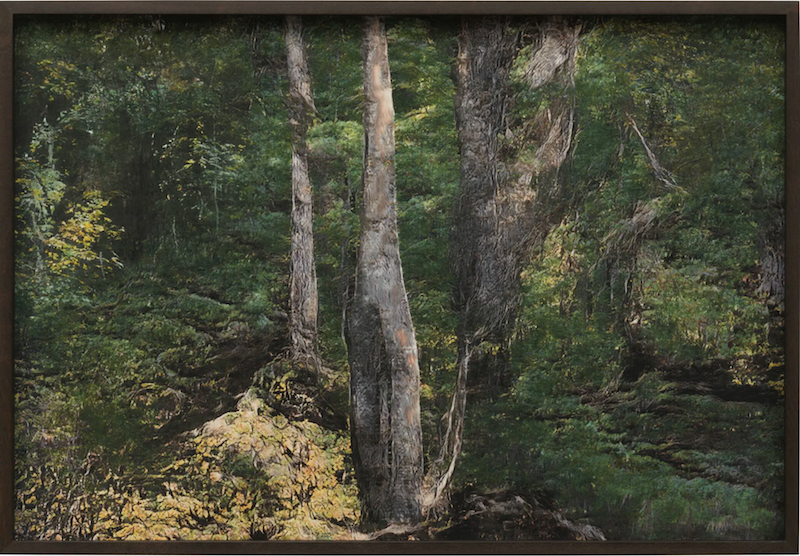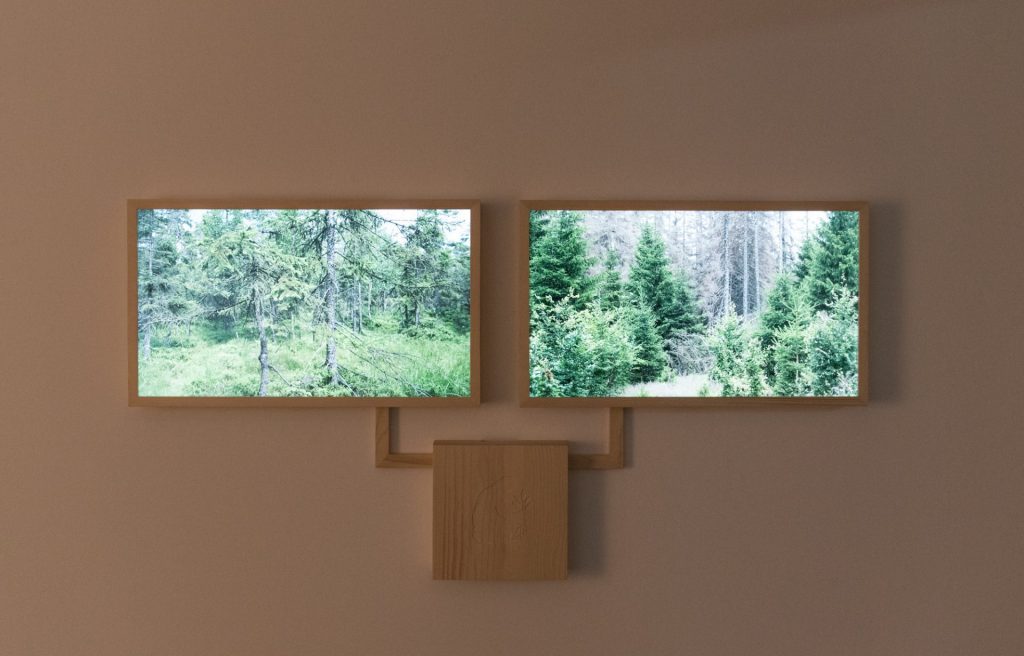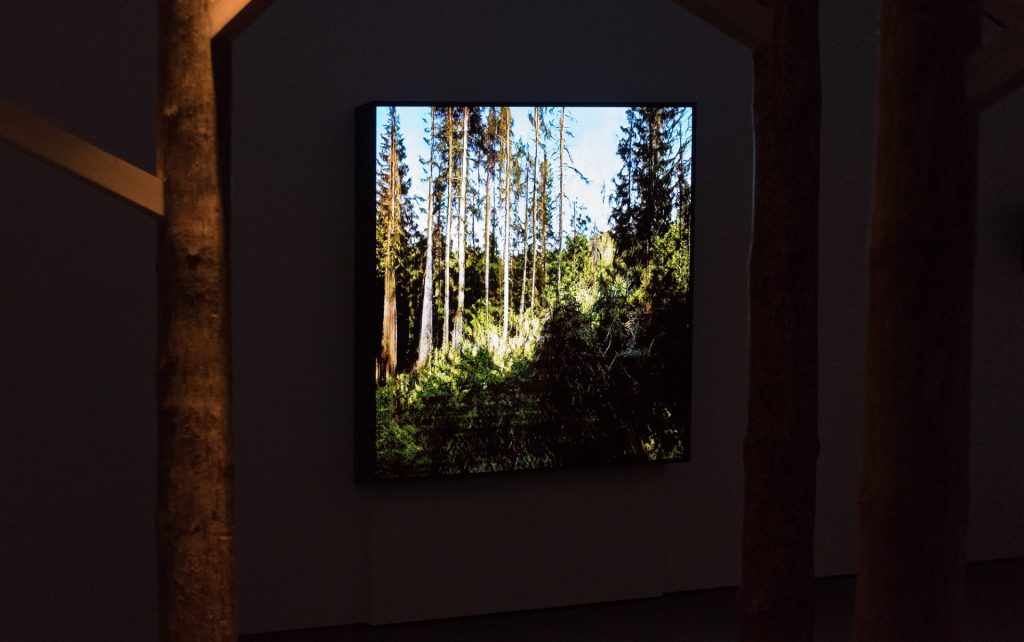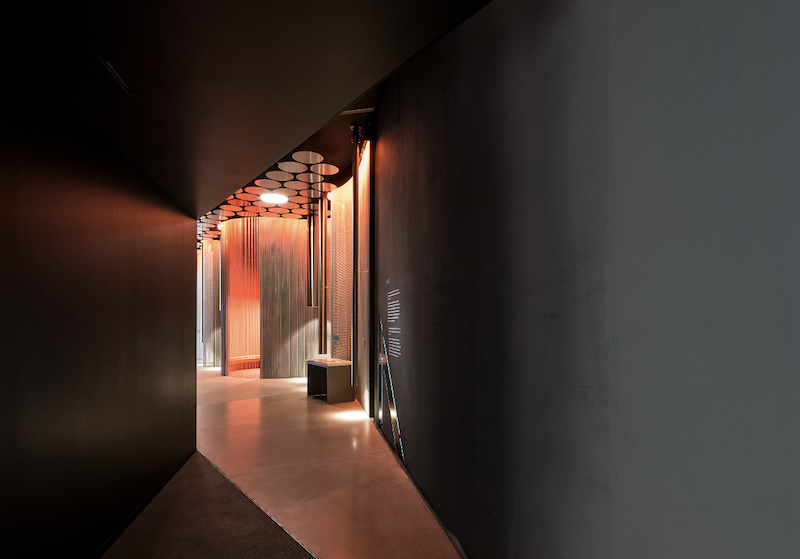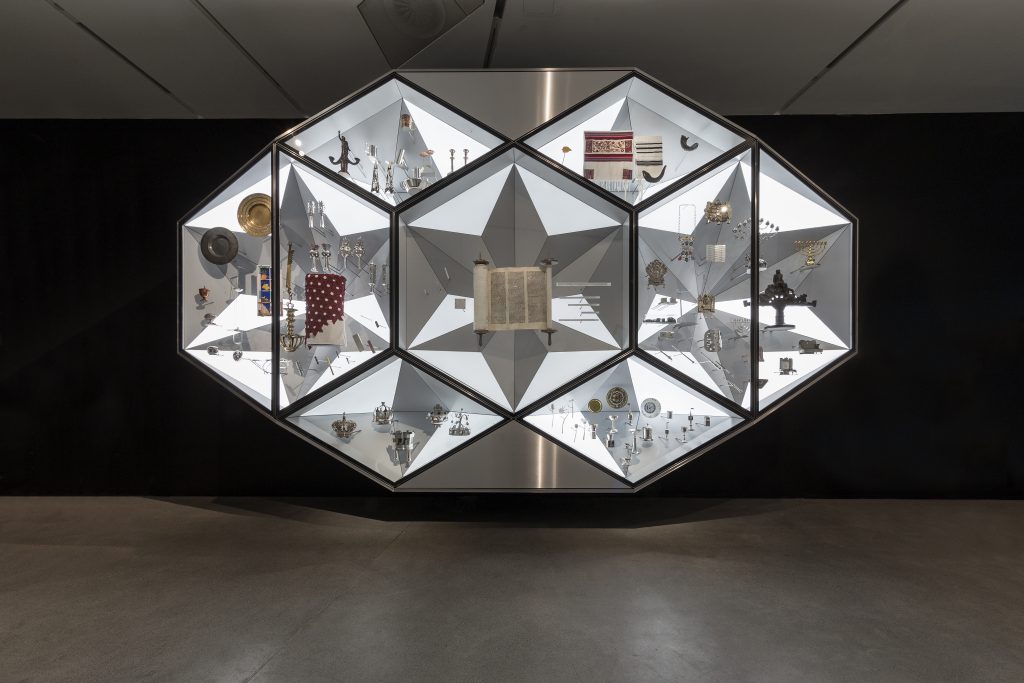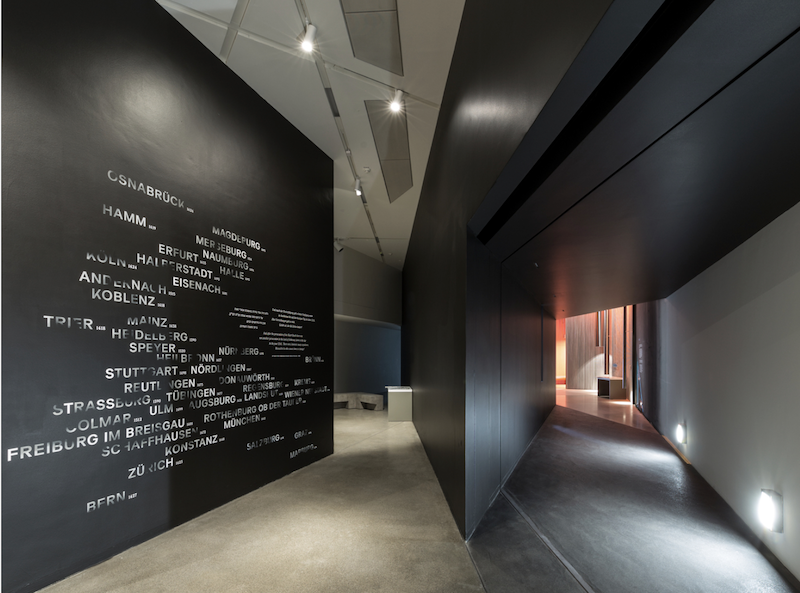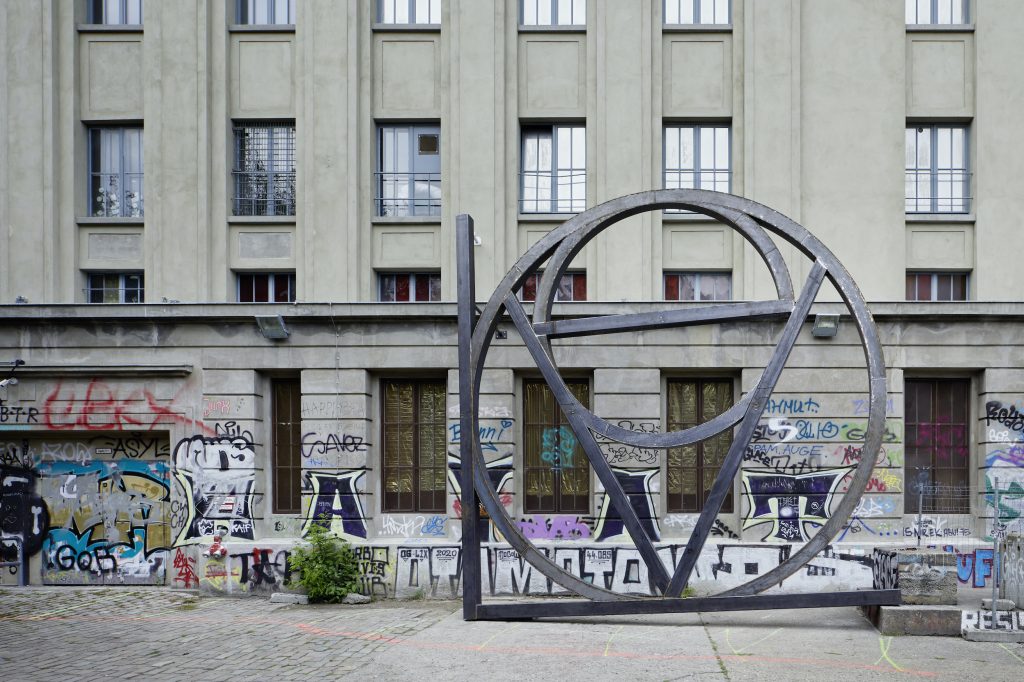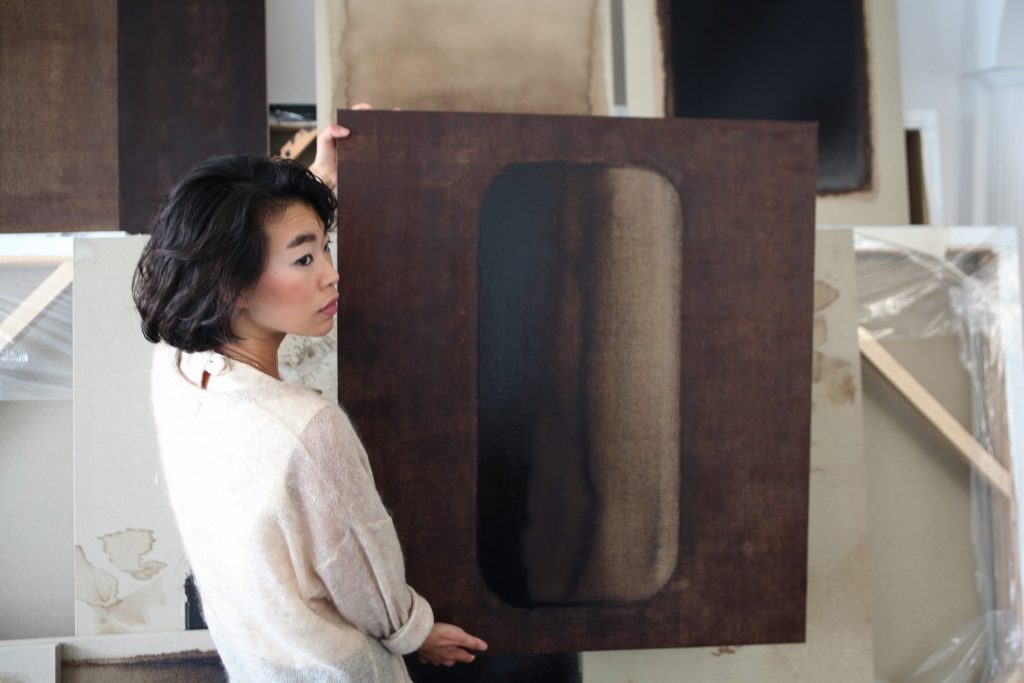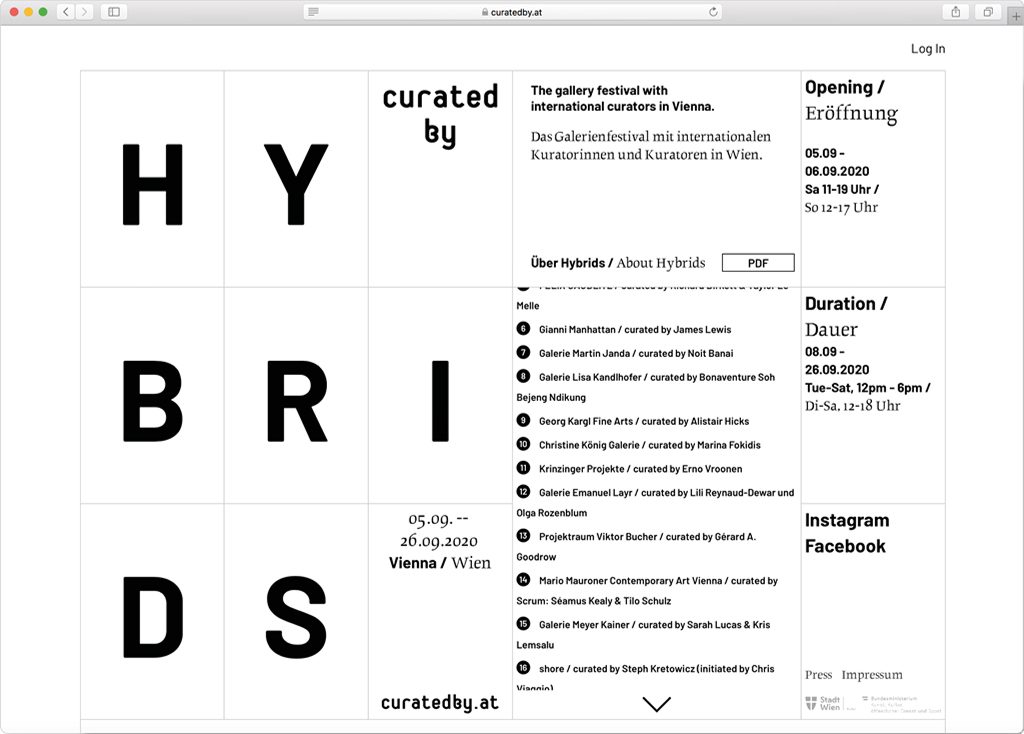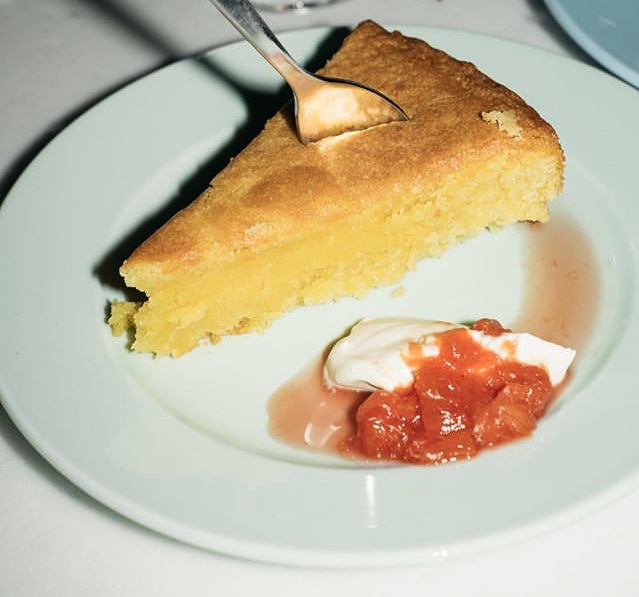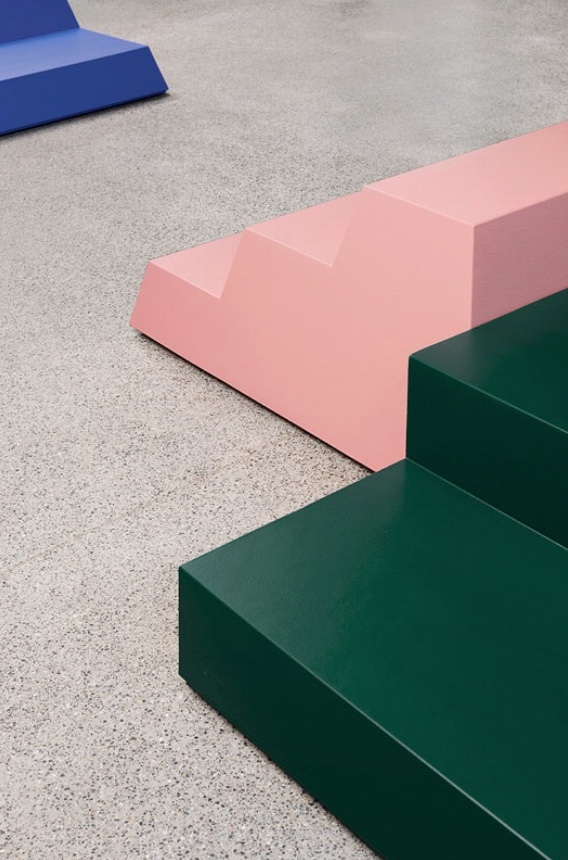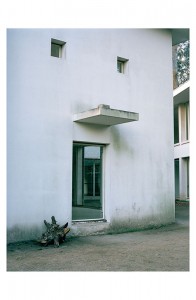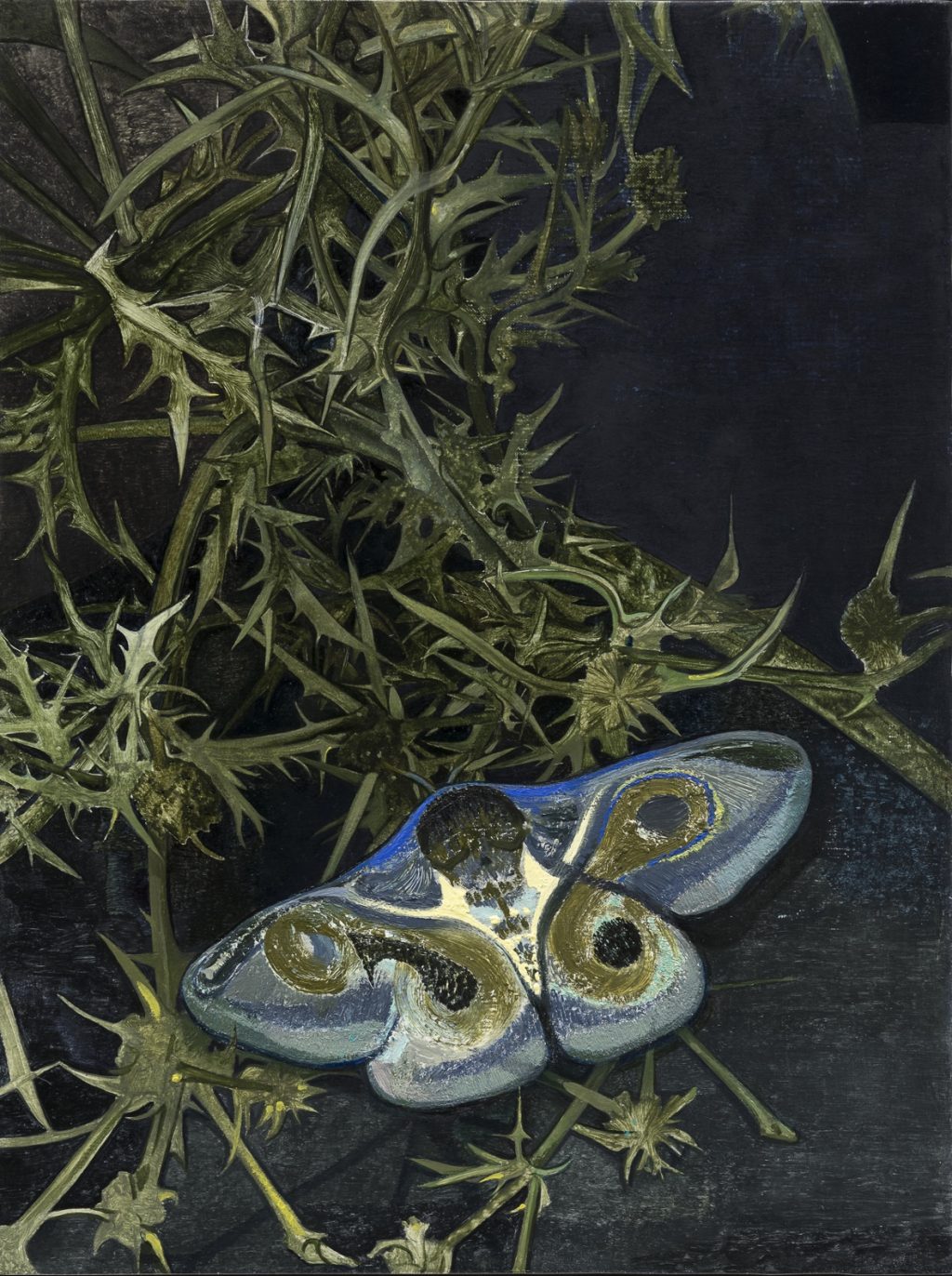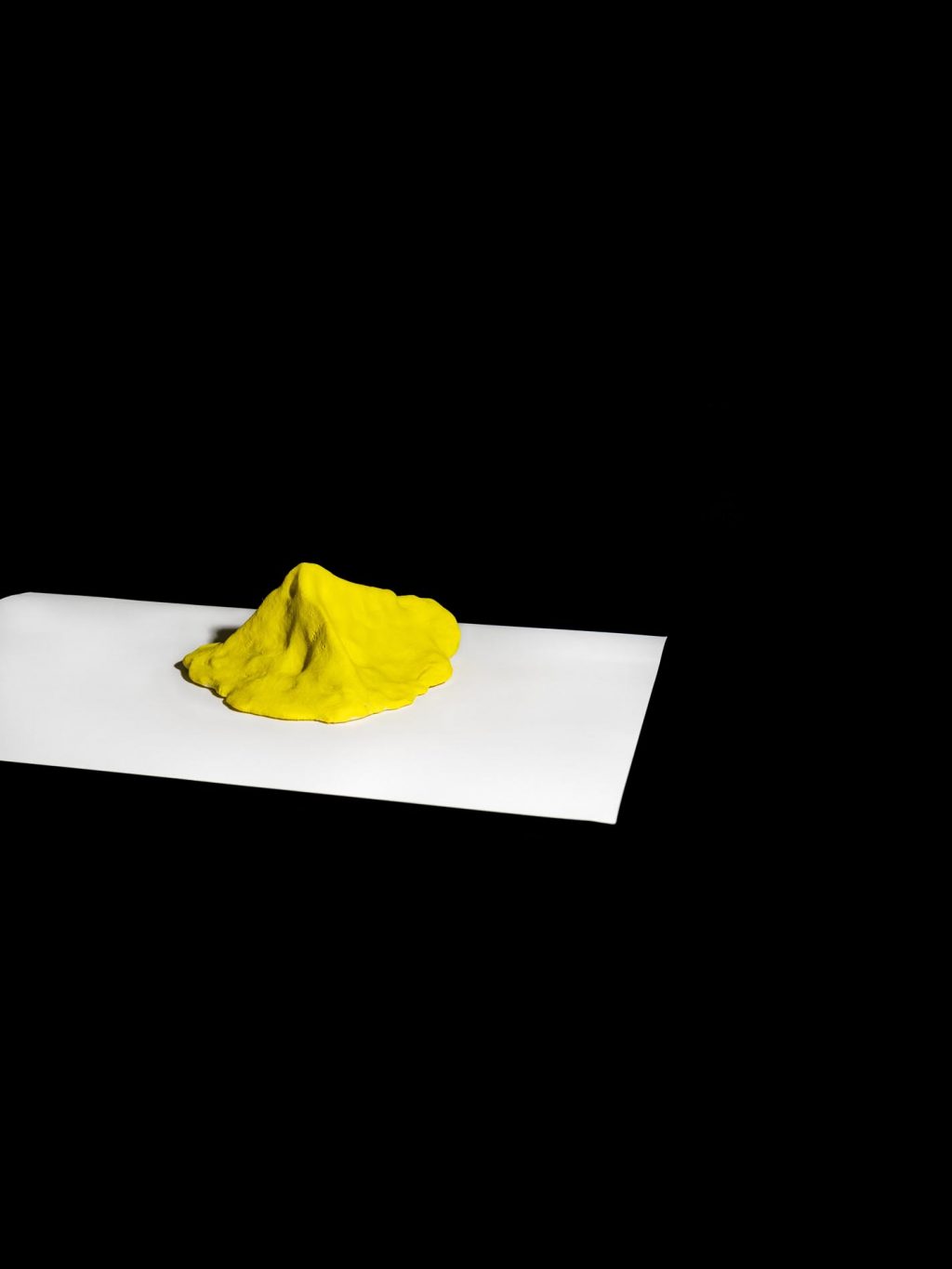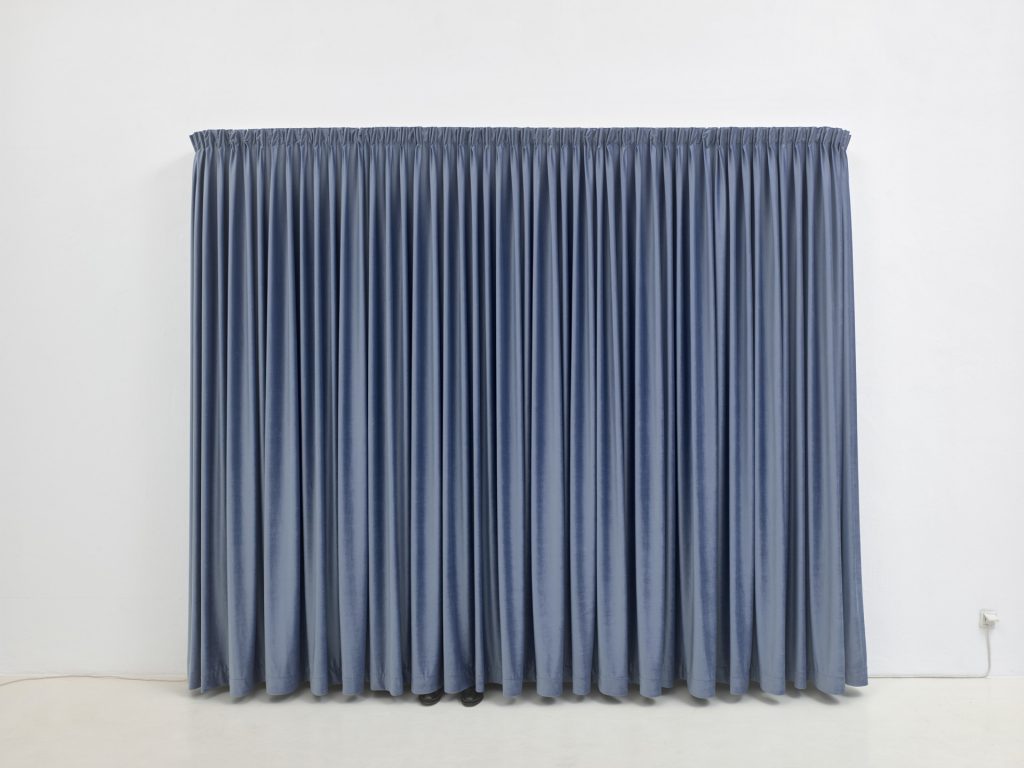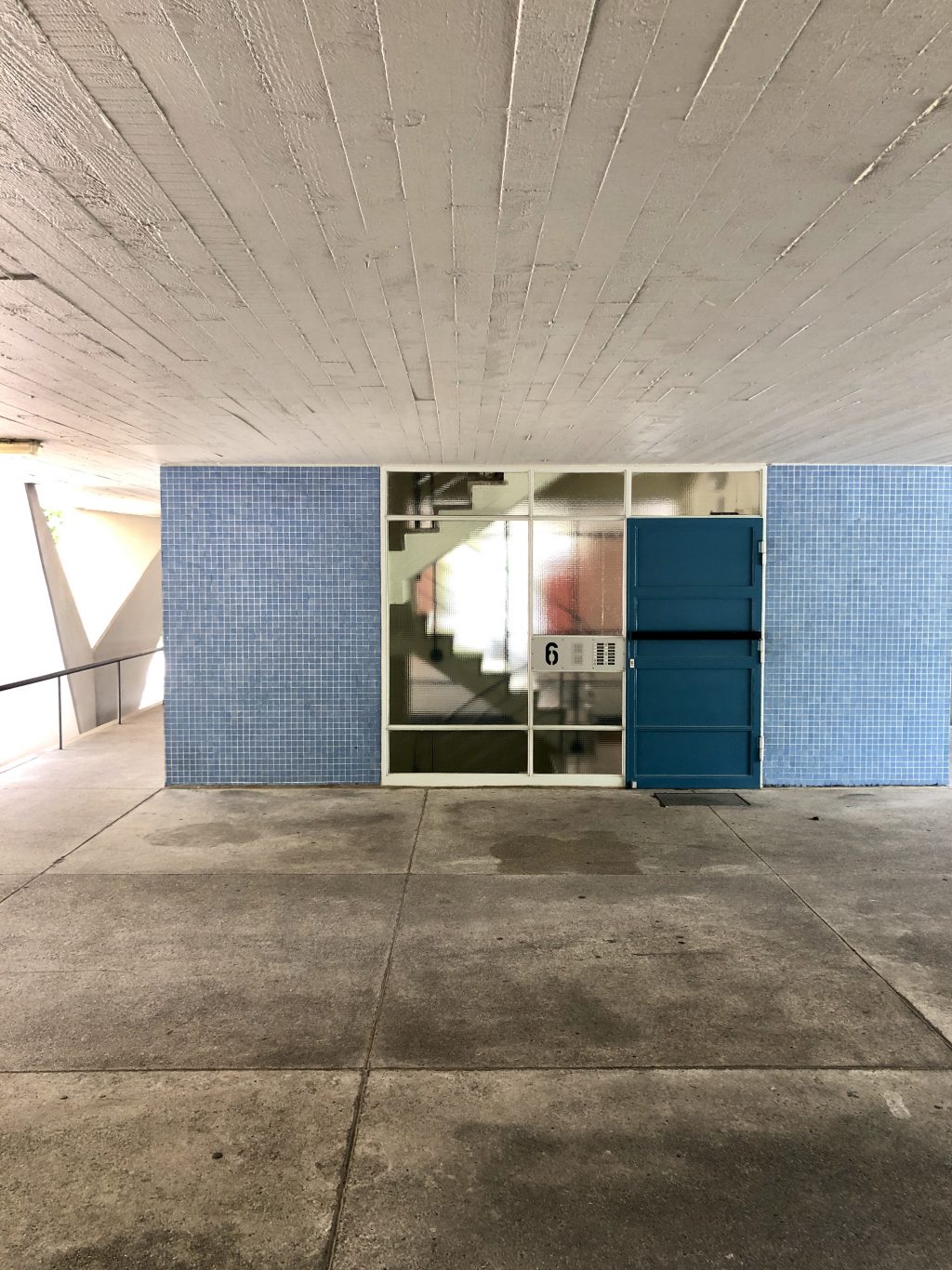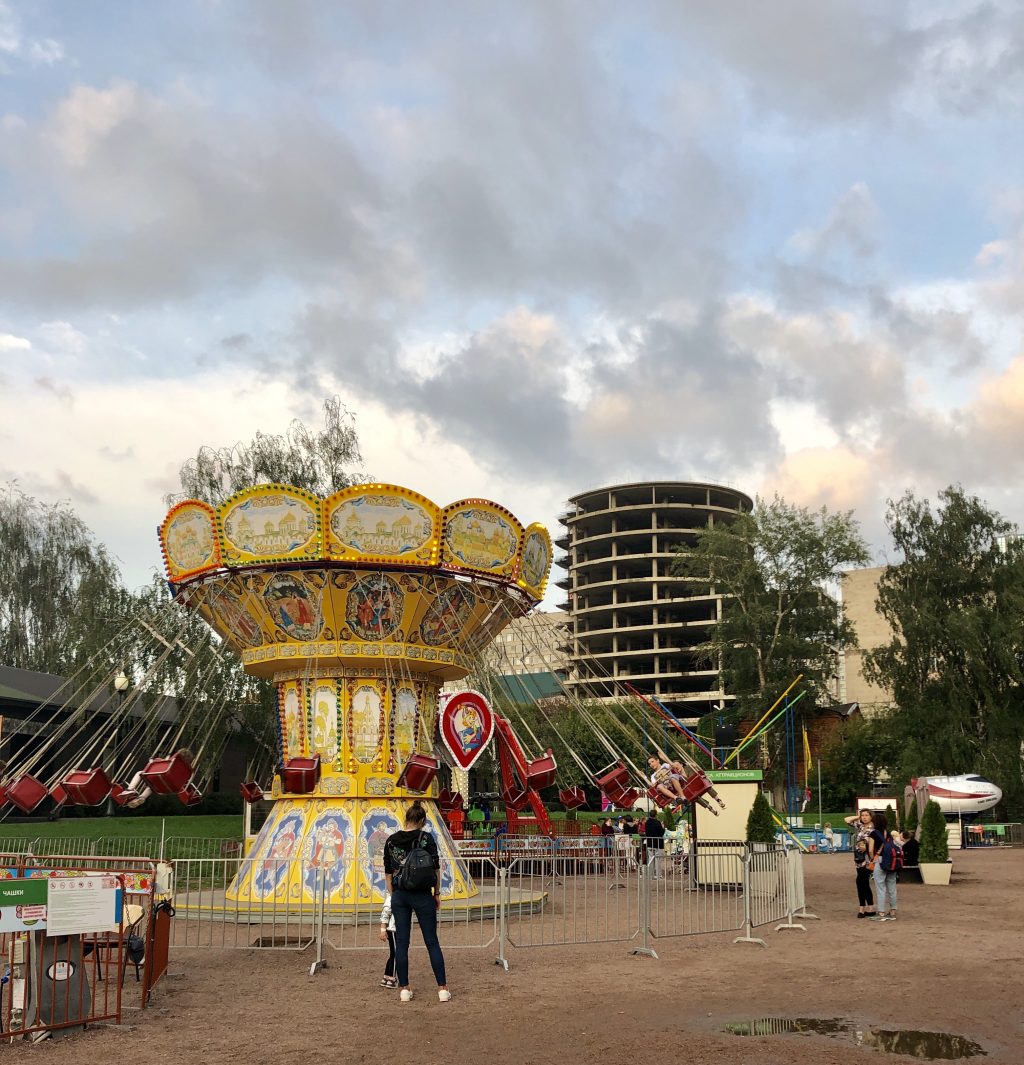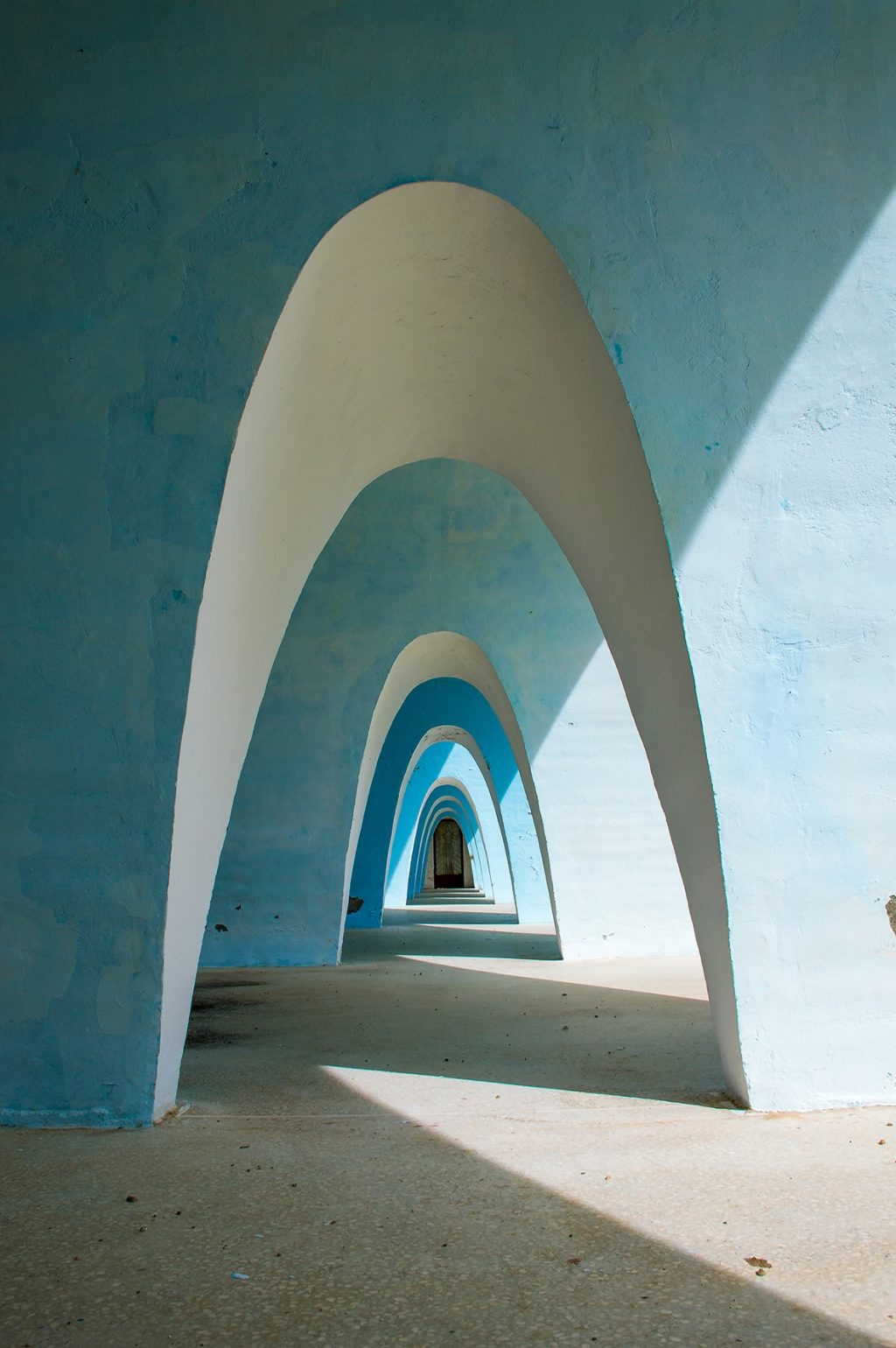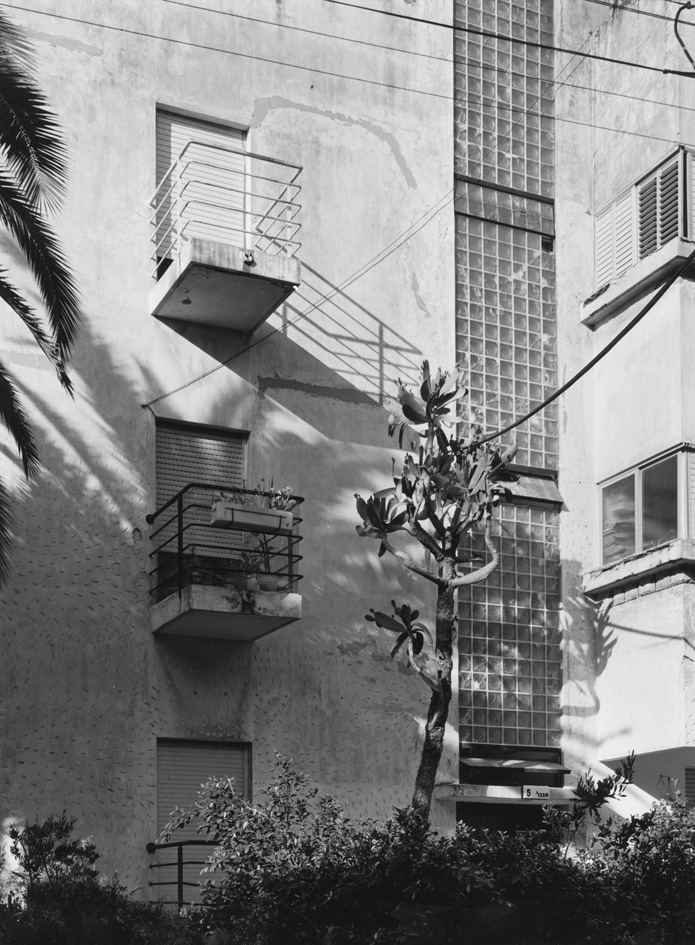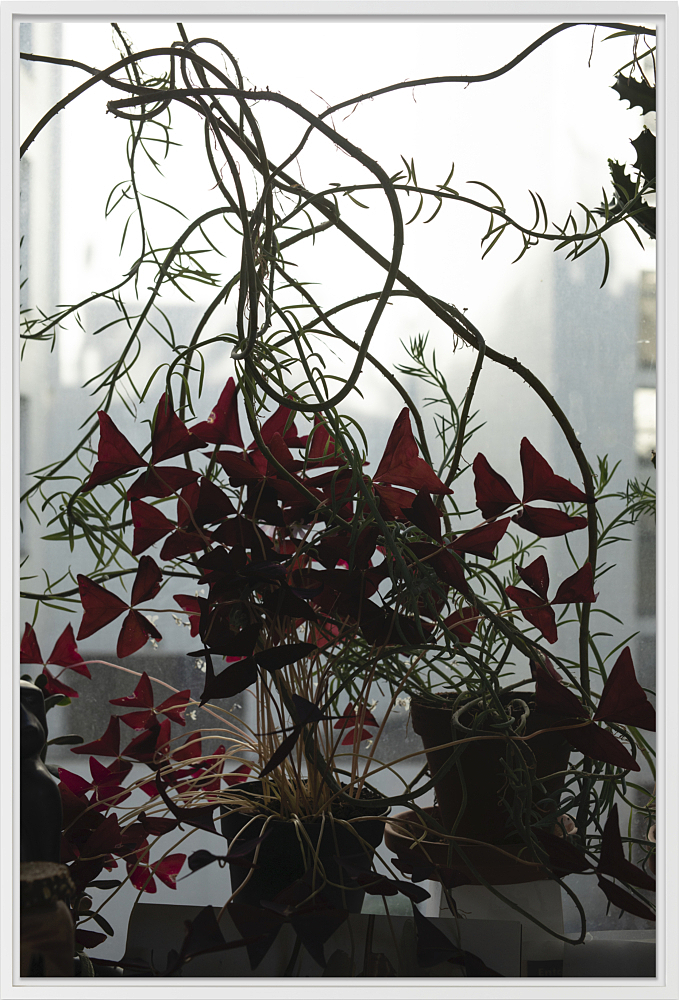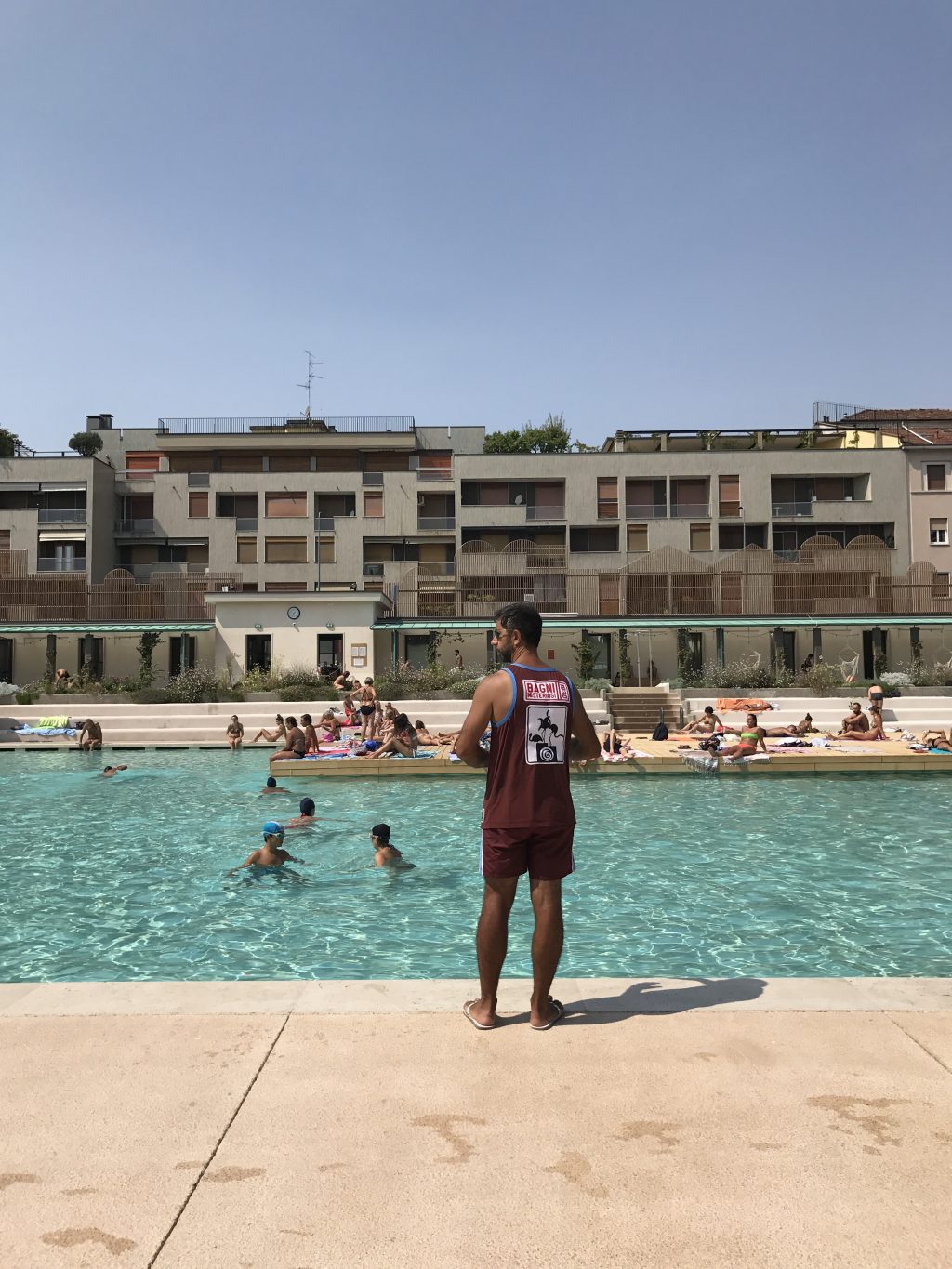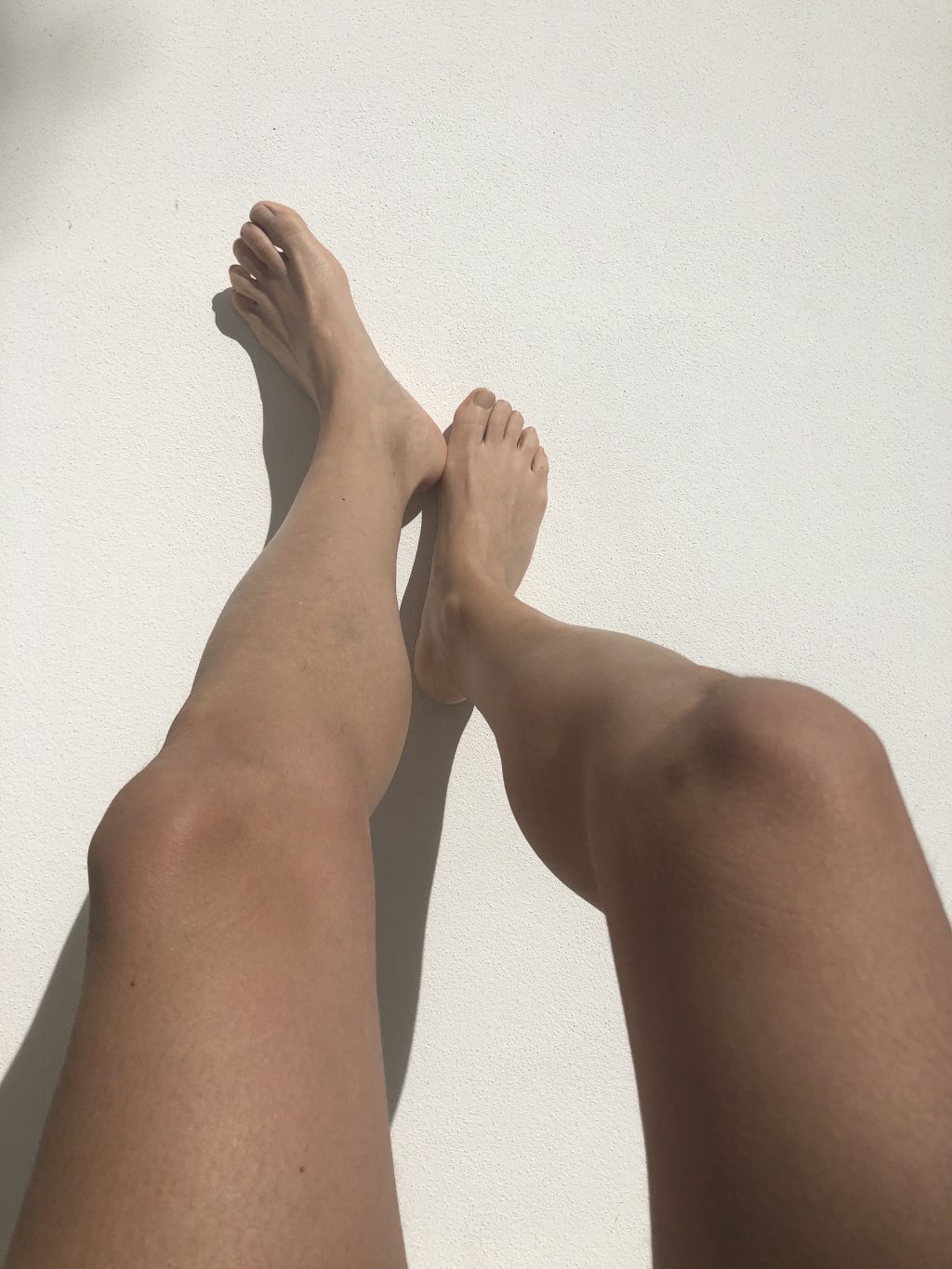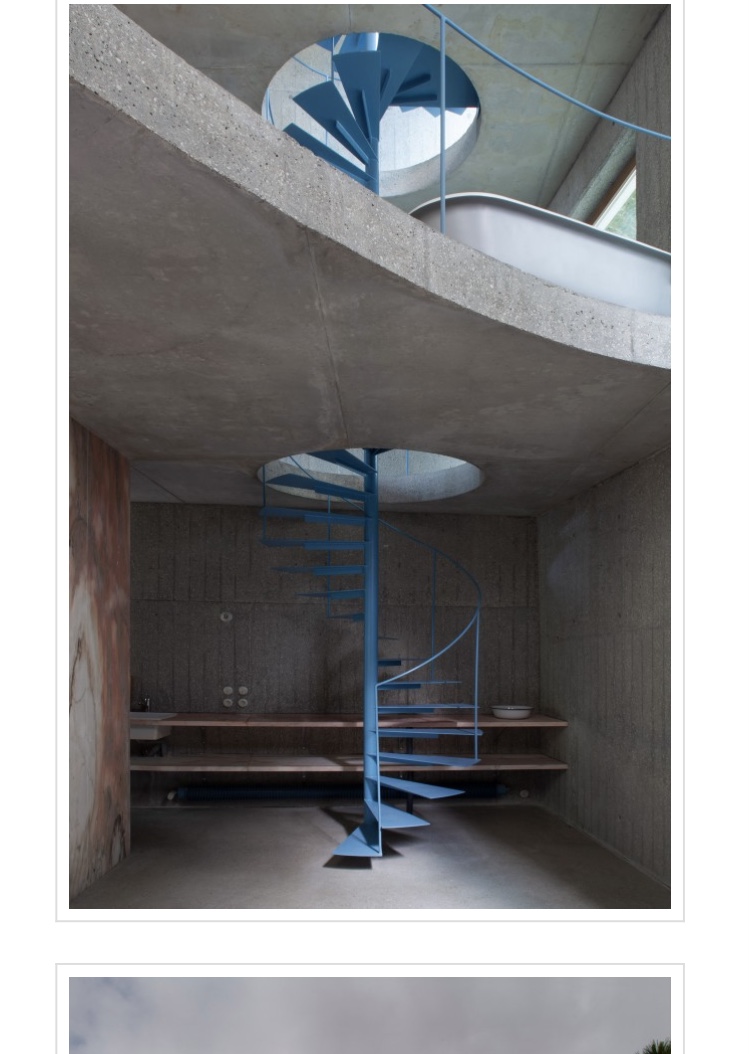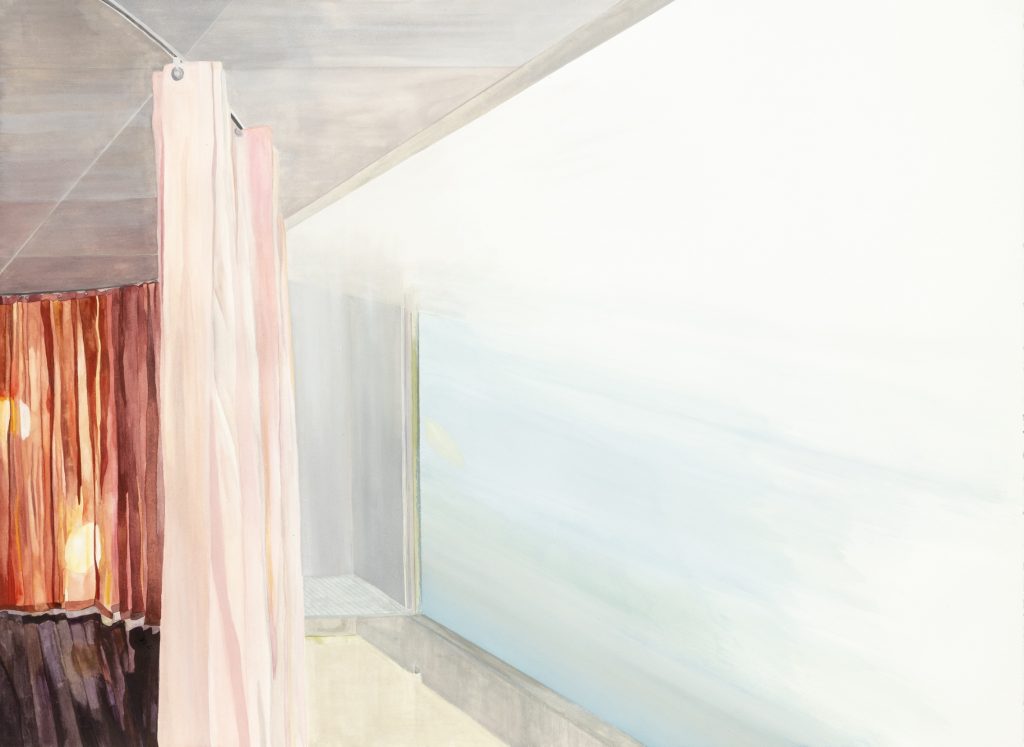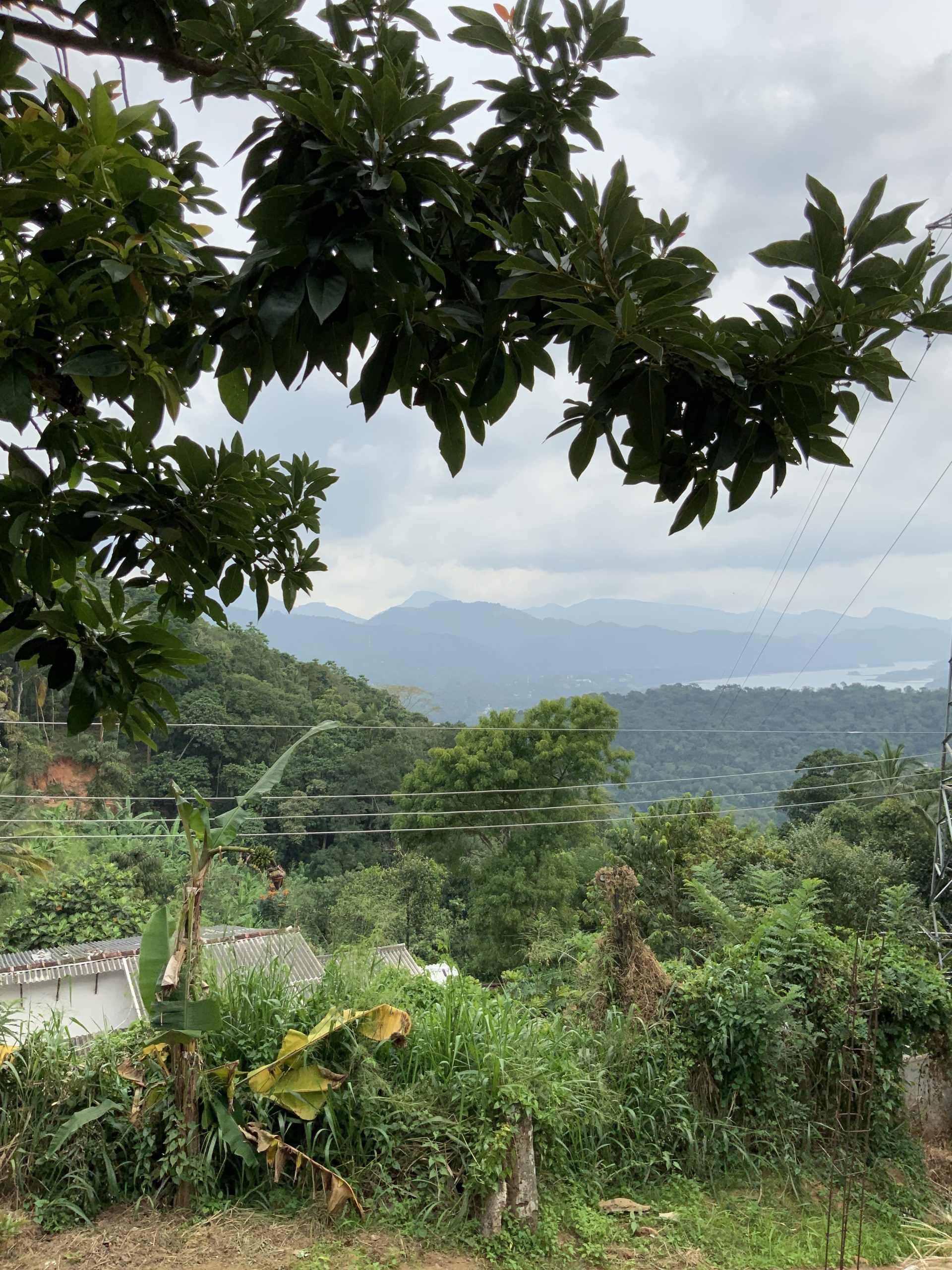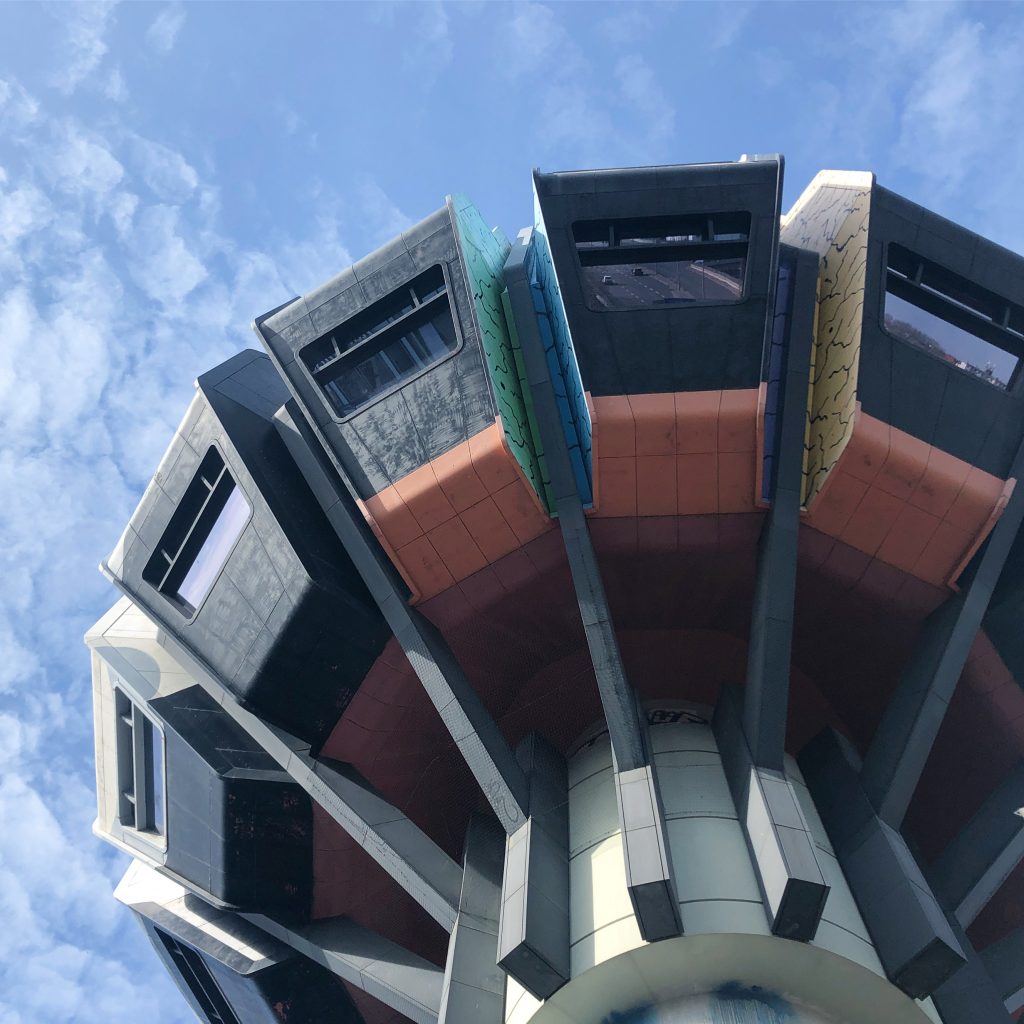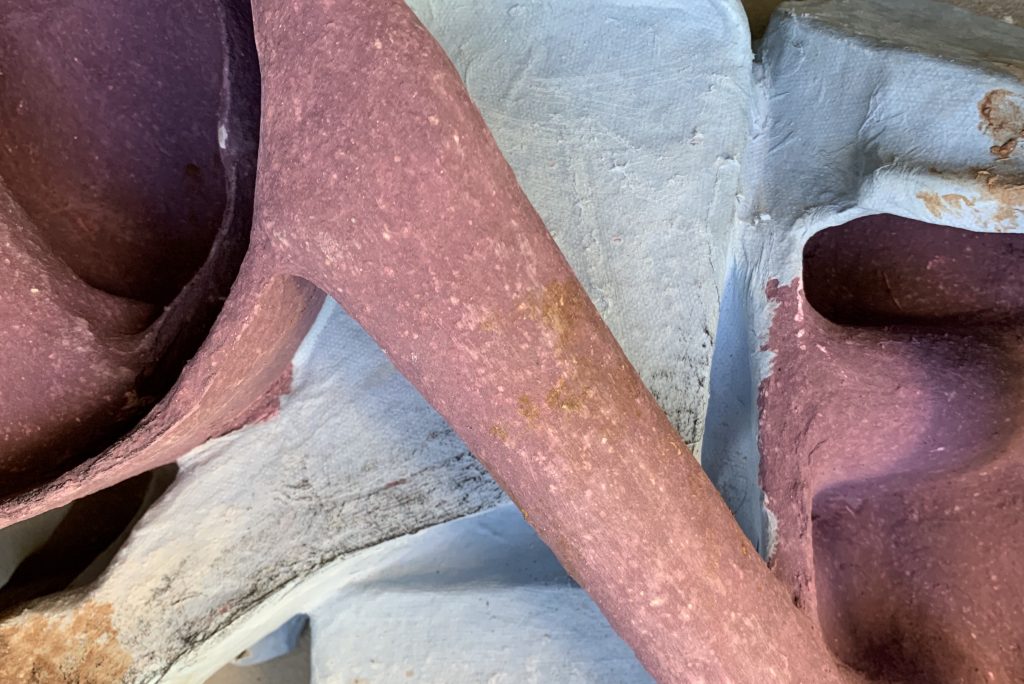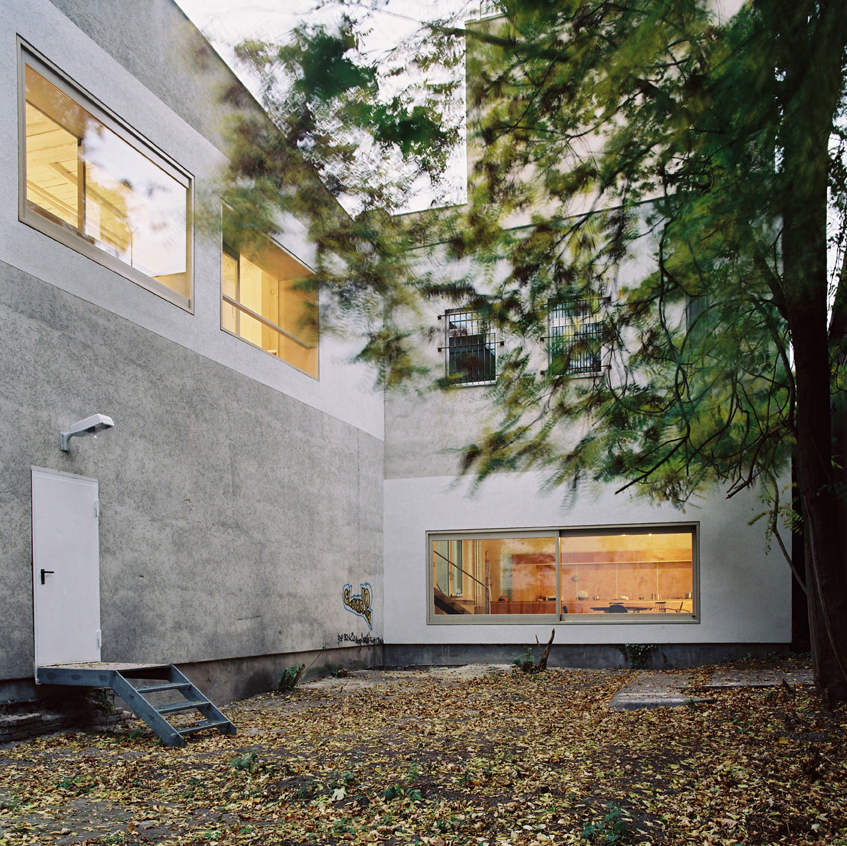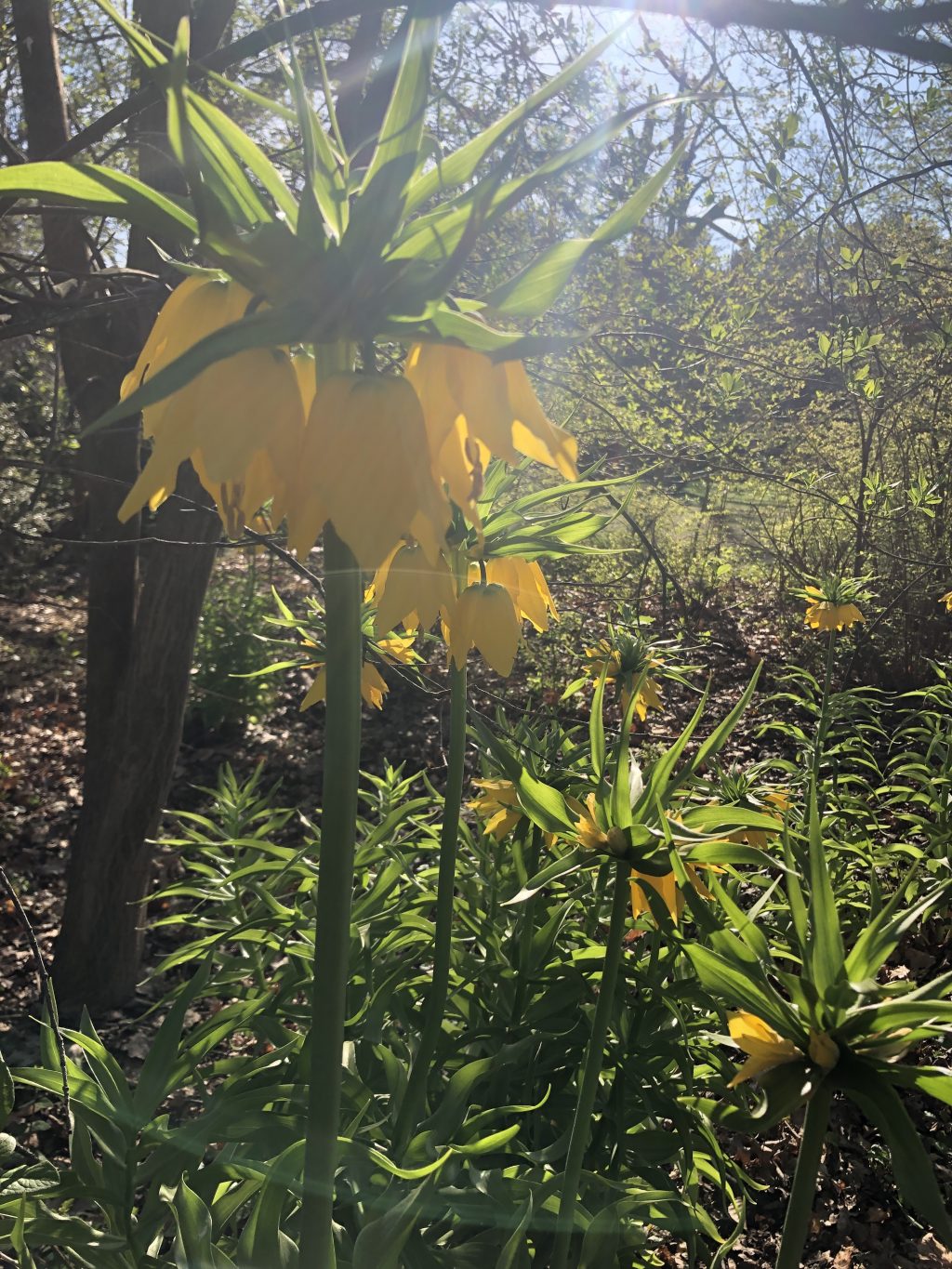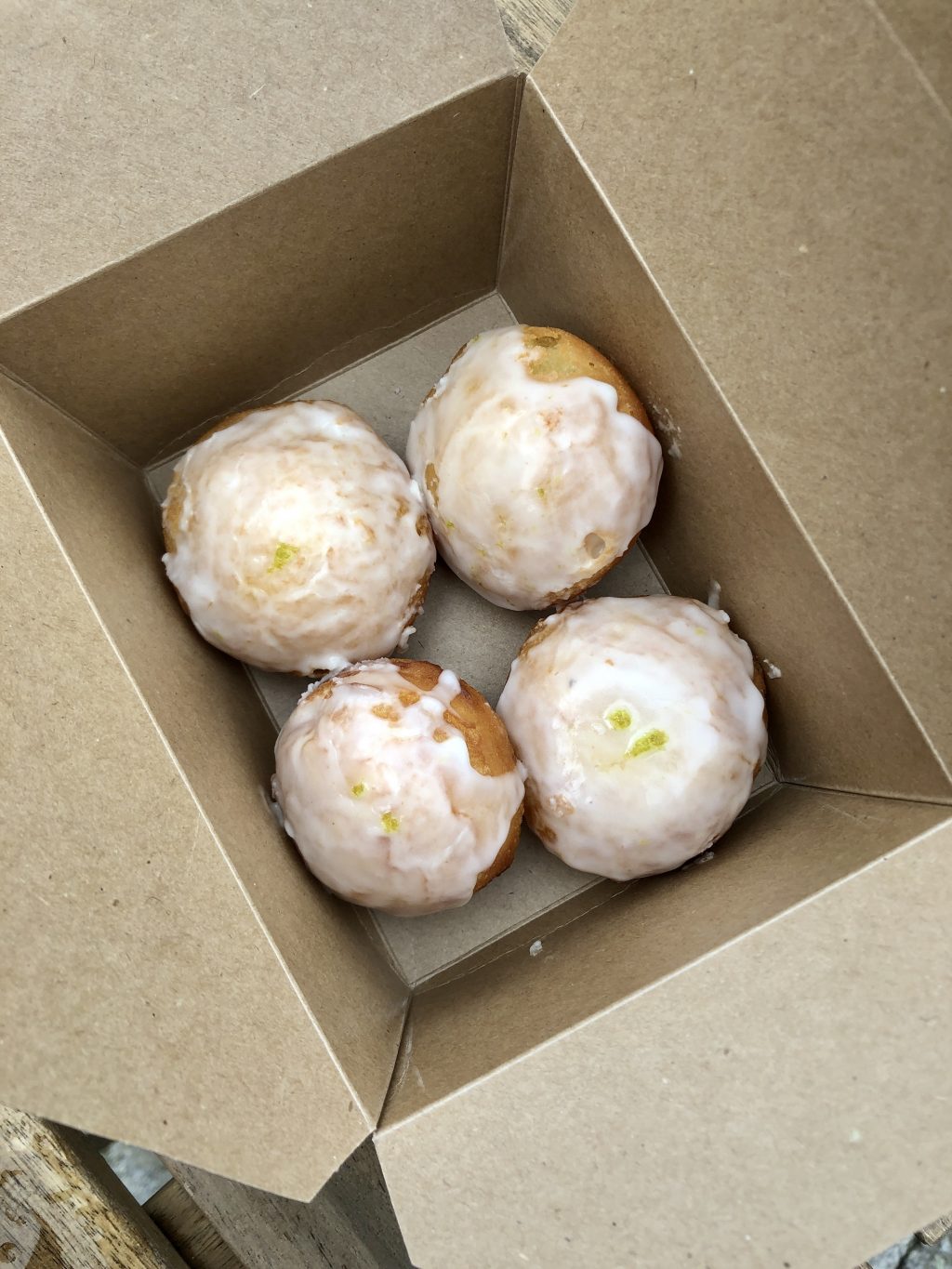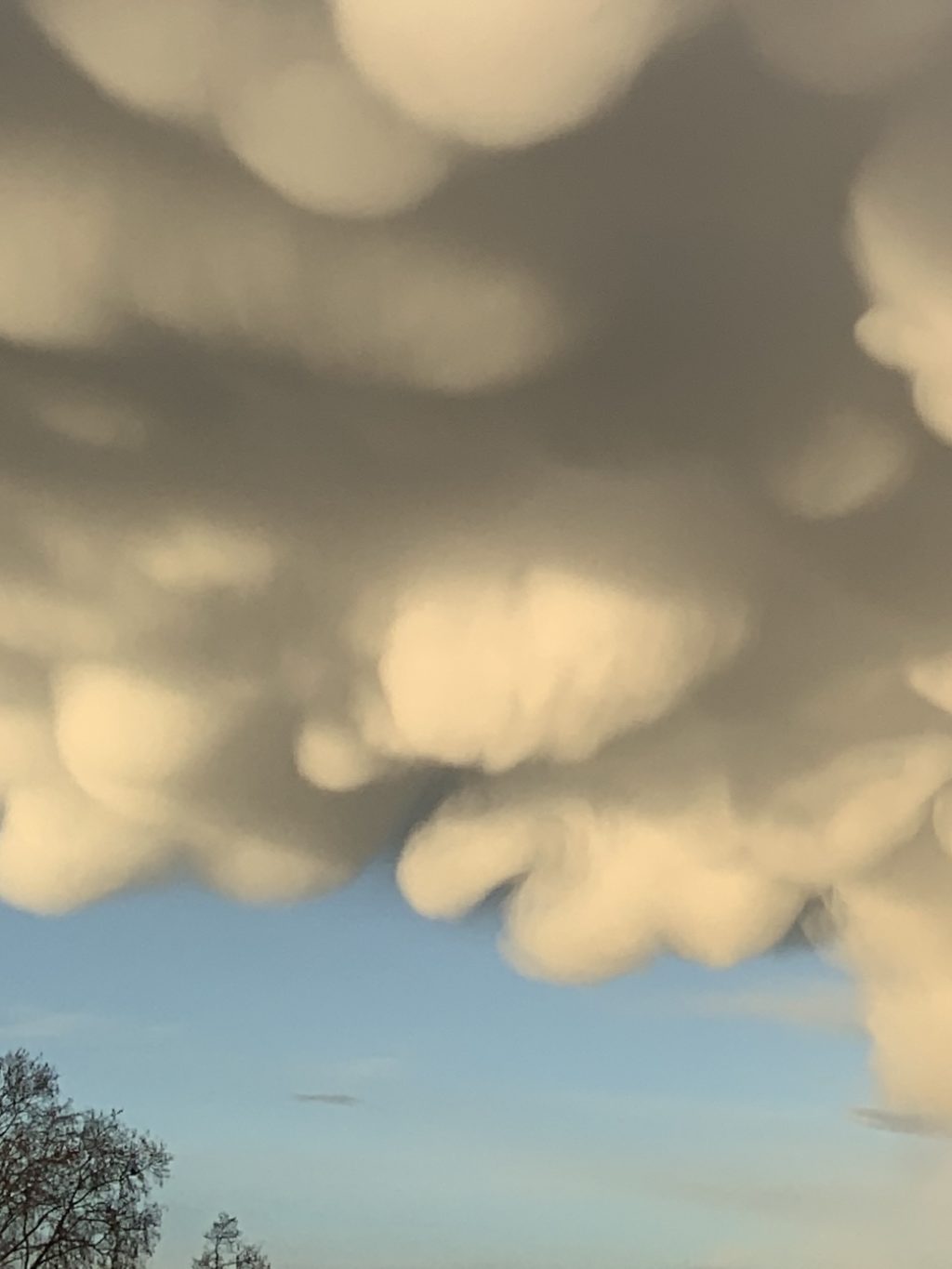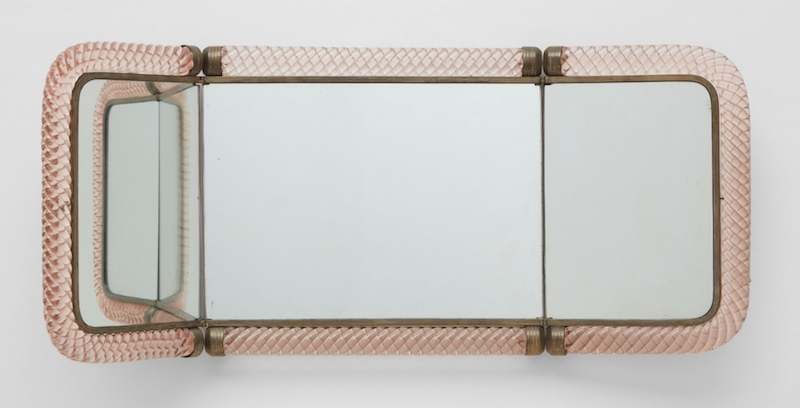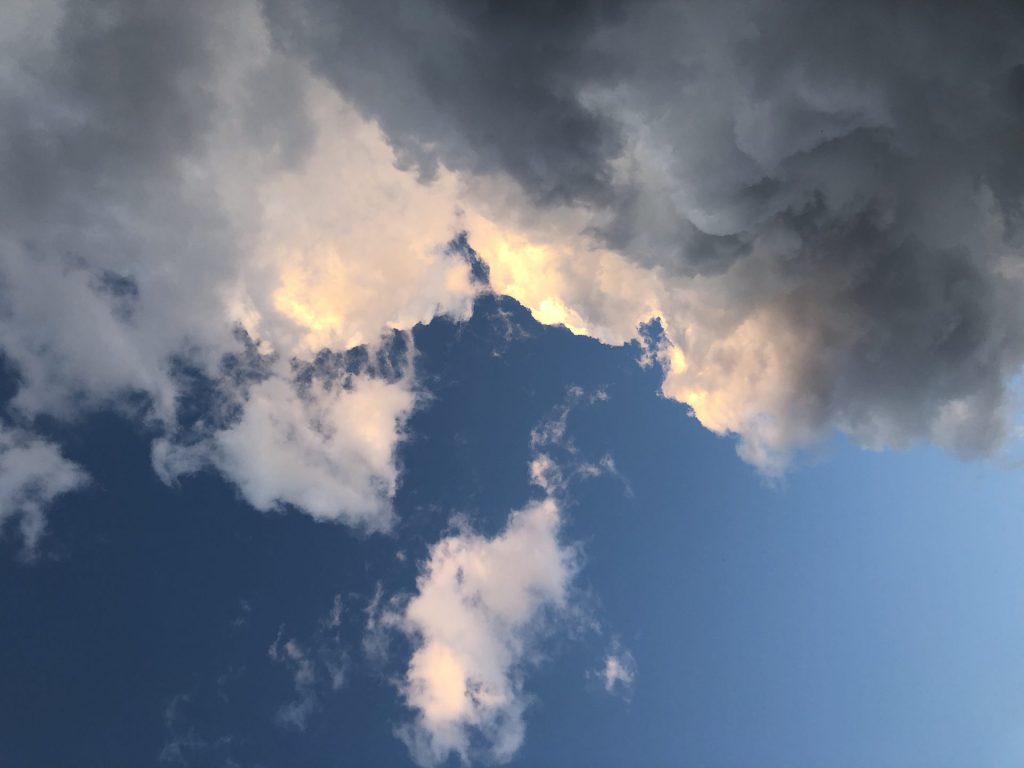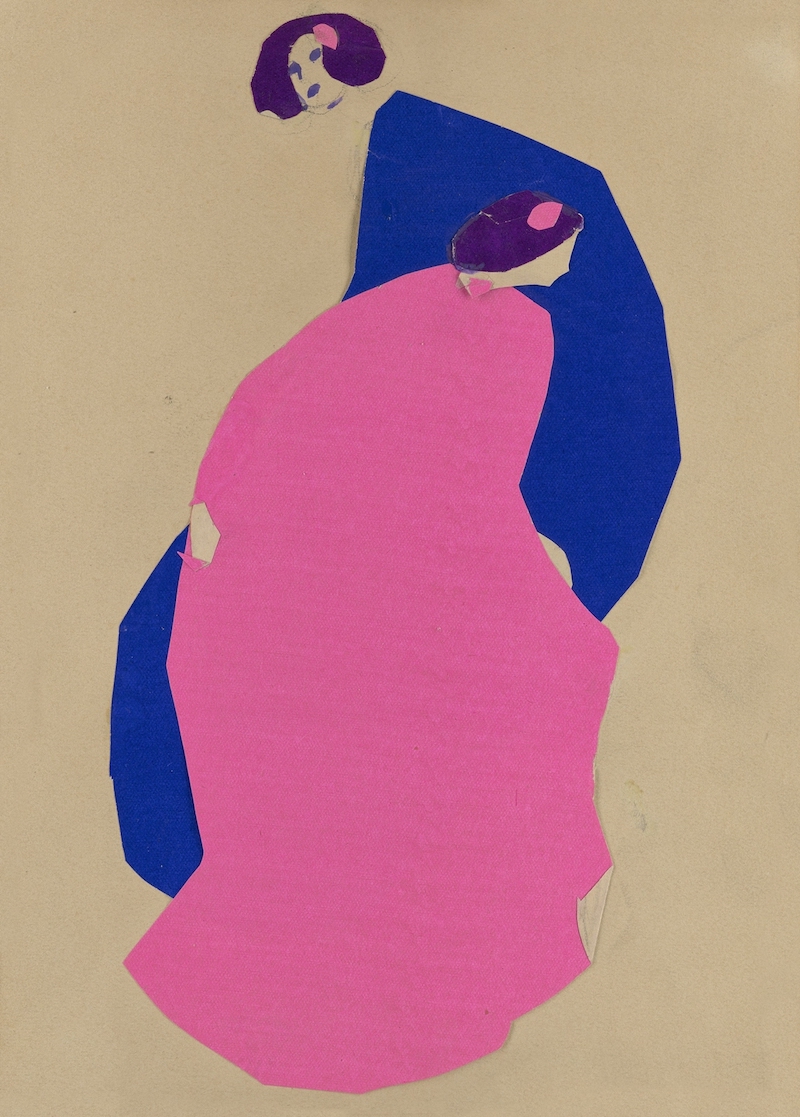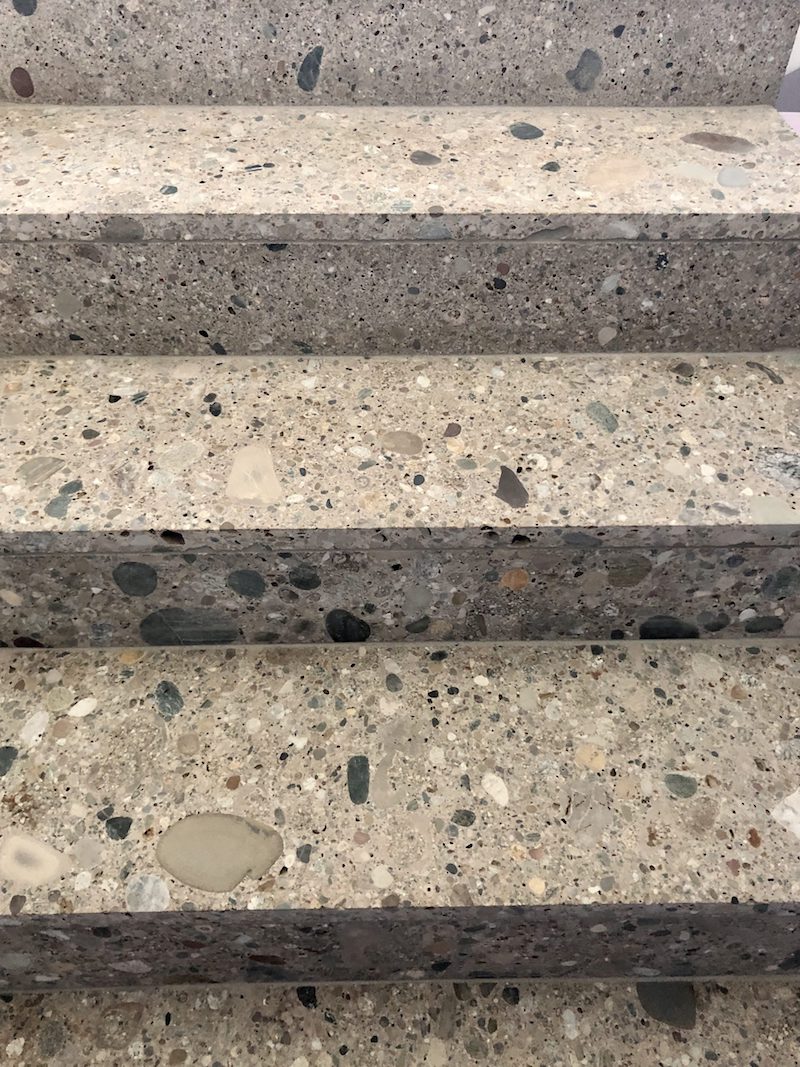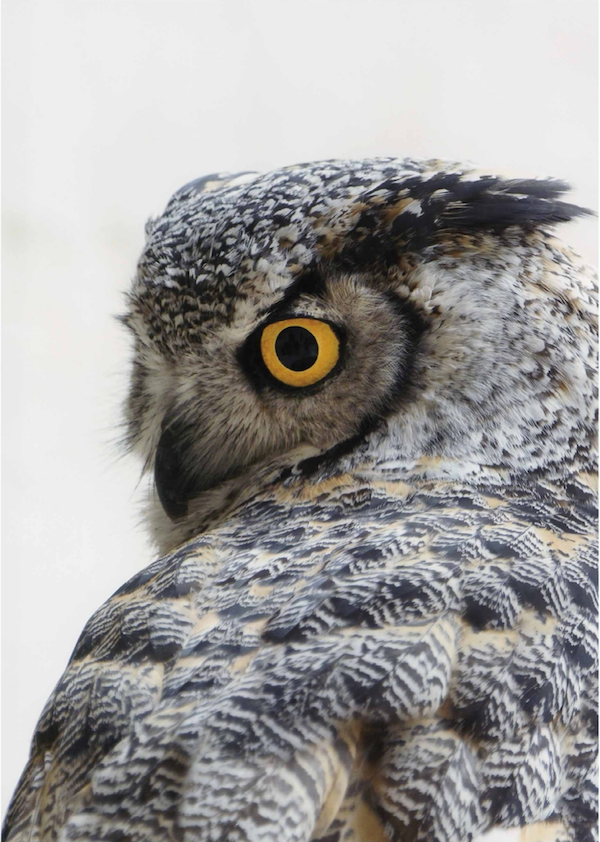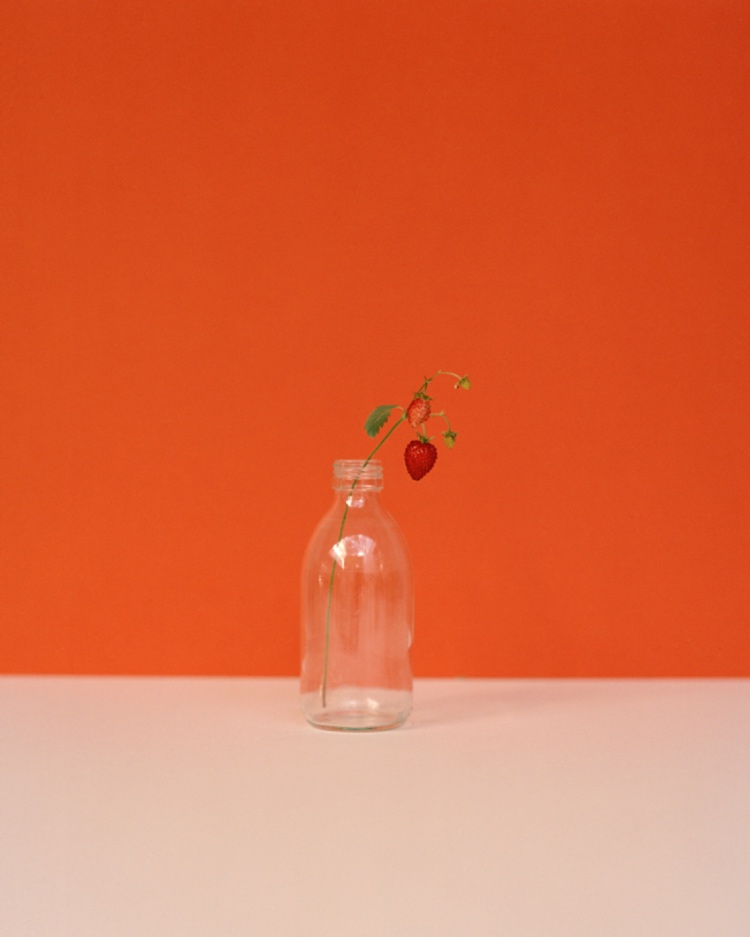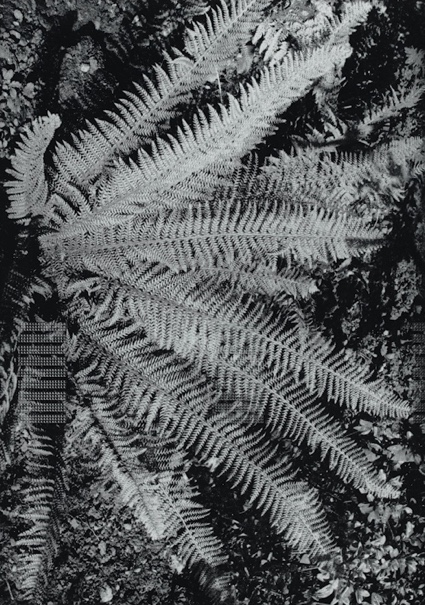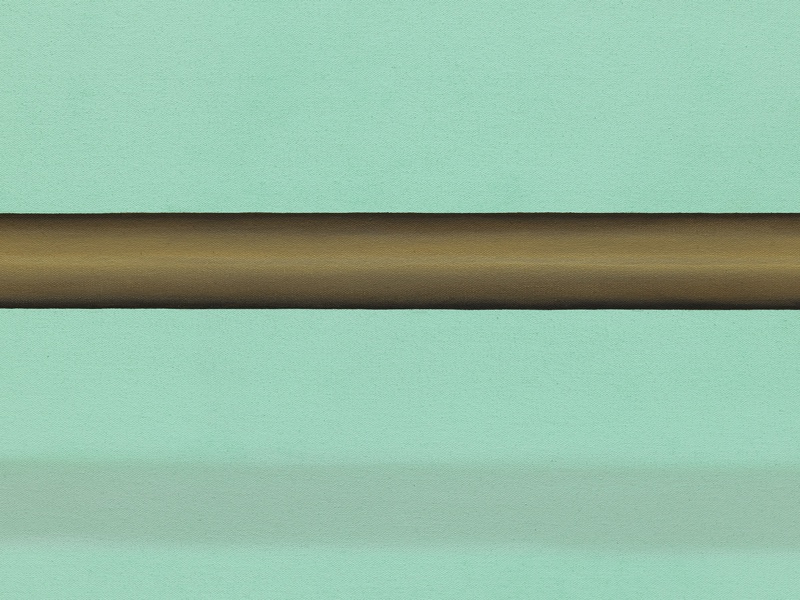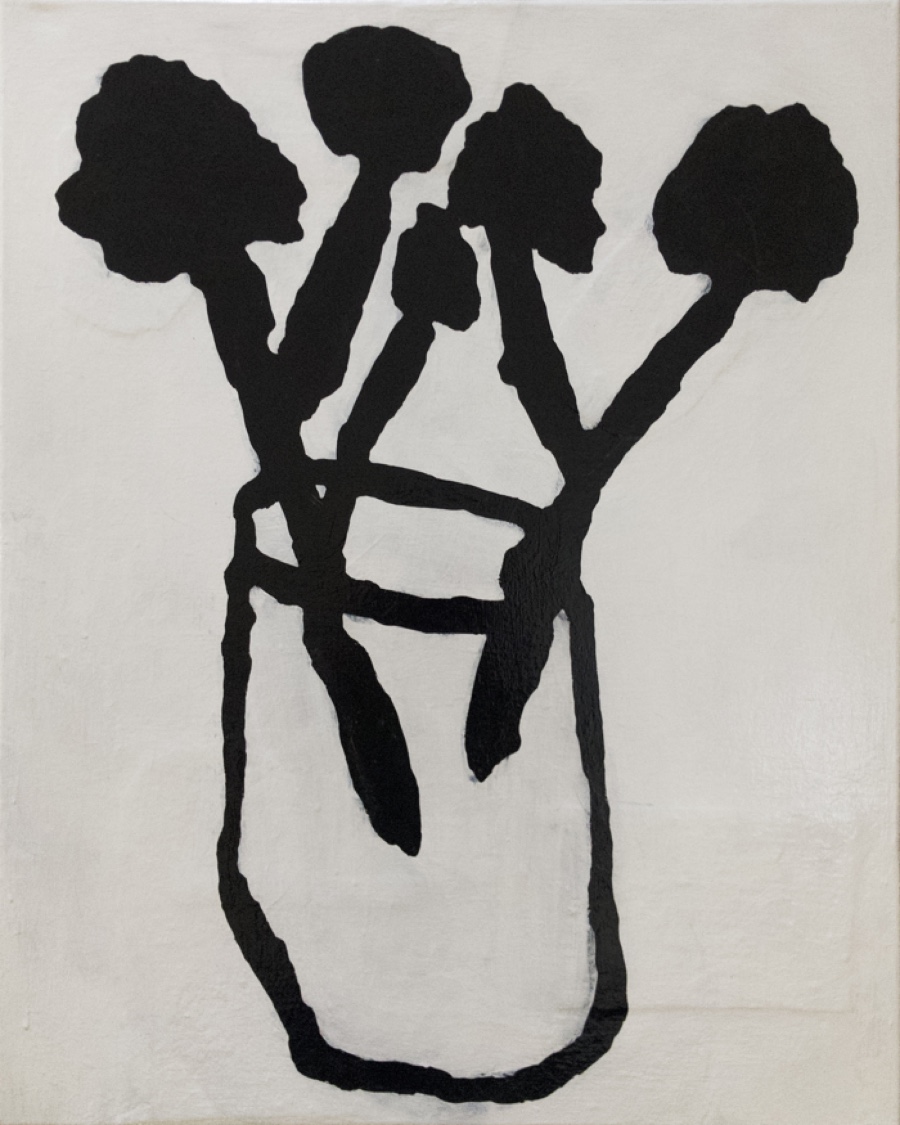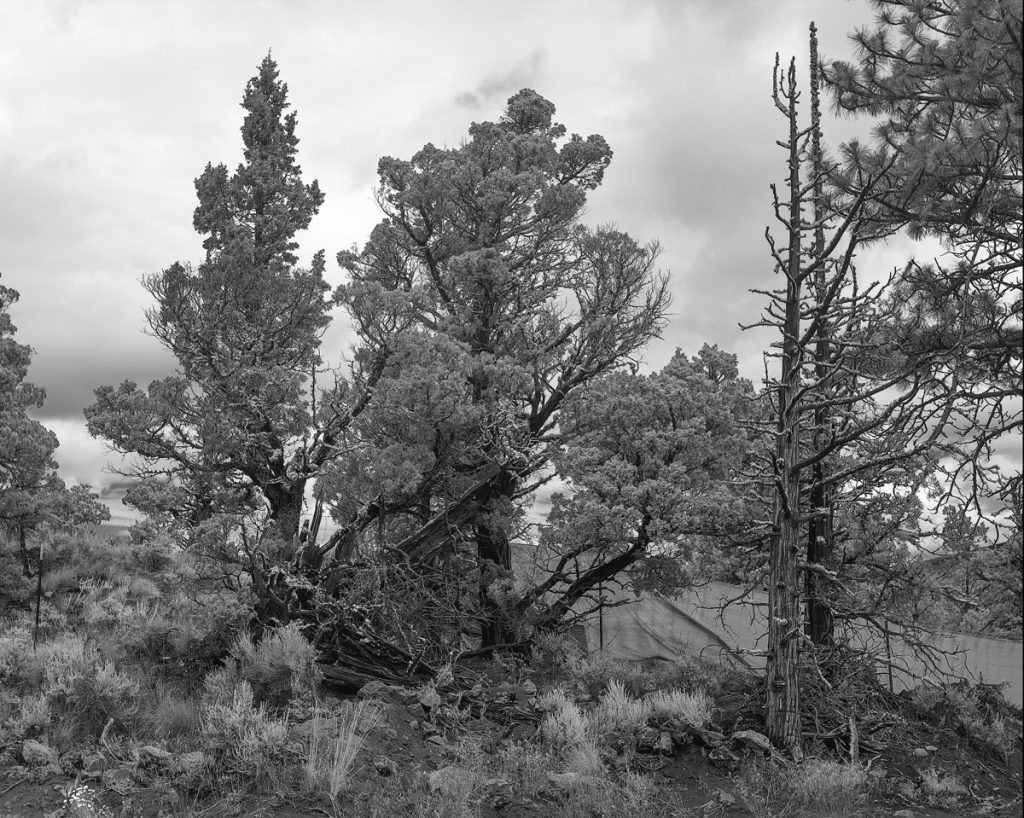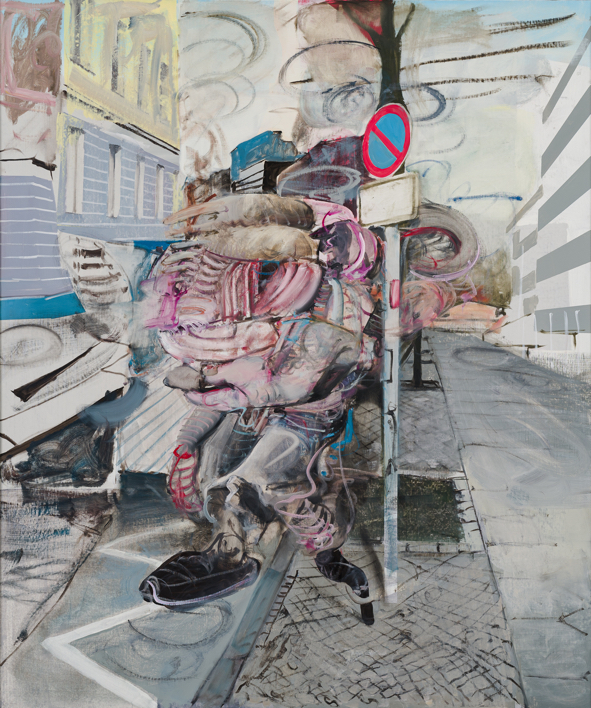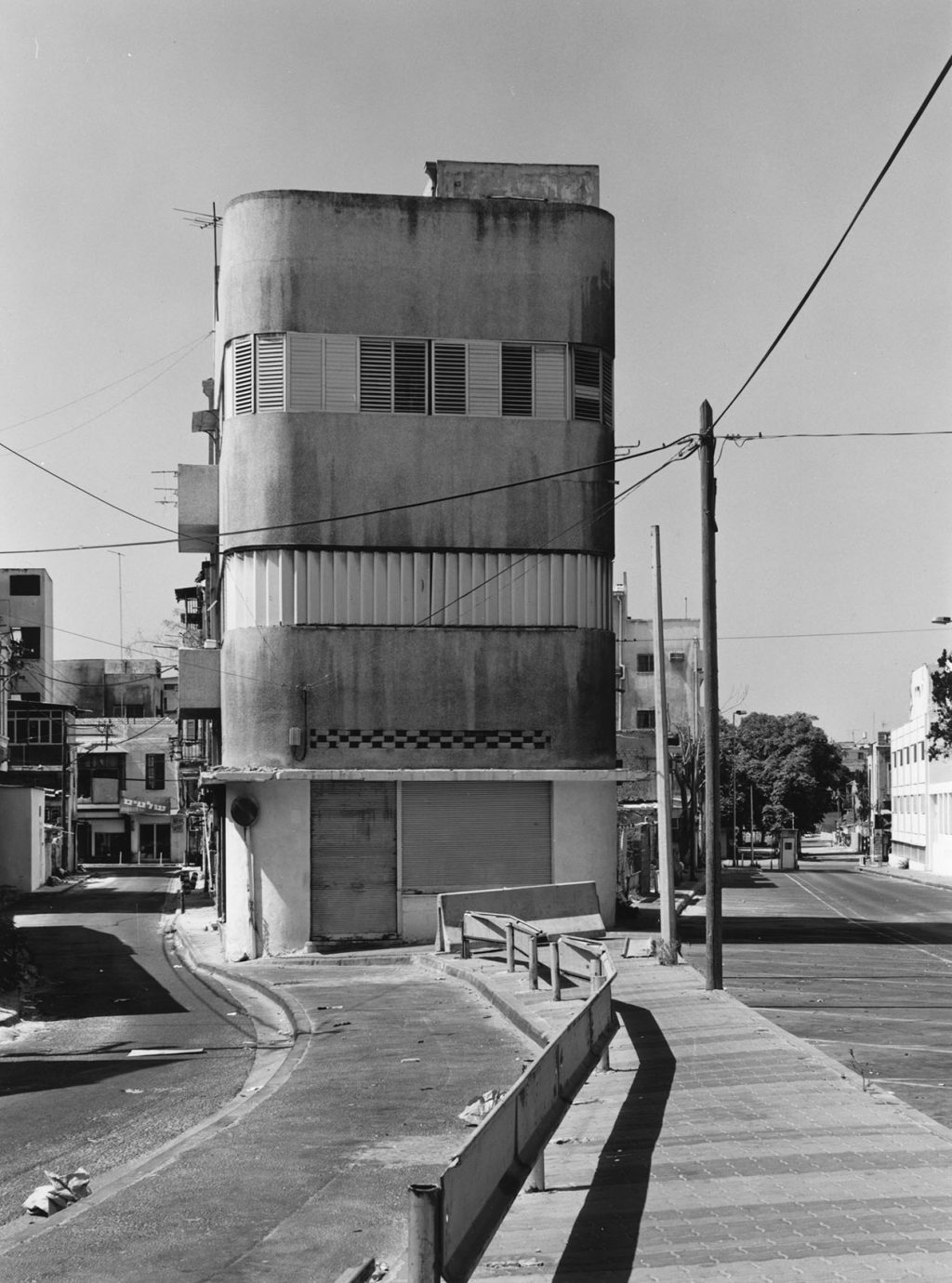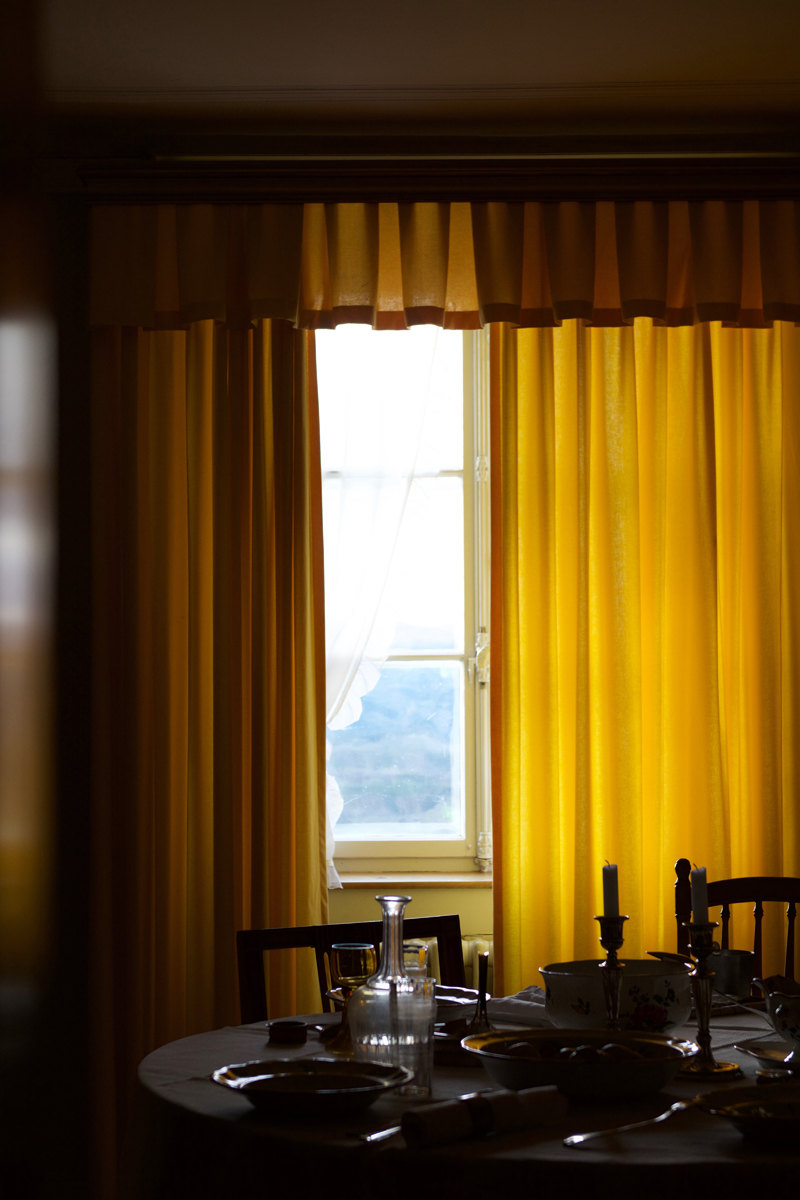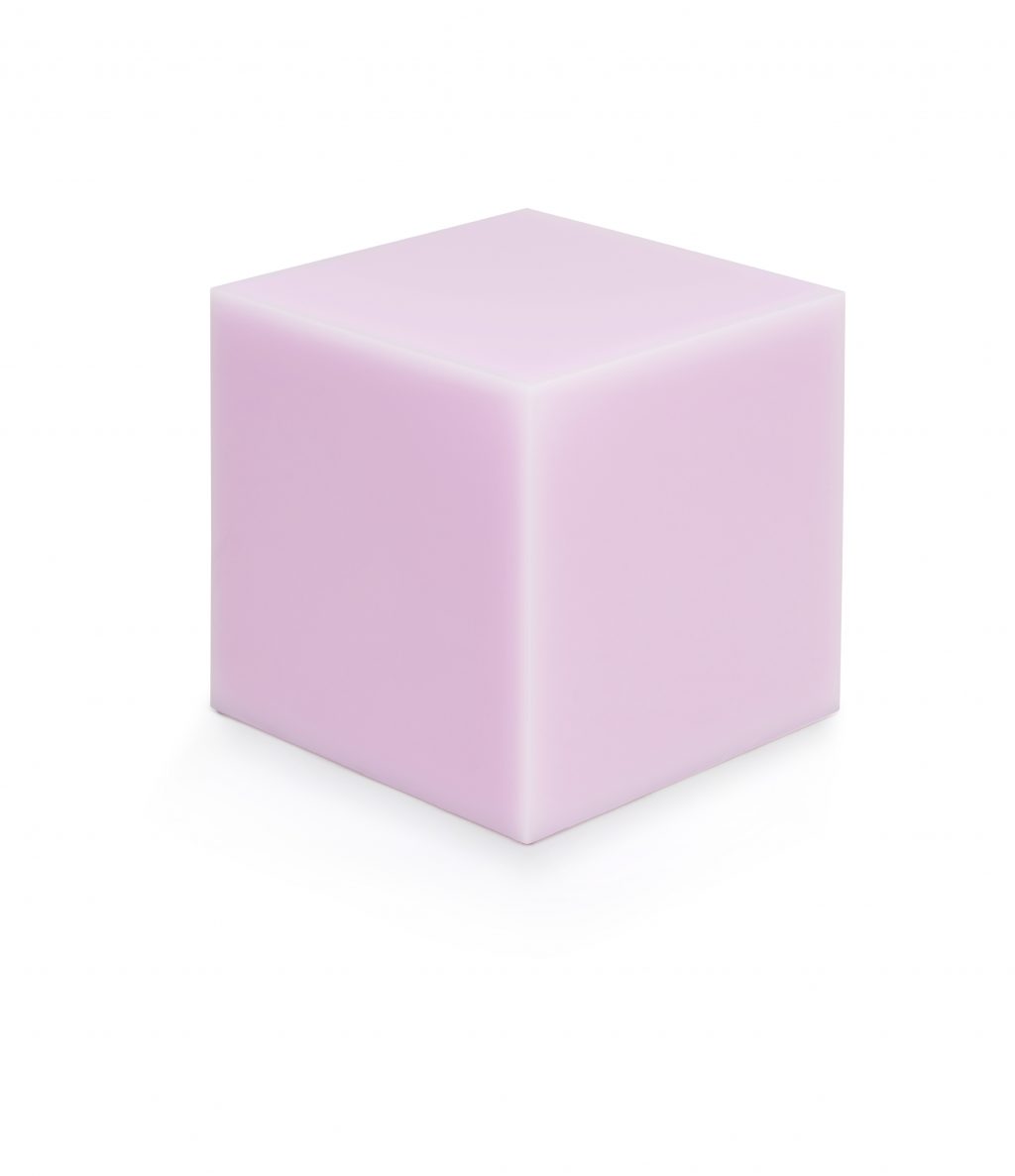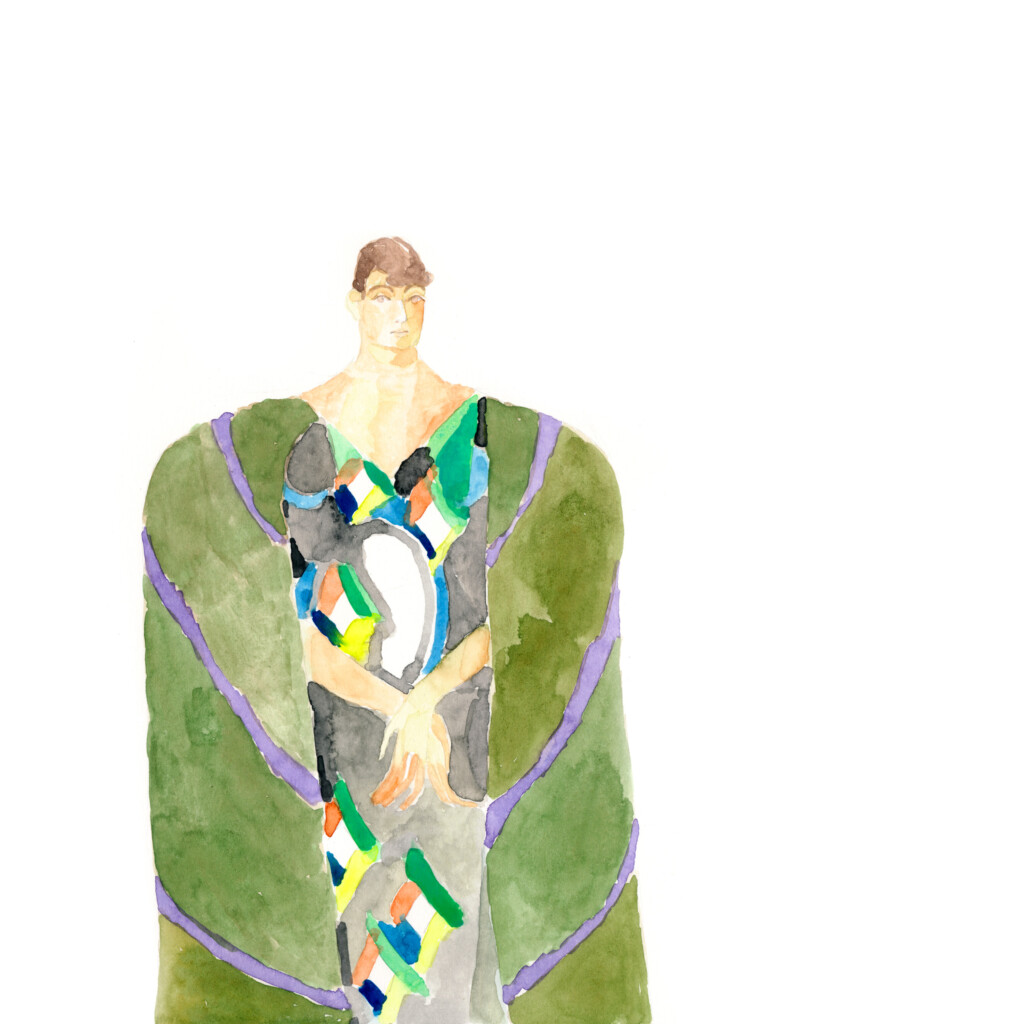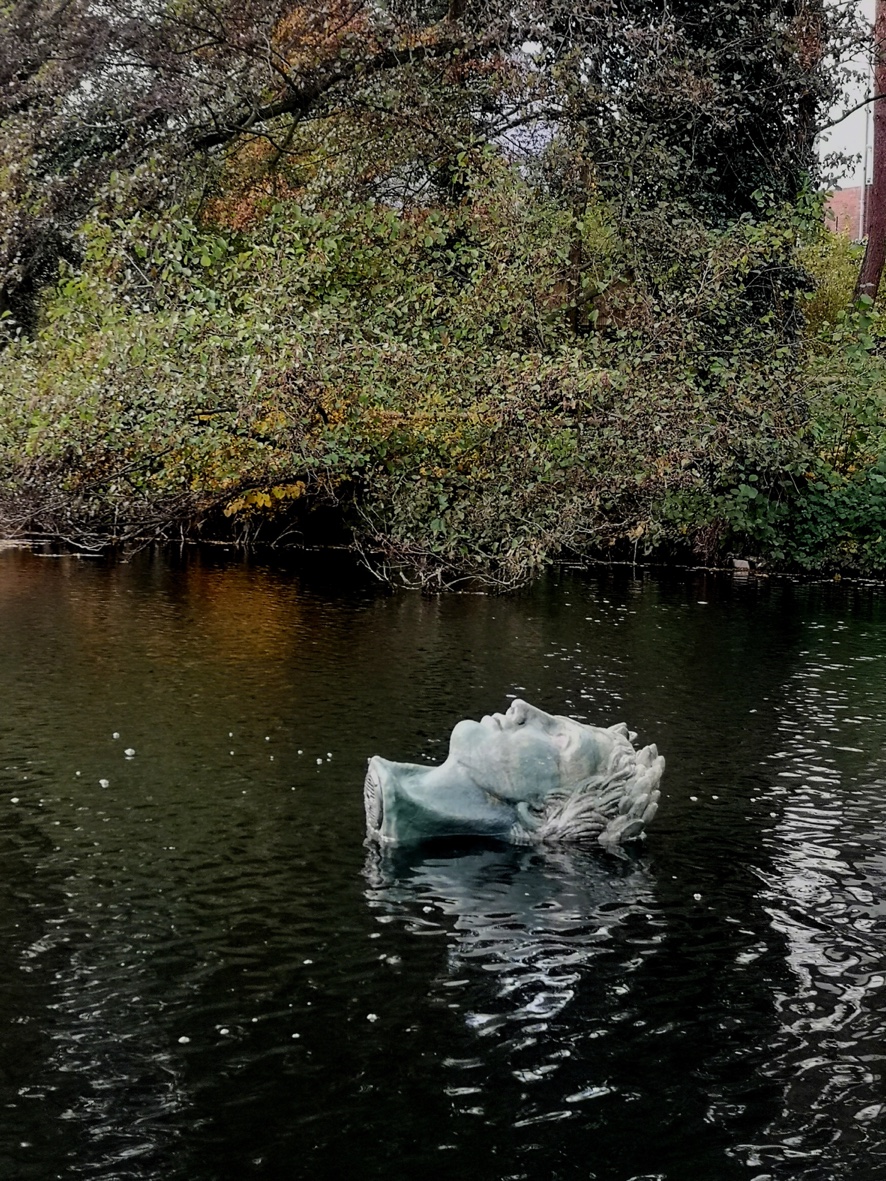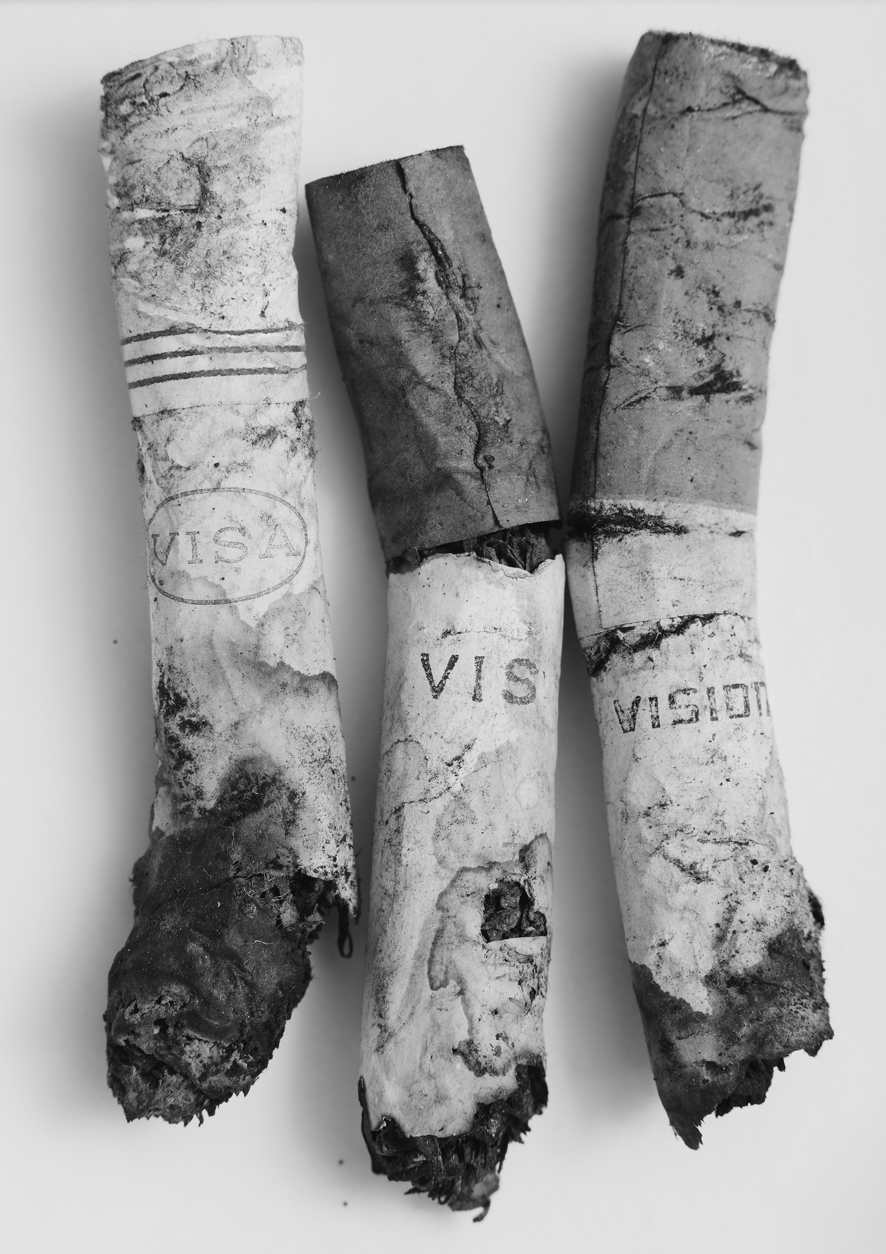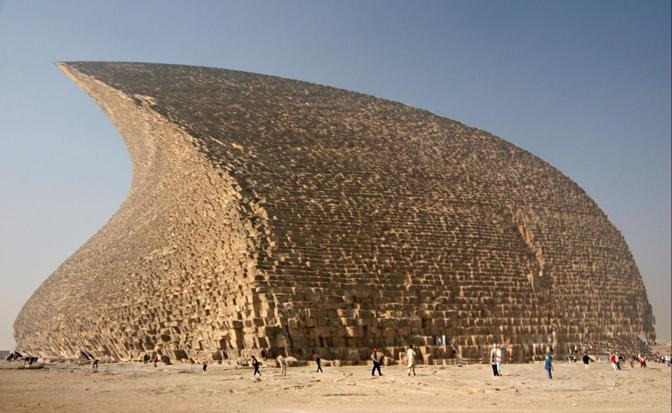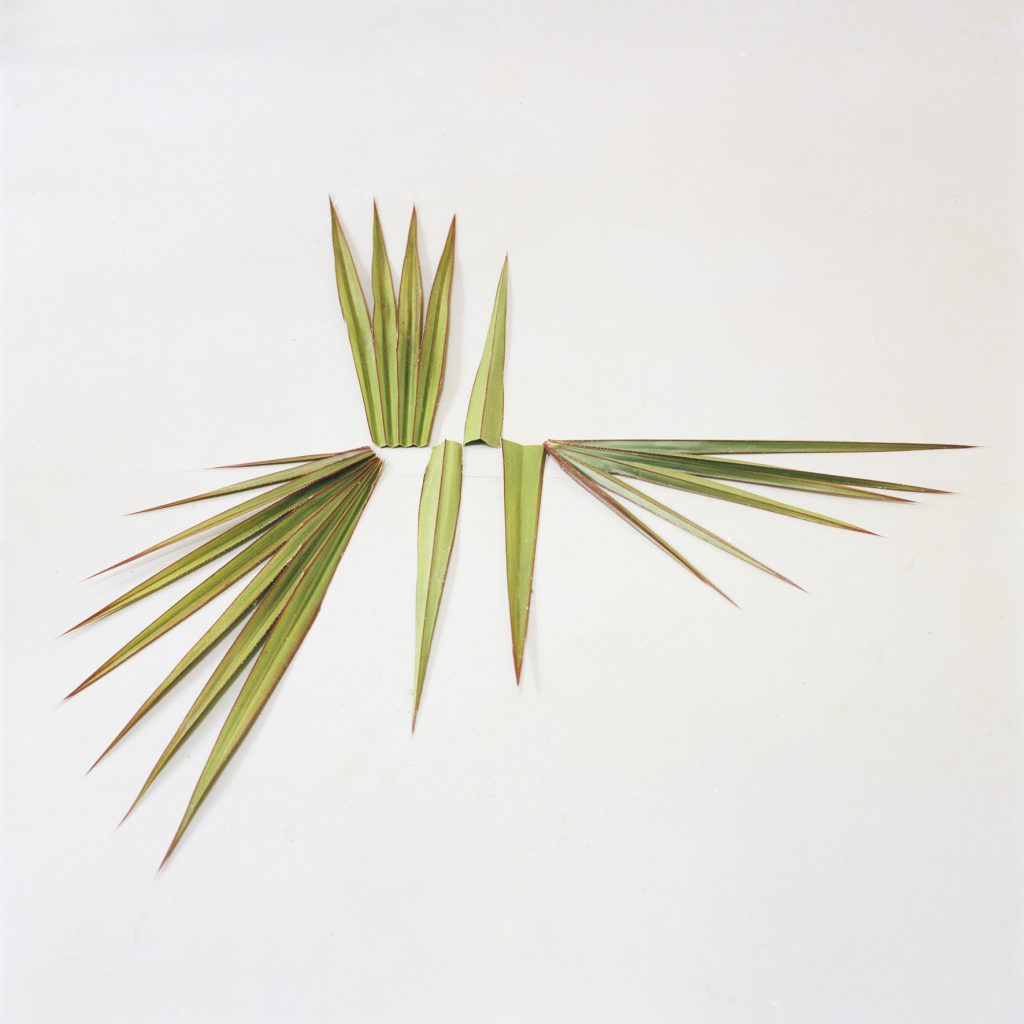Critically acclaimed for their “Wohnregal” in Berlin, architects FAR frohn&rojas are now advancing their take on prefabricated building on a larger scale: together with Euroboden, they are planning an exciting urban building structure comprised of 124 flexible apartments and outdoor communal spaces. Surrounded by a GDR housing estate and the lush greenery of Berlin’s Kaulsdorf district, the project gives way to a highly contemporary reinterpretation of serial building – providing a wide range in residential layouts for its occupancy.
RODIN/ARP: ECHOS OF EVERLASTINGNESS
Very few know that Arp repeatedly paid tribute to Rodin by means of relief, sculpture and even poetry for over 30 years. In their first museum encounter ever, the Rodin/Arp exhibition at Fondation Beyeler enquires the timeless dialogue between Hans Arp (1886-1966) and the pioneer of modern sculpture Auguste Rodin (1840-1917), marking the beginning of a new era of sculpture.
JUST FRIDAYS, ROLF SACHS
Cosmopolitan and artist Rolf Sachs is European. He commutes between Rome and St. Moritz, as an artist always looking for variety in impressions and areas of tension. Visits to either house make apparent that his curiosity and view of the world and people as a whole are reflected in all the works of art, installations and design objects that will have you wandering through a chamber of curiosities. However, it is above all his incredible, open nature as a host that gathers together a diverse group of individuals around his table – open-minded, ready for discussions. Read our interview with the artist here.
REMEMBERING TEGEL—A STORY IN PHOTOGRAPHS
Last spring, at the height of a global pandemic and just months before the long-awaited opening of the new Berlin airport BER, TXL, which had been reduced to minimum operation, resembled much less an airport as it did a stranded spaceship. The sudden calm and desertedness revealed the iconic architecture of the building with countless hidden details, captured by the photographers Robert Rieger and Felix Brüggemann in their 88-page illustrated book. The result is a personal homage to Tegel, to the architecture of the sixties and the unmistakable design logic of this airport, cherished by so many.
BUILDING FOR TOMORROW—EXPLORING NEW WORK
How do we plan to work during and after the pandemic? How can architecture inspire creativity and communication, as well as support the current social upheavals? To answer these questions, AD Architectural Digest and Euroboden have launched the platform TRANSFORMATIONAL BUILDINGS. Experts from various fields examine the topic of the architecture needed for New Work in the future.
BEYOND THE NAKED EYE
For the internationally renowned architectural photographer, HGEsch, a construction site is a promise: it is the physical transition from concept to built structure. His exhibition PROCESS ARCHITECTURE—A PHOTOGRAPHIC RESEARCH OF GLOBAL BUILDING SITES at Euroboden Architekturkultur in Berlin depicts the in-between moments of architecture—the structures and details that will ultimately be hidden, vanished and forgotten within the building.
FALLING WALLS AND SCIENCE BREAKTHROUGHS
Can data be used as pigment? If the deadly pathology of COVID-19 could be translated into music, how would it sound? What does machine learning have to do with colonial heritage? Or architecture with decay? The Falling Walls Foundation refutes the false binary between art and science—and many more. This year the Falling Walls Conference was reshaping its model to offer a digital stage for researchers and create a global forum for scientific breakthroughs and their initiators. Rather than simply broadcasting the conference, an international call for the most innovative minds has been launched, showing 100 winners in the programme and over 600 finalists in the media library.
PULLING BACK THE CURTAIN ON TALINN AND BUCHAREST
Upon meeting Marian Ivan from Ivan Gallery in Bucharest and Olga Temnikova from Temnikova & Kasela Gallery in Tallinn, we couldn’t resist picking their brains on their perspectives of the art world in their home cities. Read the interview on their exhibition project ON ADORNMENTS here.
HAPPY BIRTHDAY, VITRAHAUS
JUST FRIDAYS, KHUSHNU HOOF
Architect Khushnu Panthaki Hoof is the Director of the Vastushilpa Foundation for Studies and Research in Environmental Design based in Ahmedabad, India. She has worked for many years alongside Balkrishna Doshi and is a partner at Sangath. In this issue of our JUST FRIDAYS interview series, she reflects on the limits and opportunities of architecture and the challenge of social proximity at a time of physical distance. Read the full interview here.
ALGORITHM GENERATED FORESTS BY ANDREAS GREINER
Probing the relationship between ecology and technology, Andreas Greiner charts concerns of climate change and mass extinction through works emerging from artificial intelligence technologies. For Jungle Memory, a dataset comprising of several thousand photographs, shot by Greiner at the ancient Hambacher Forst and the Polish Białowieża, was fed into a digital calculus to derive the idea of a forest. Andreas aims to challenge the narration of ecological issues, whilst urgently acknowledging the fundamental dependency we have on non-industrialized functioning ecosystems.
CHEZWEITZ FOR JEWISH MUSEUM BERLIN
In August, after several years of renovation, the Jewish Museum Berlin opened its new core exhibition in the Libeskind Building. Unfolding in 3,500 square meters, the exhibition portrays the past and present of Jewish life in Germany with new points of emphasis. The exhibition architecture, designed from the ground up by chezweitz, allows the contents to be experienced in intuitive, tangible fashion and manages to reintegrate the iconic Daniel Libeskind building into the exhibition.
STUDIO BERLIN PRESENTED BY BOROS AND BERGHAIN
Boros Foundation, in collaboration with Berghain, presents the exhibition STUDIO BERLIN, showing works by over 100 contemporary artists, living and working in Berlin. Focusing on the studio as a production site, the project offers a platform for the participating artists to examine the relationship with their studios as places of debate, reflection, translation, analysis and conceptual thinking. The show expands over the Panorama Bar, Säule and the adjacent Halle.
JUST FRIDAYS, JEEWI LEE
Jeewi Lee is a Berlin-based artist who has spent most of her life between South Korea and Germany, when she’s not travelling that is. Earlier this year, after completing a project in Senegal, Jeewi left for what was meant to be a 5-day visit to a friend in Casablanca. 5 days quickly became 4 months as the world as we know it came to a halt and scrambled to find comfort in the unknown. For this issue of Just Fridays Jeewi shares her thoughts on reflection and creative practice for positive change during a truly peculiar time.

